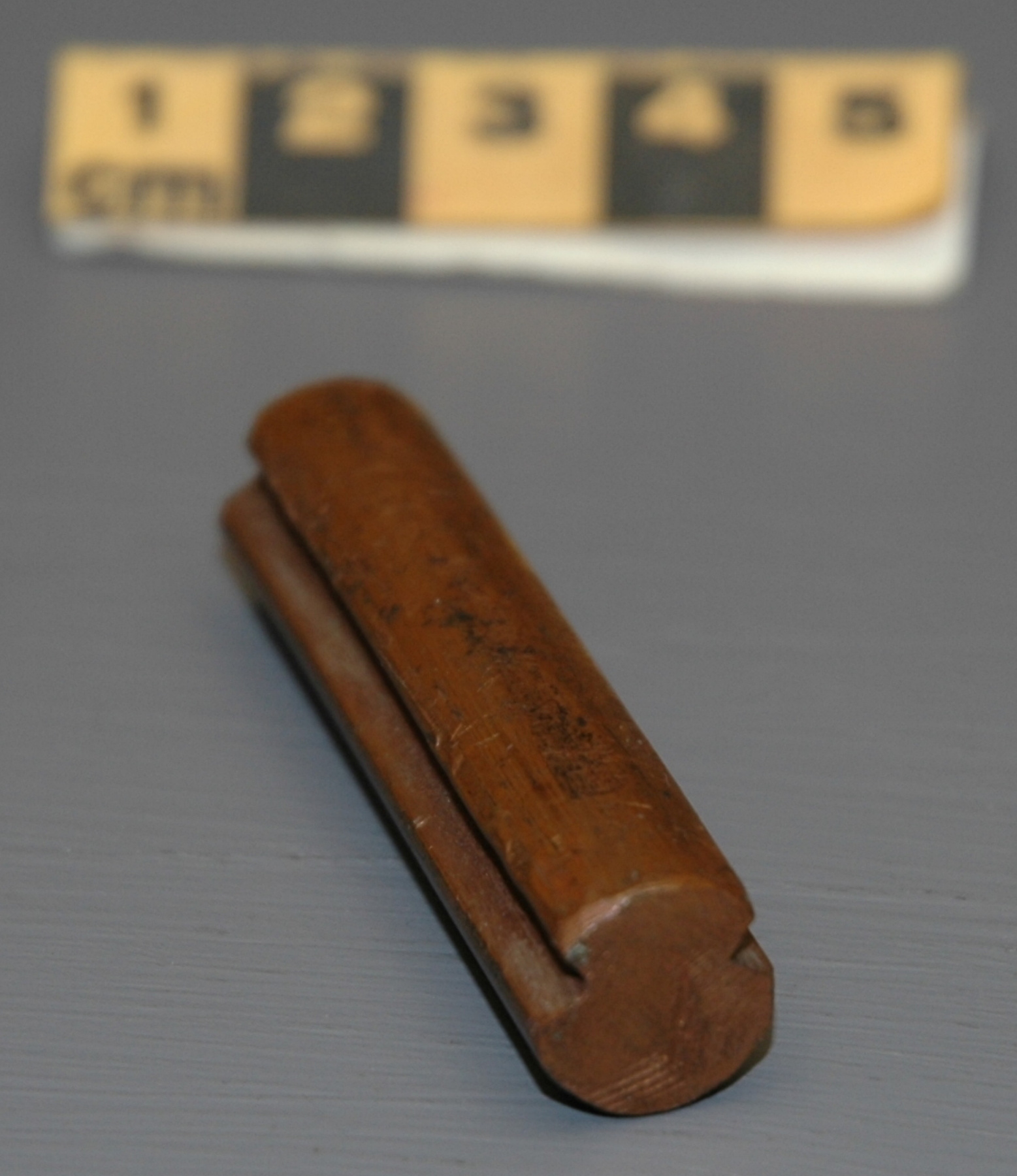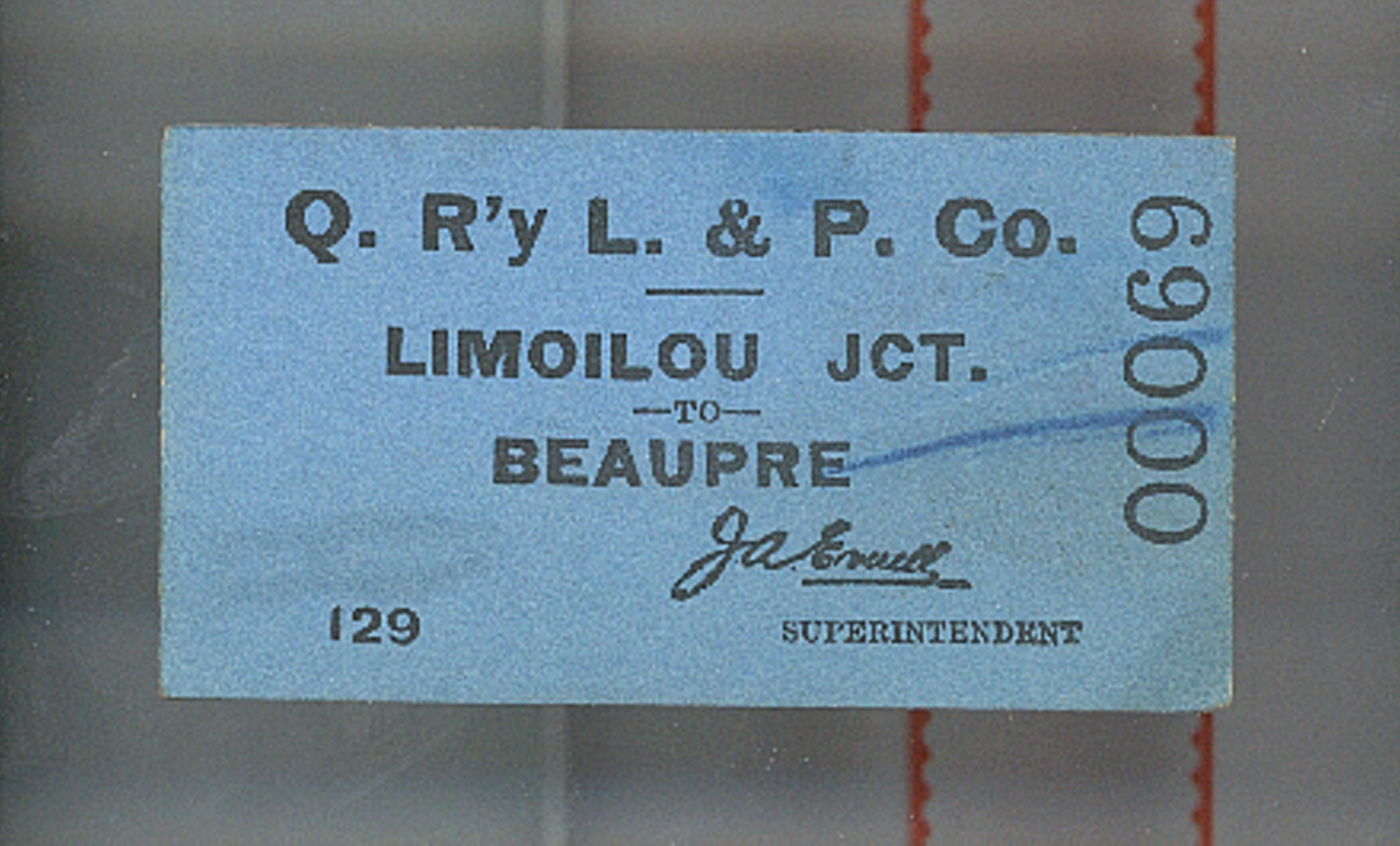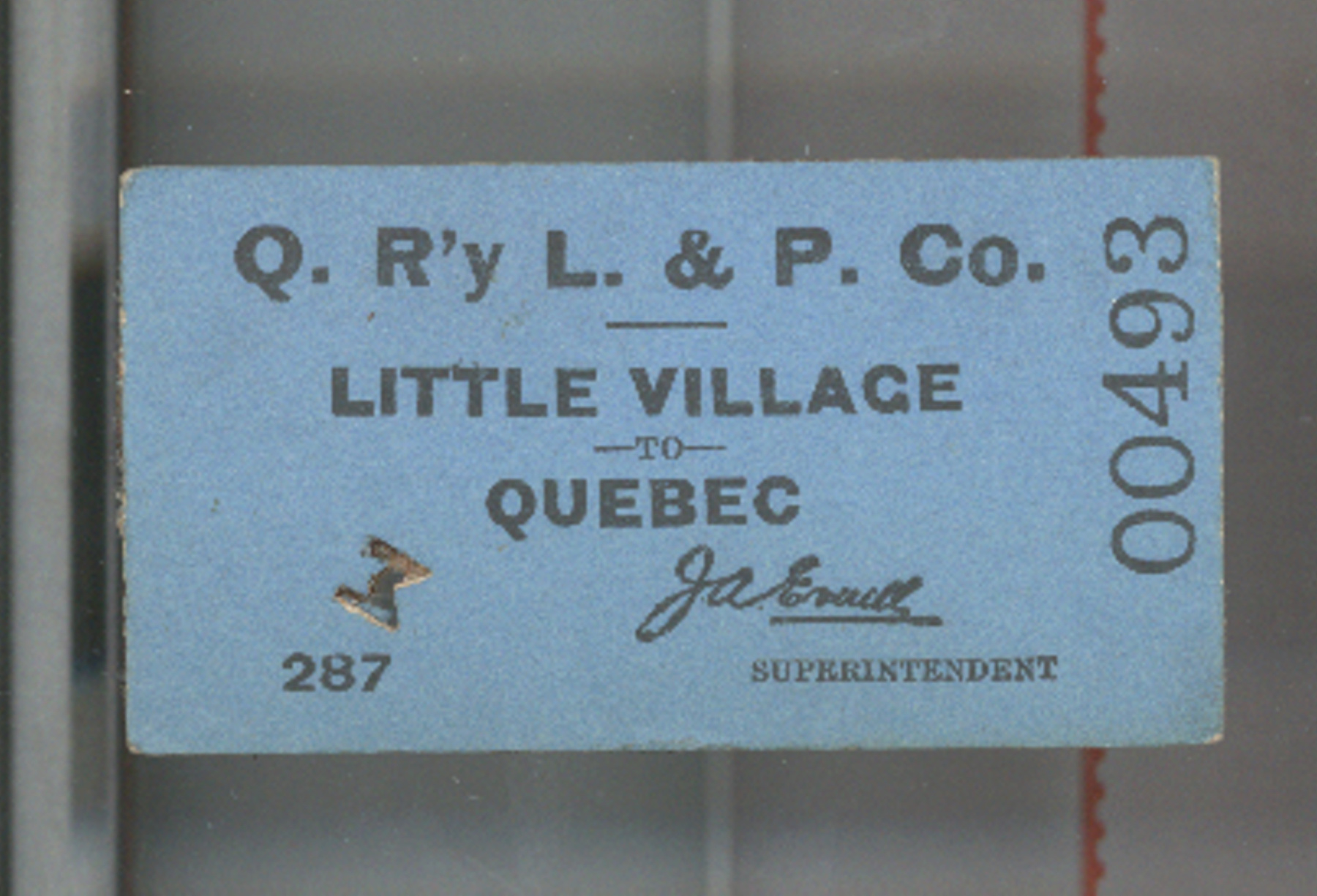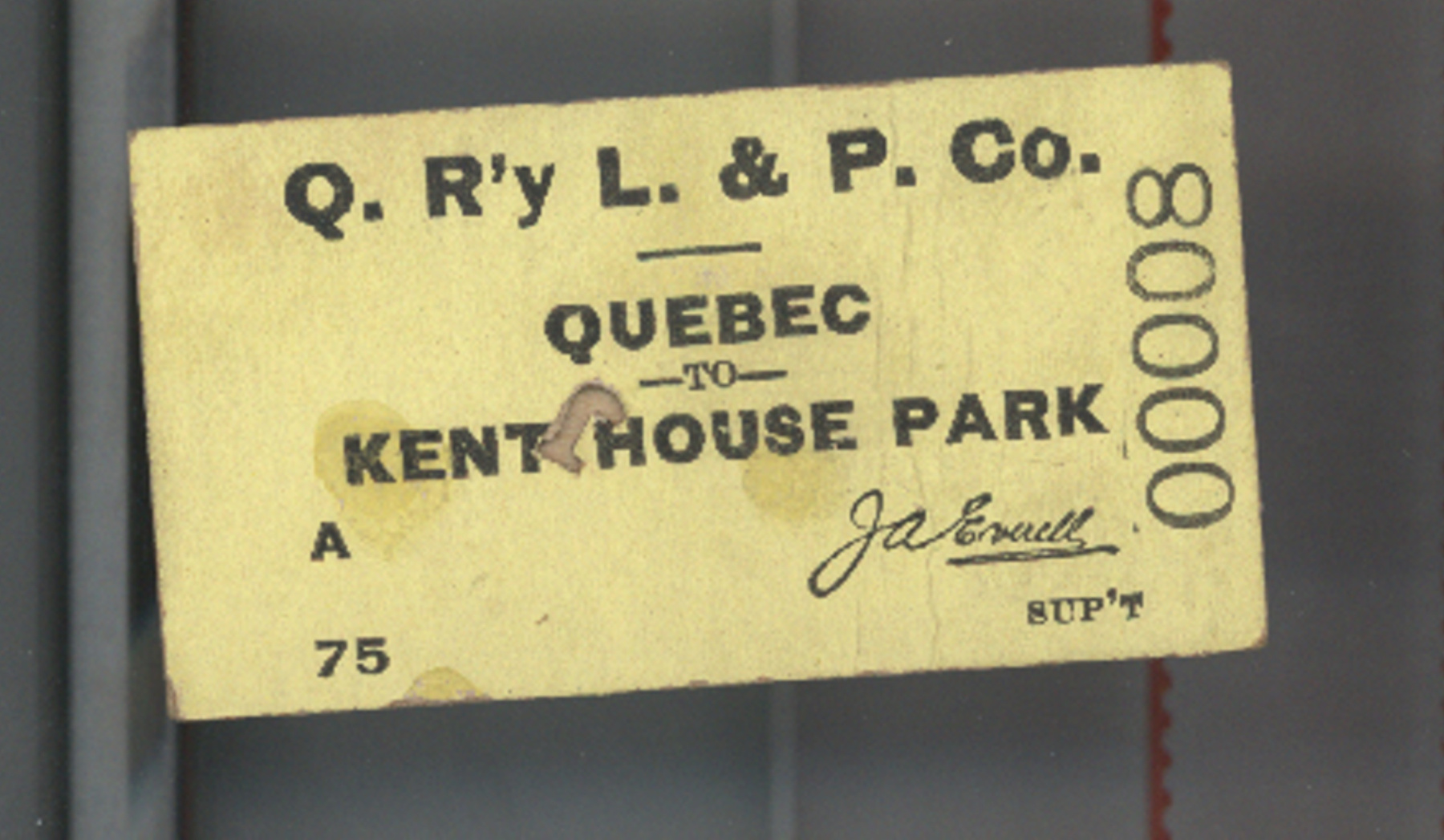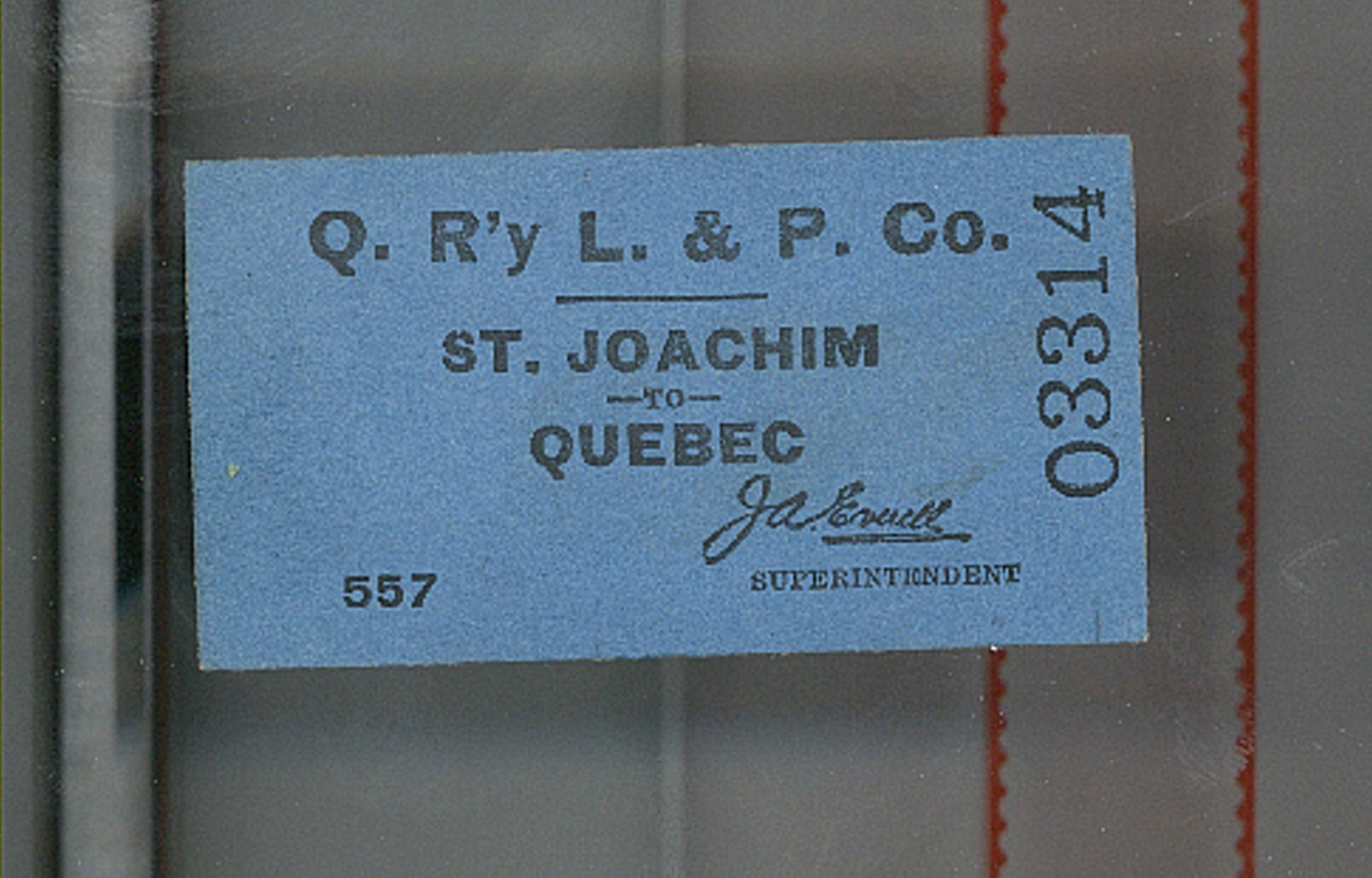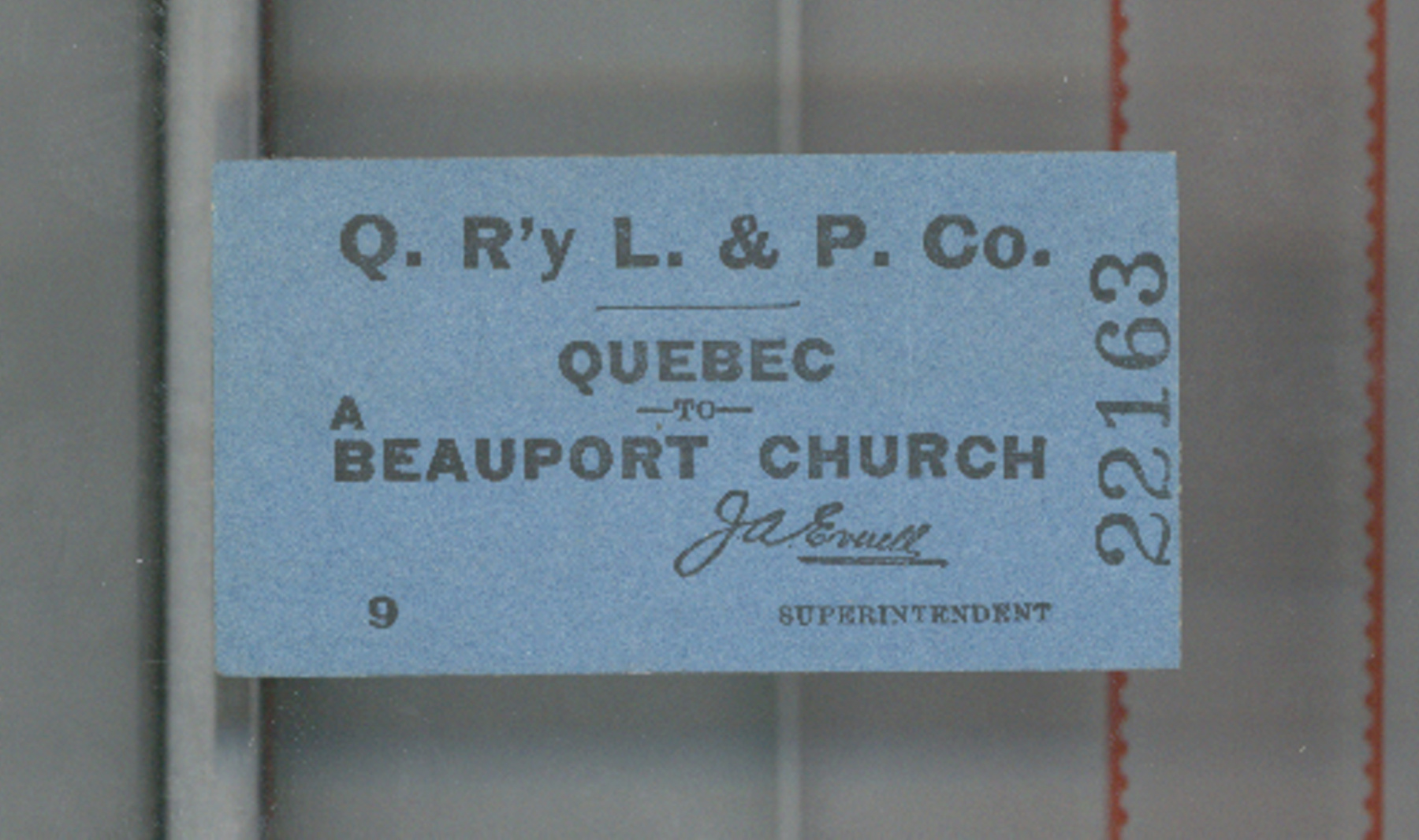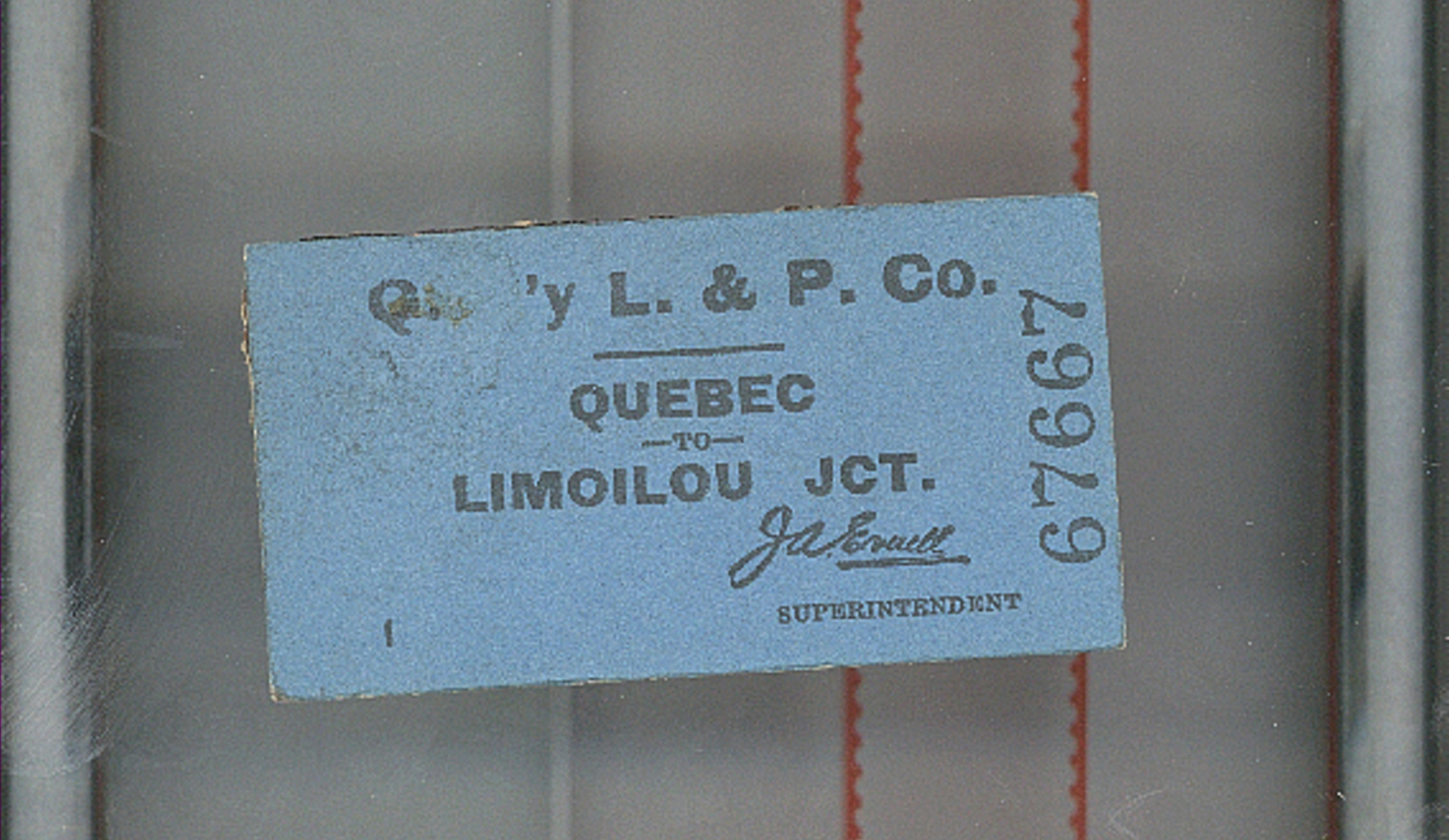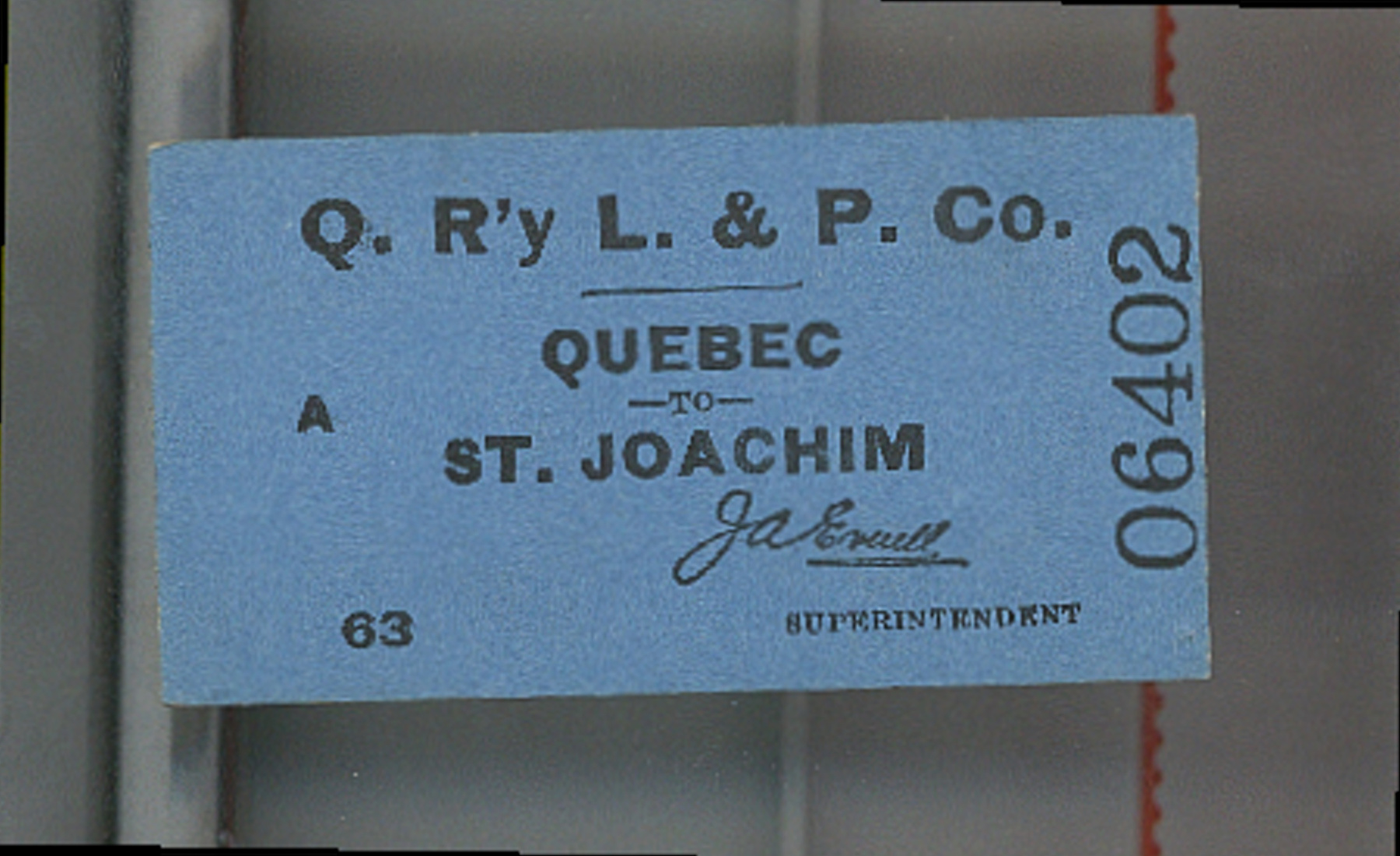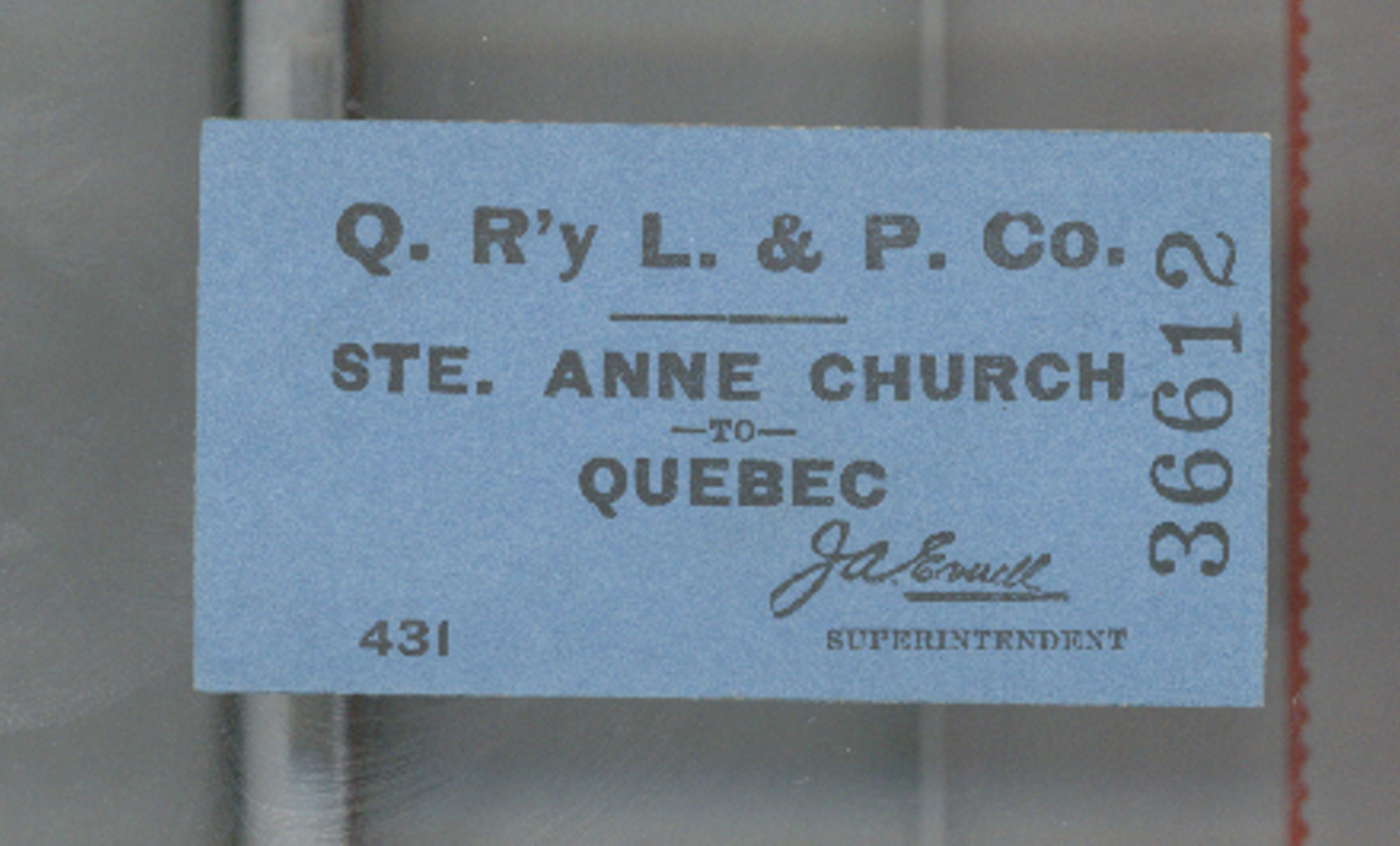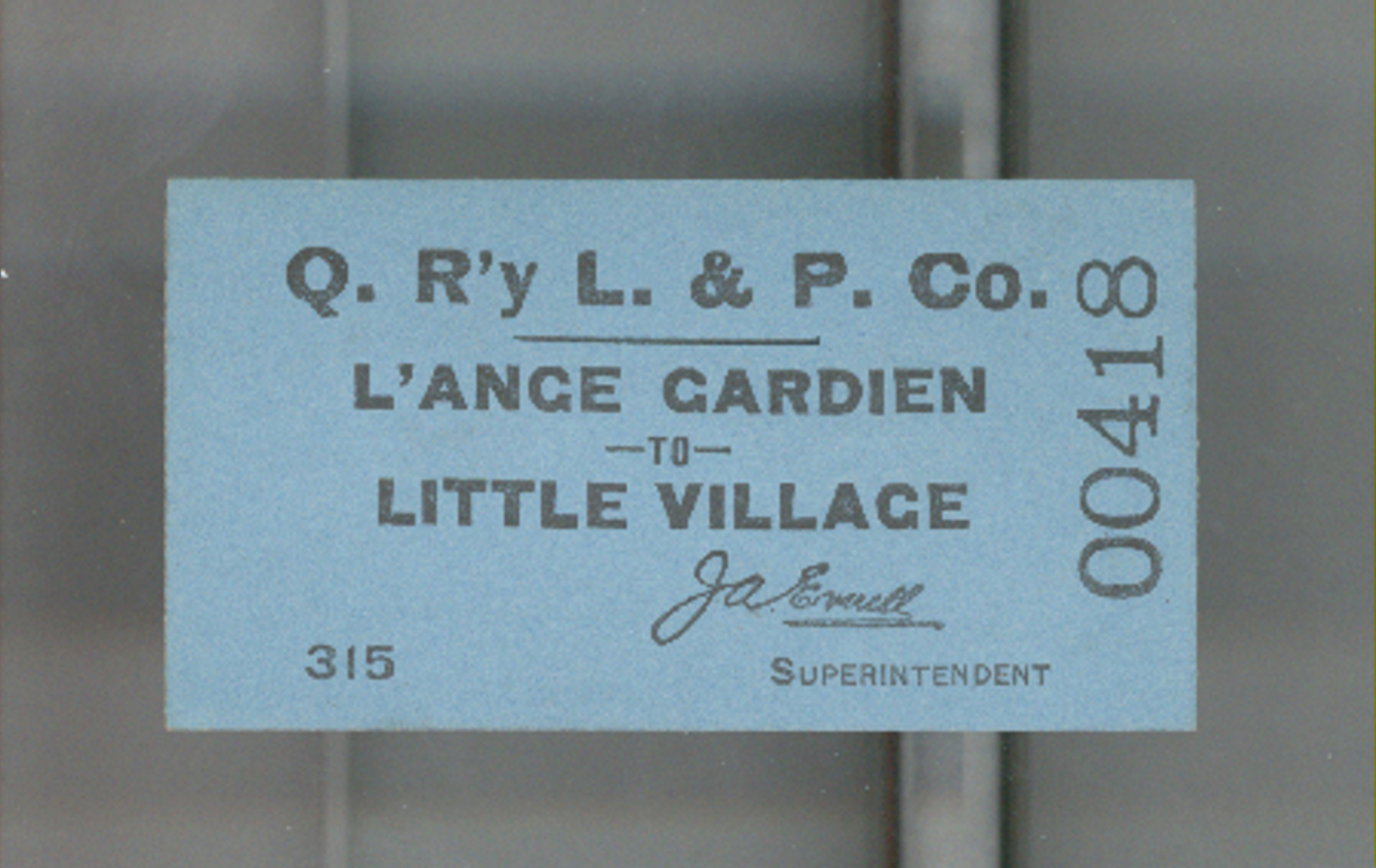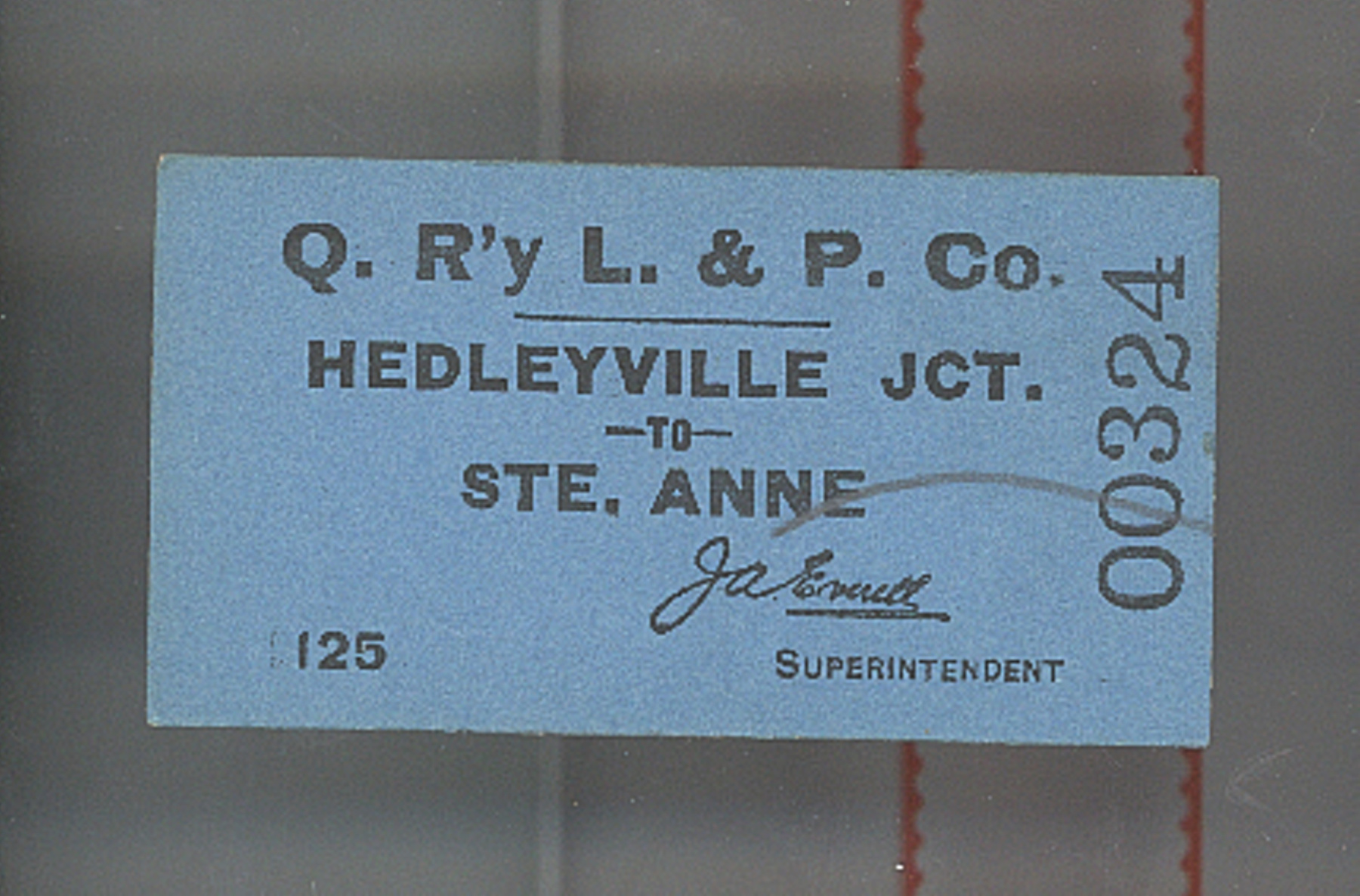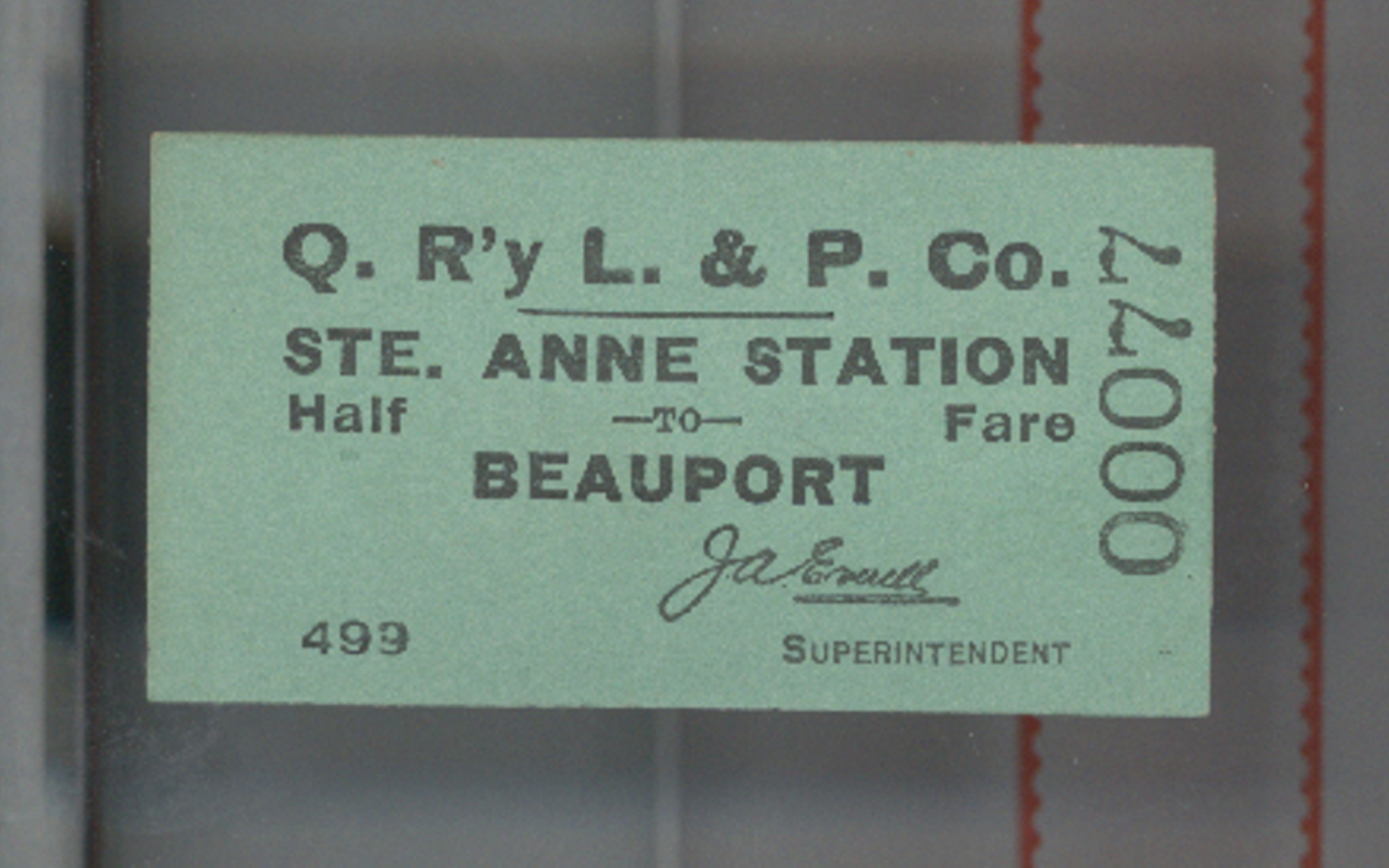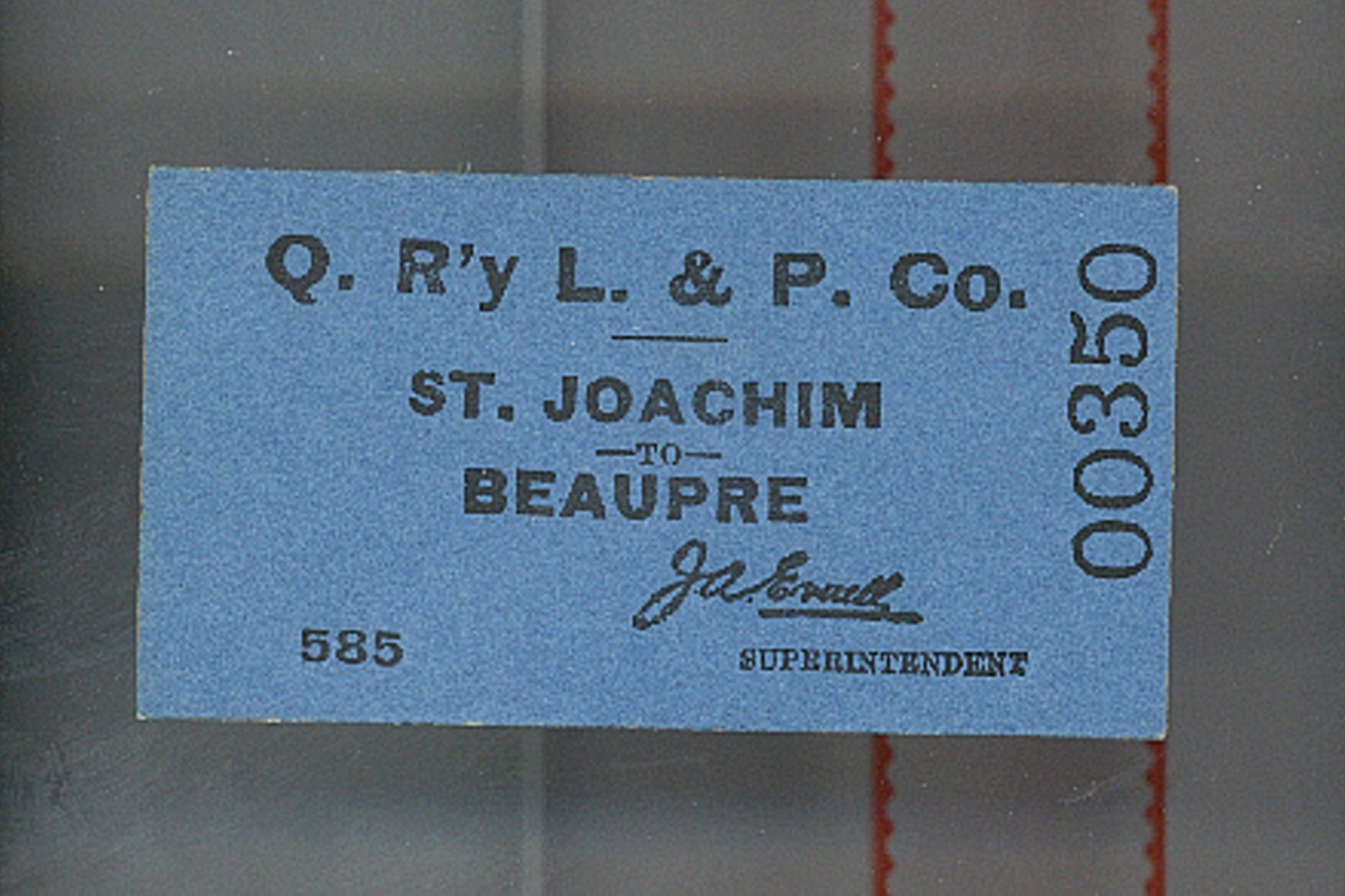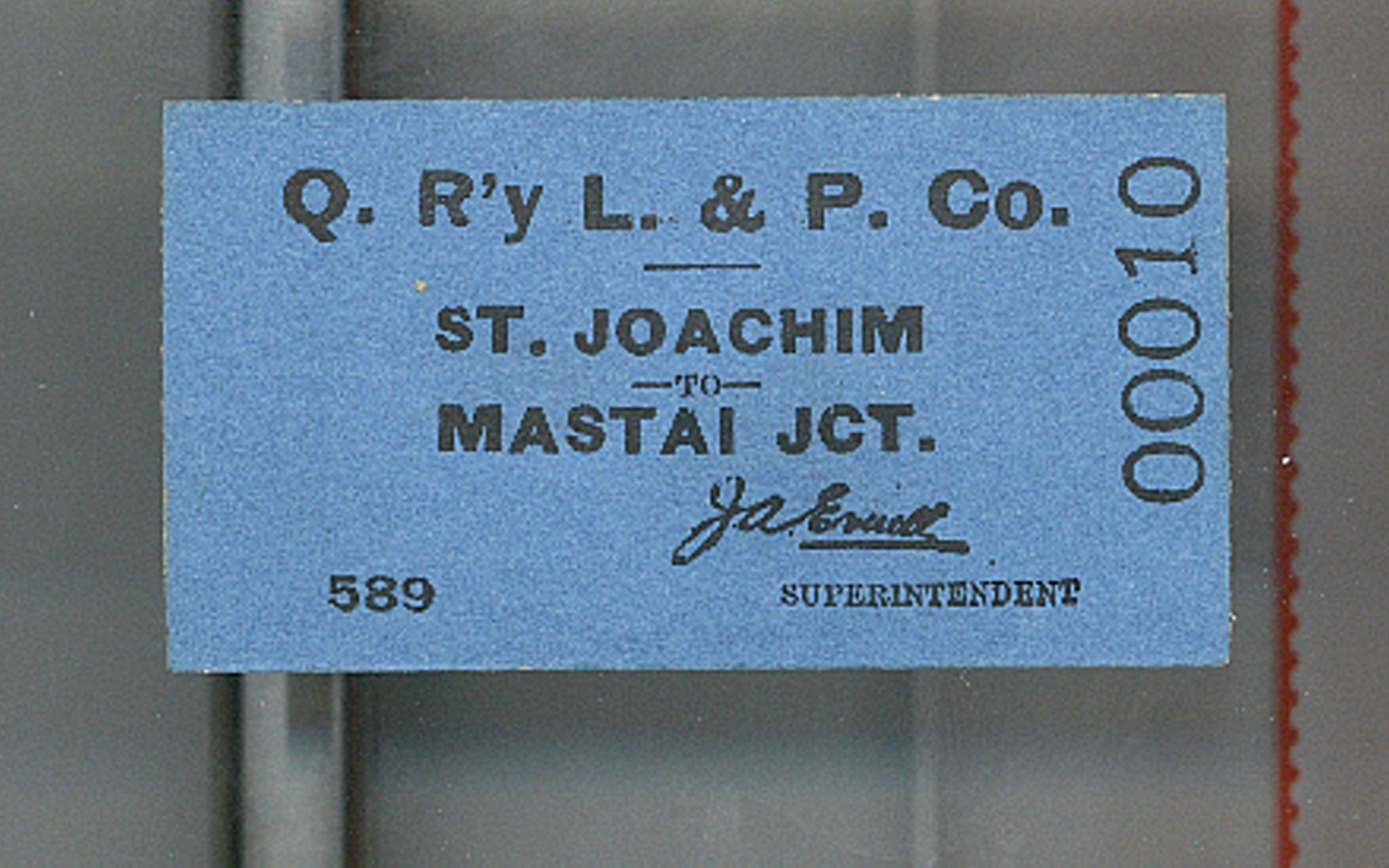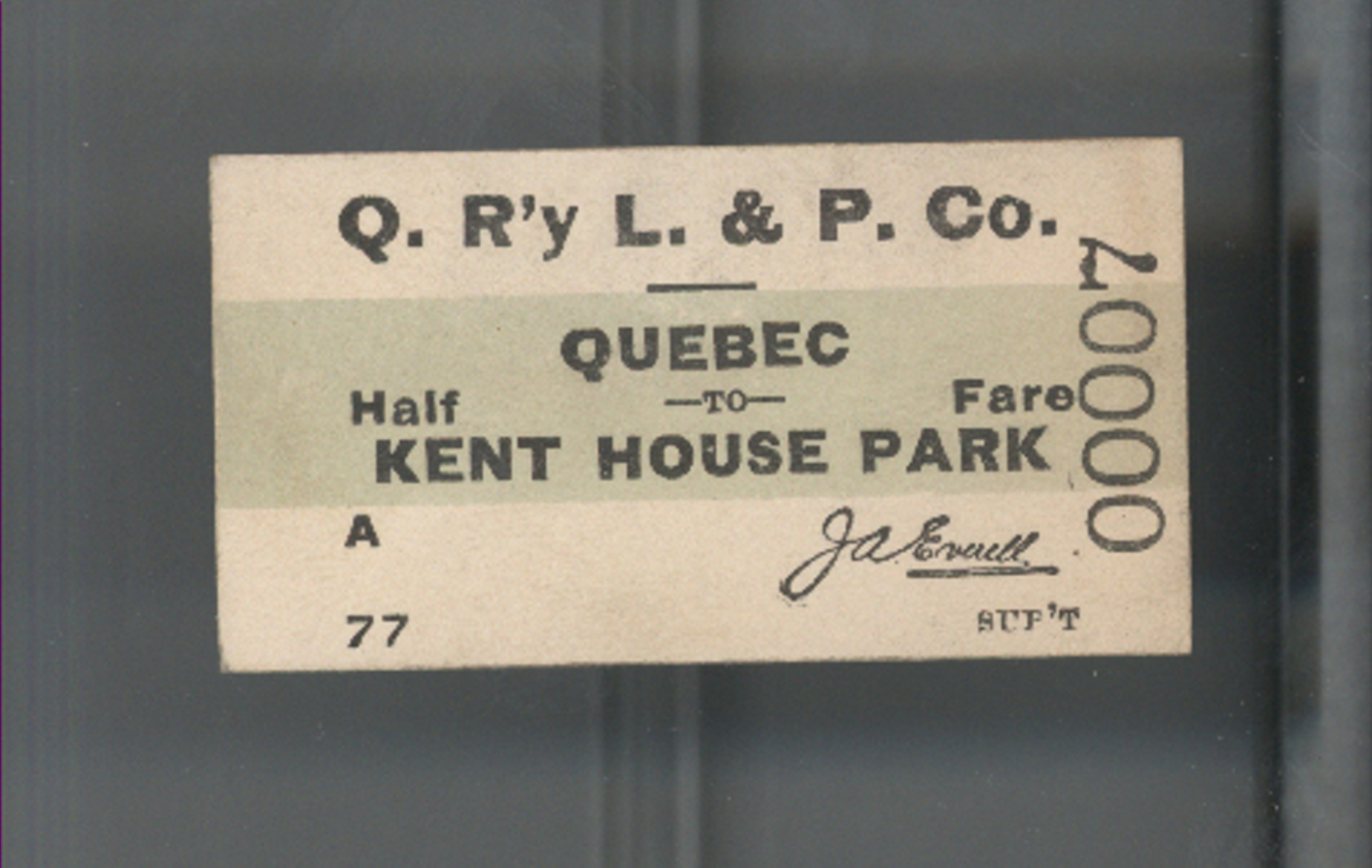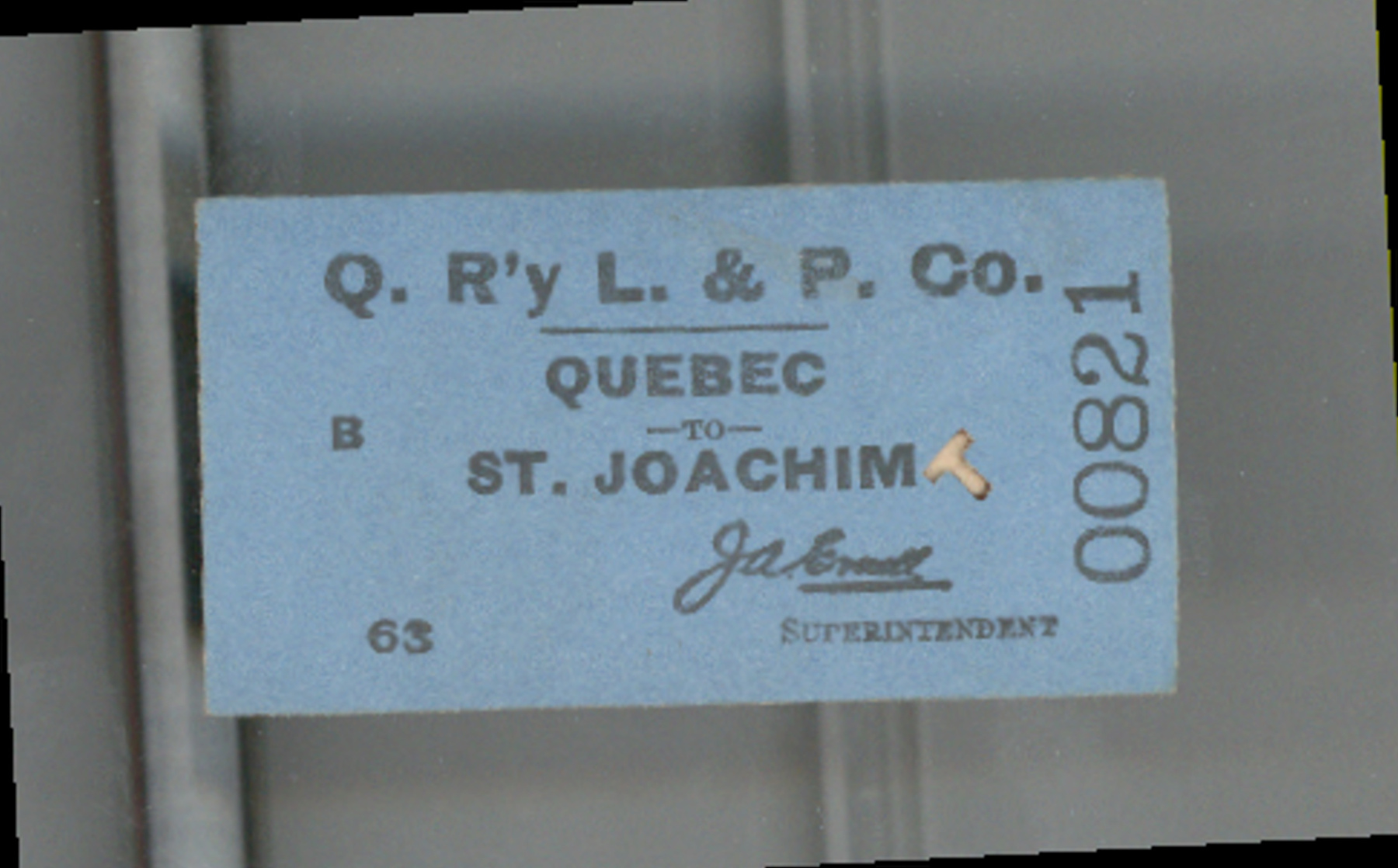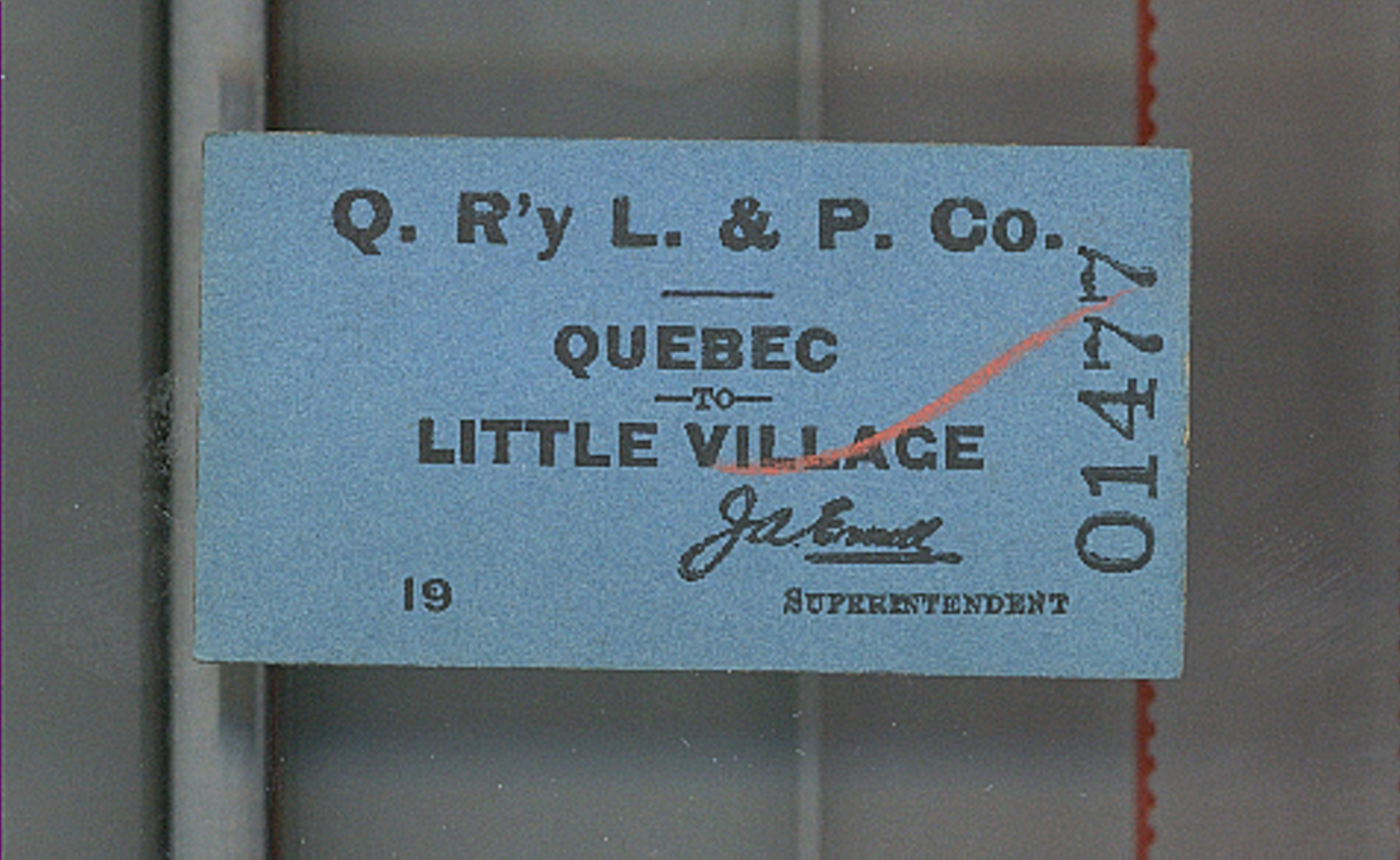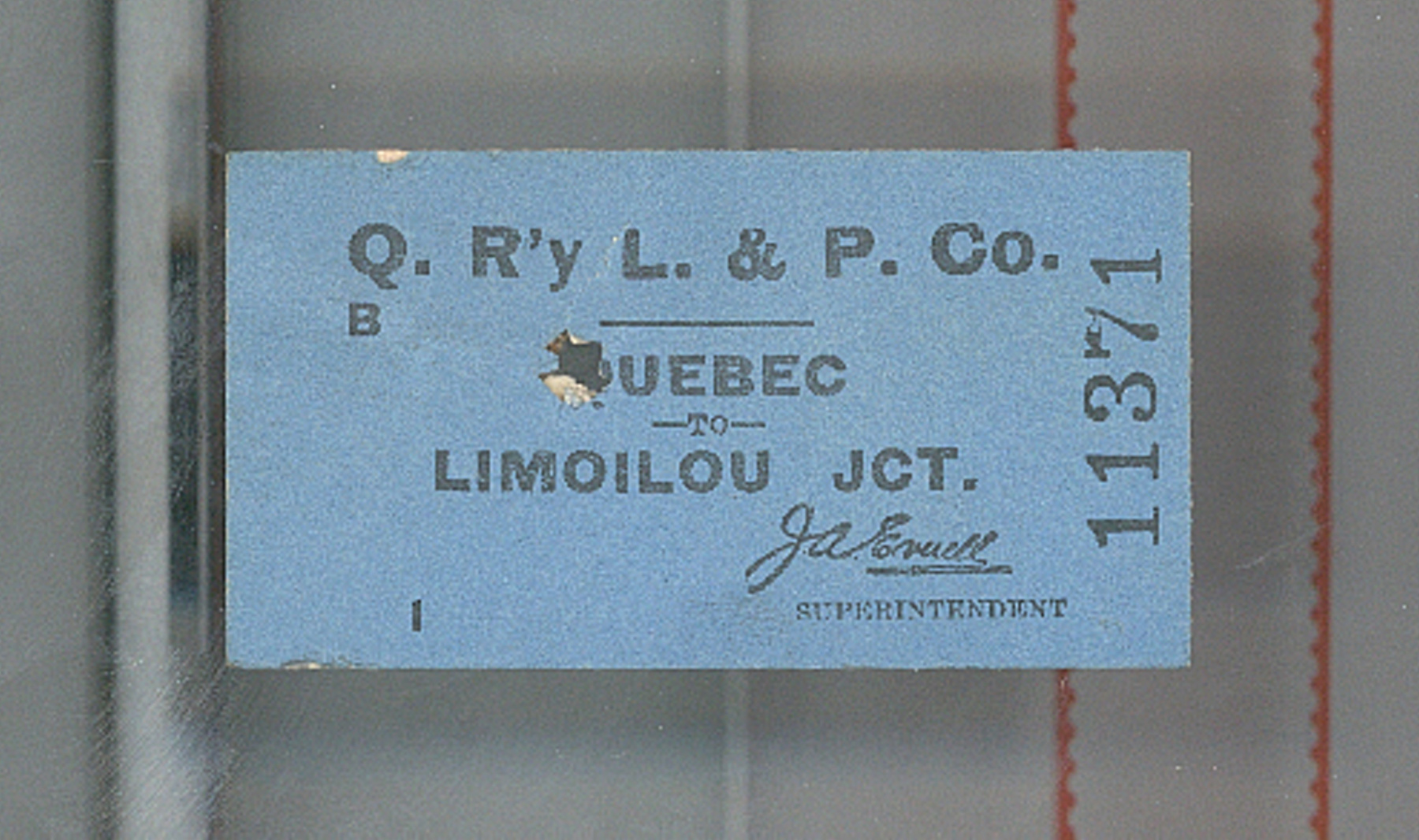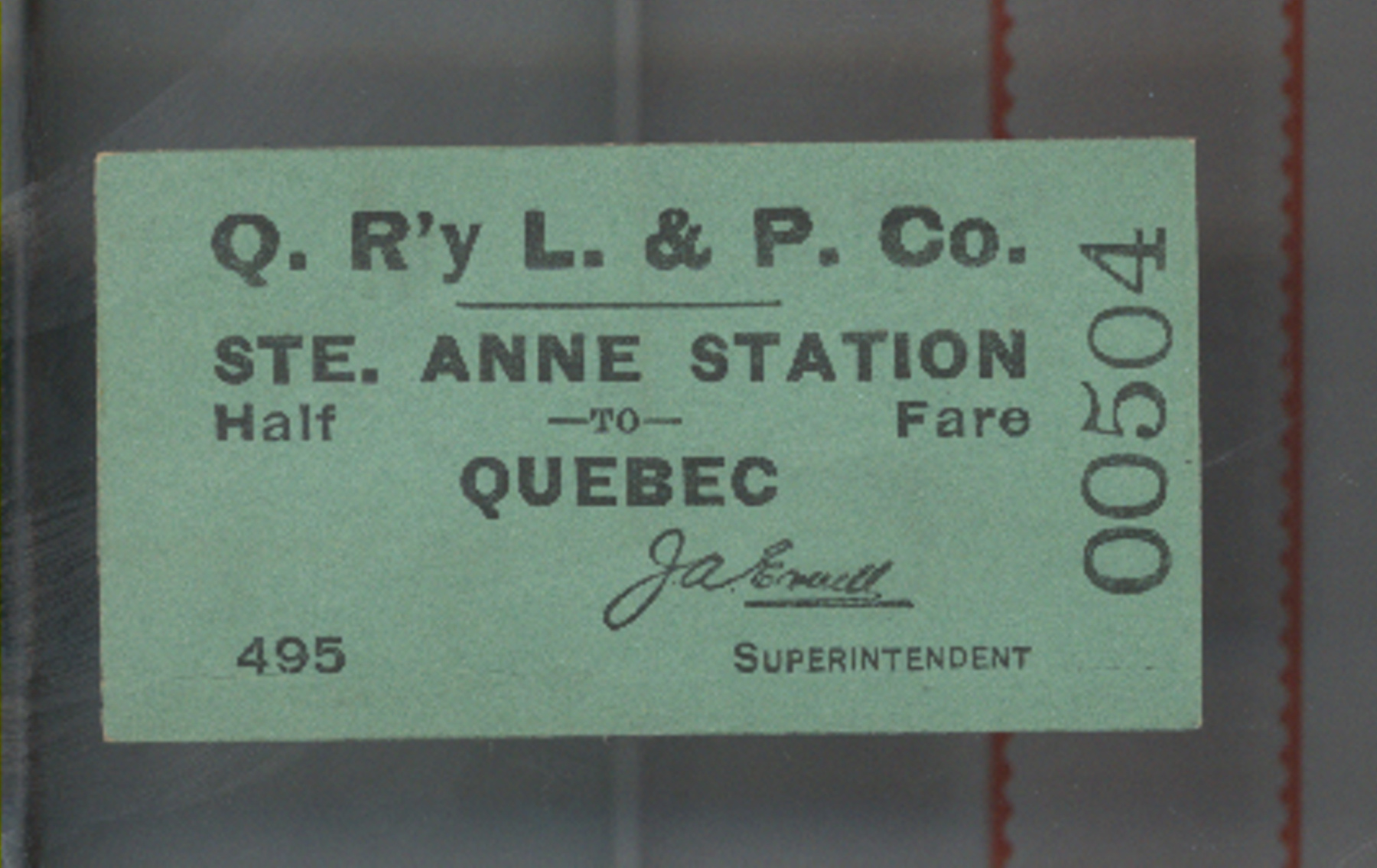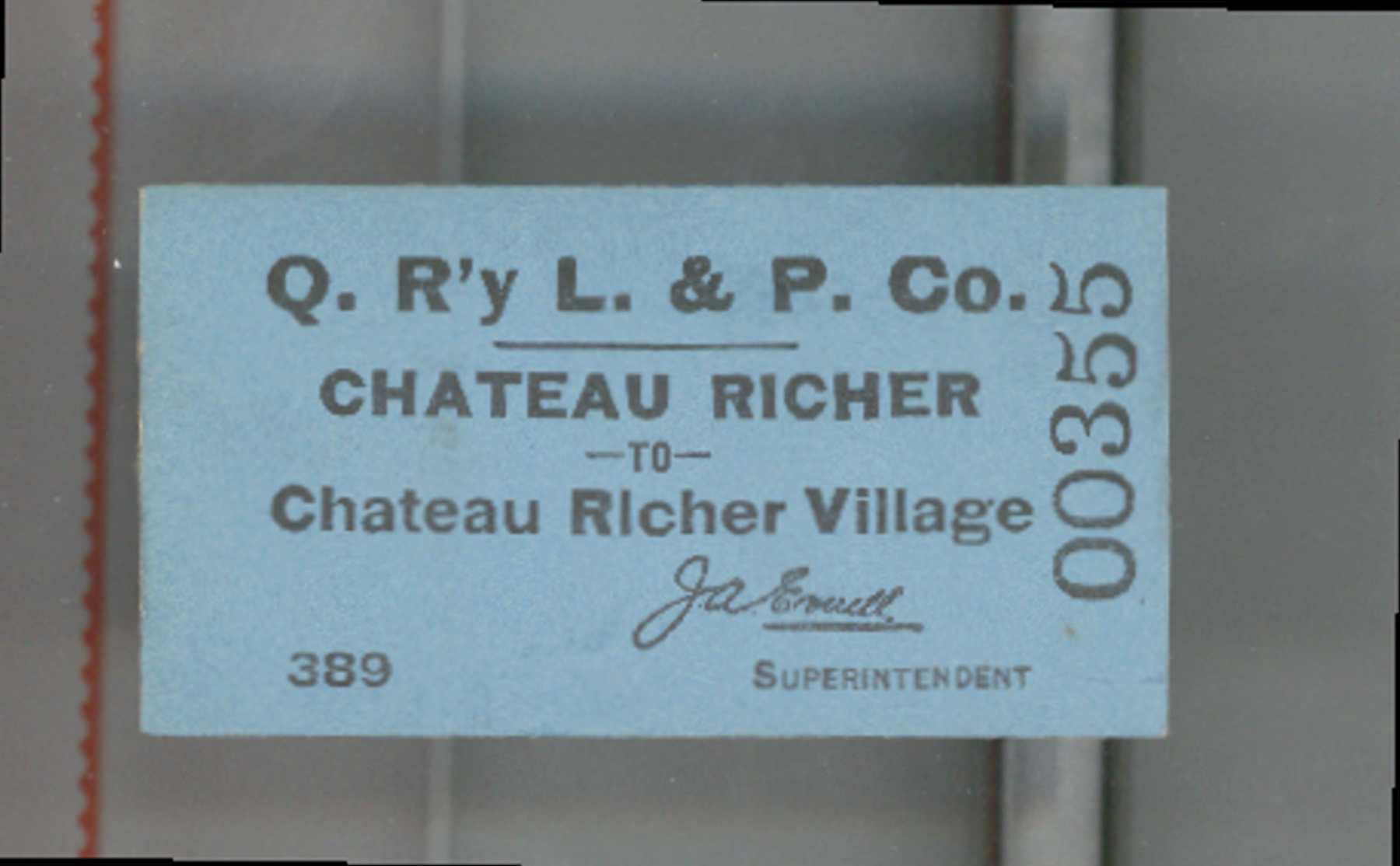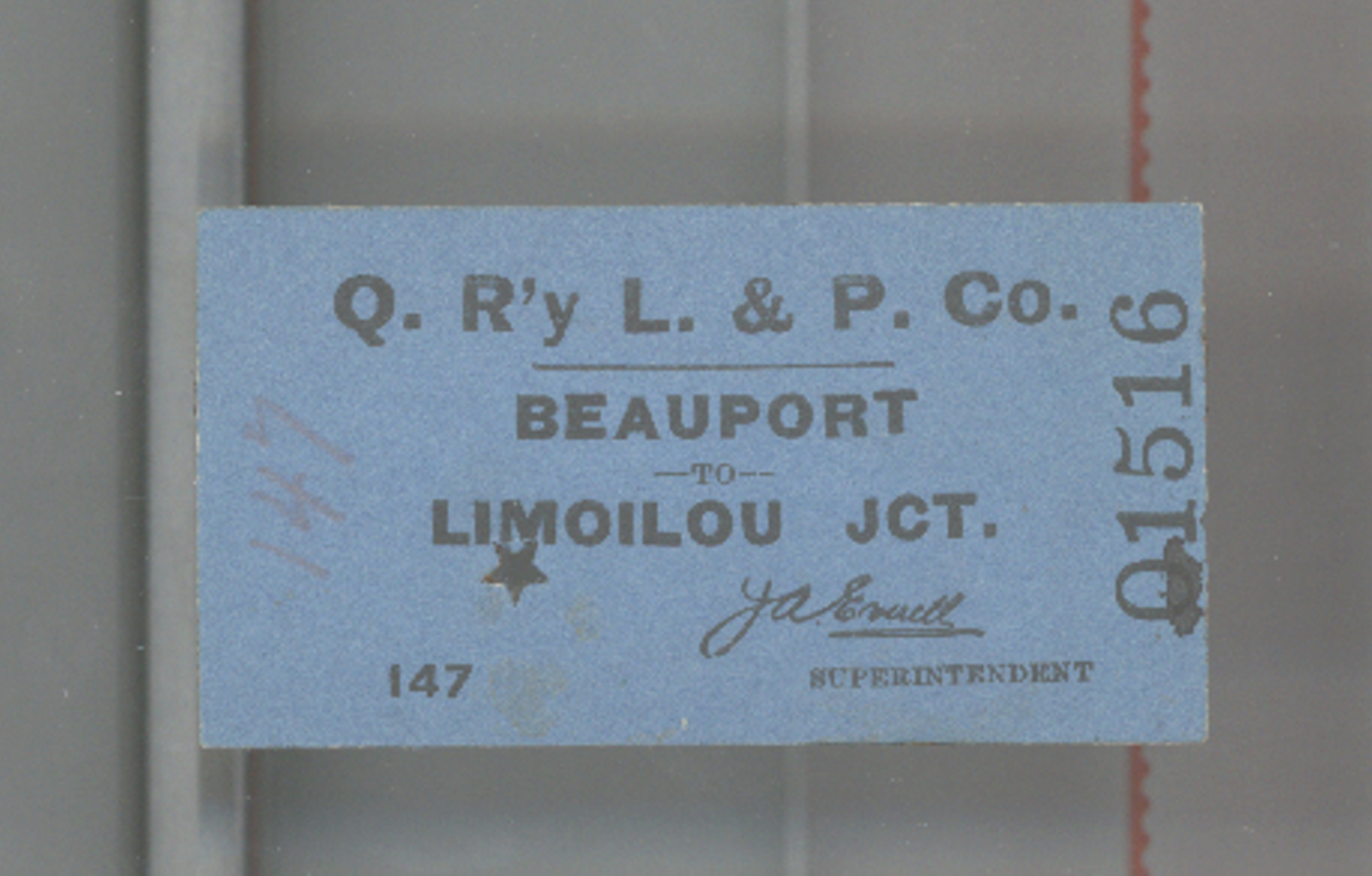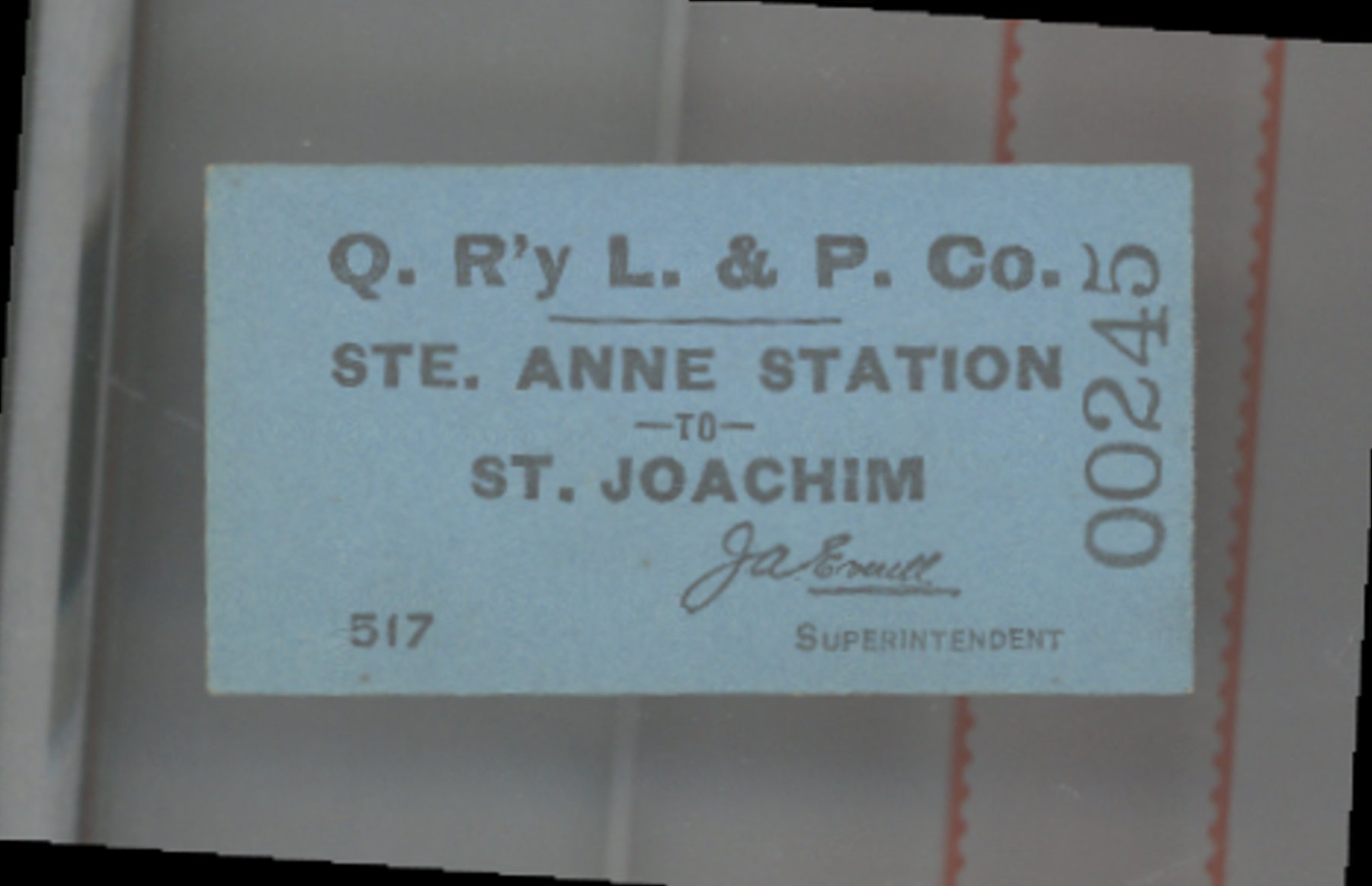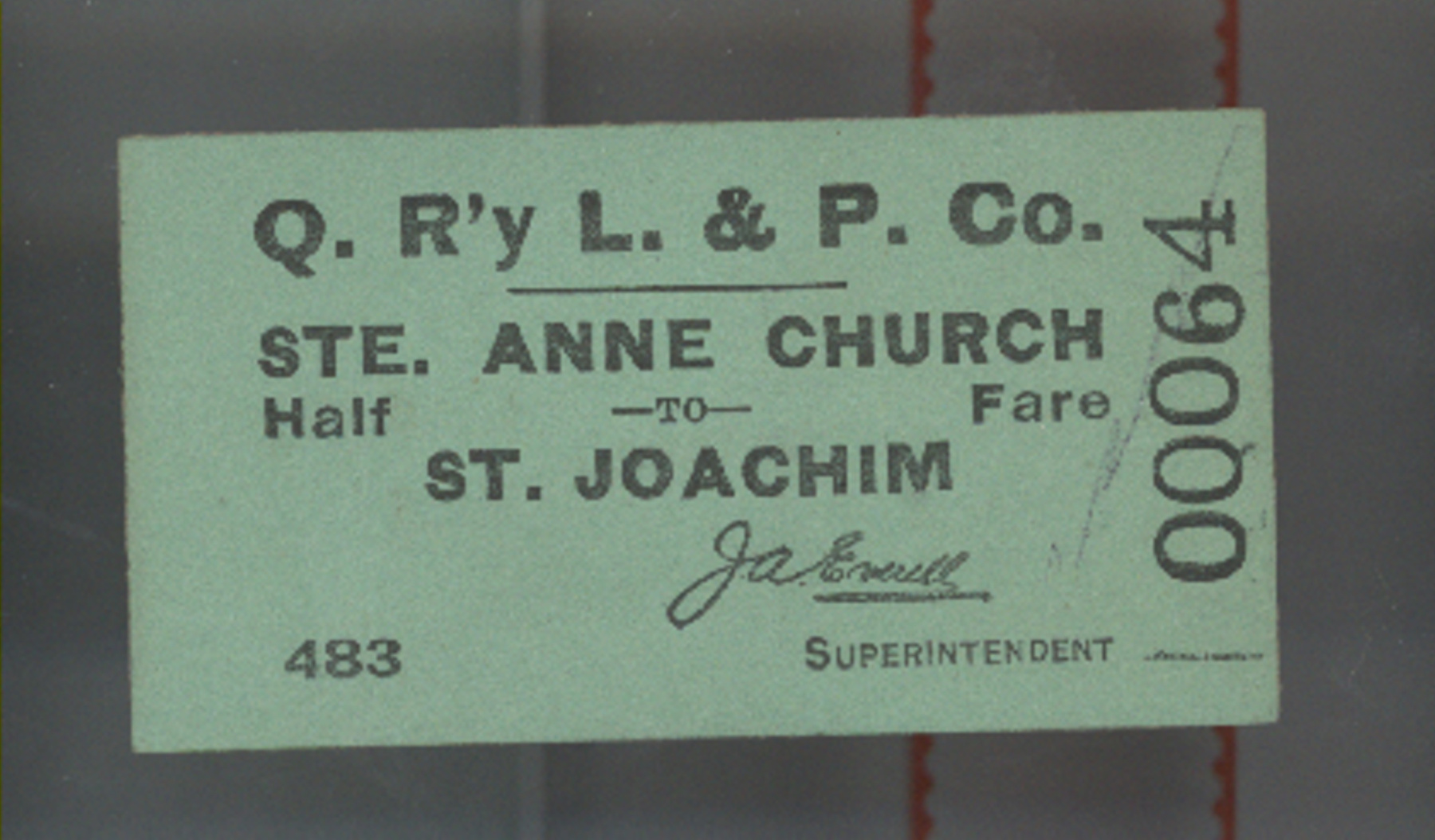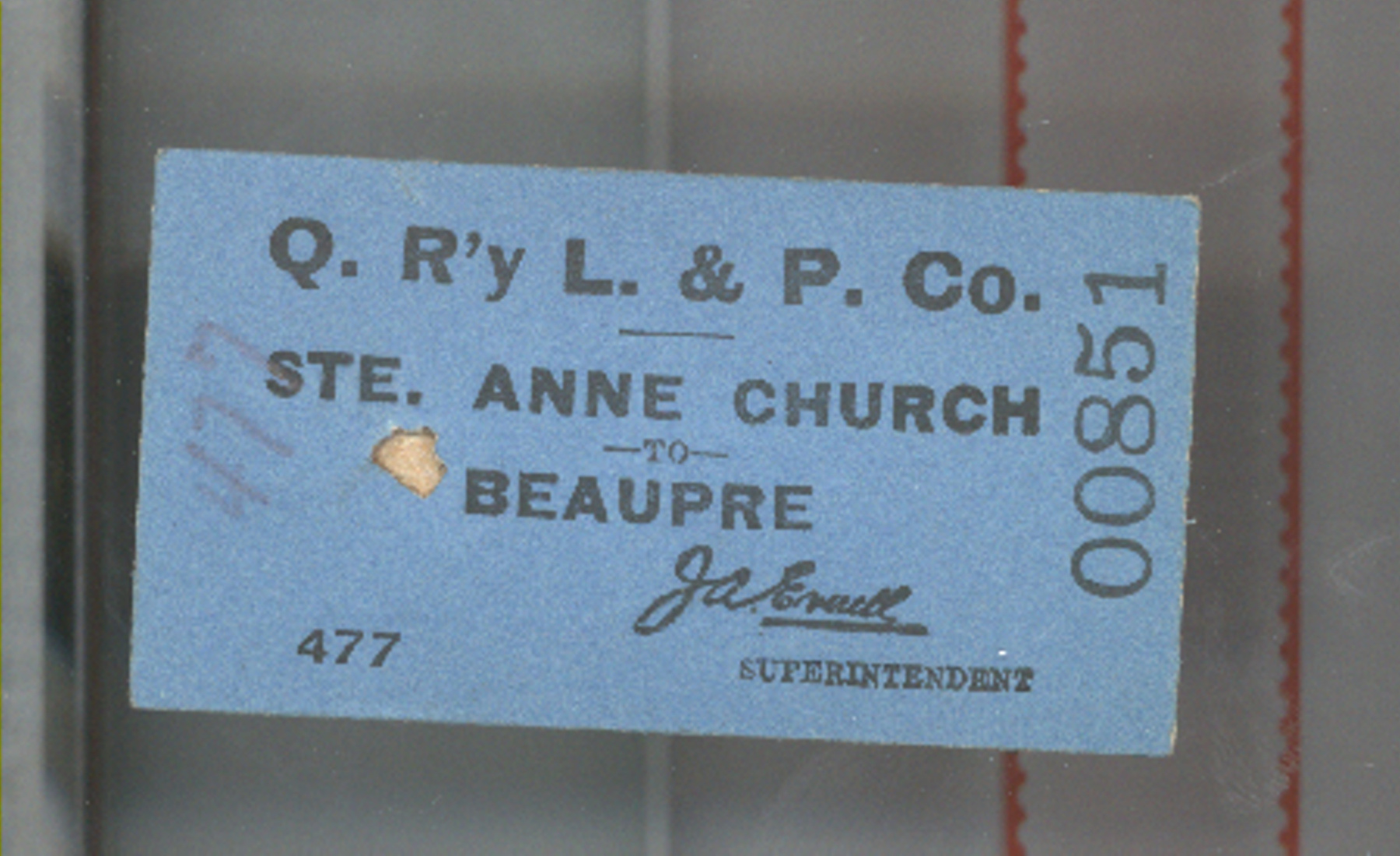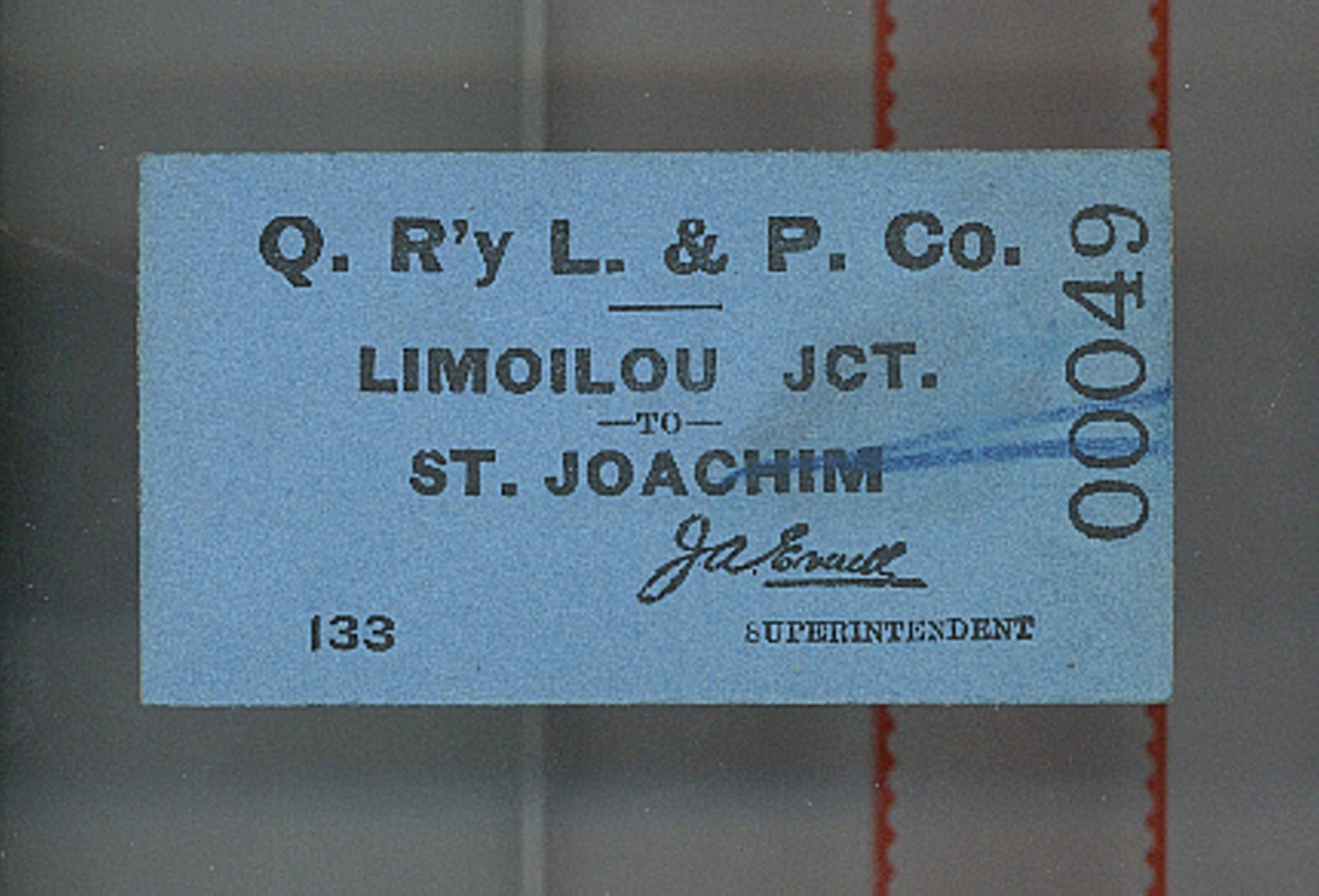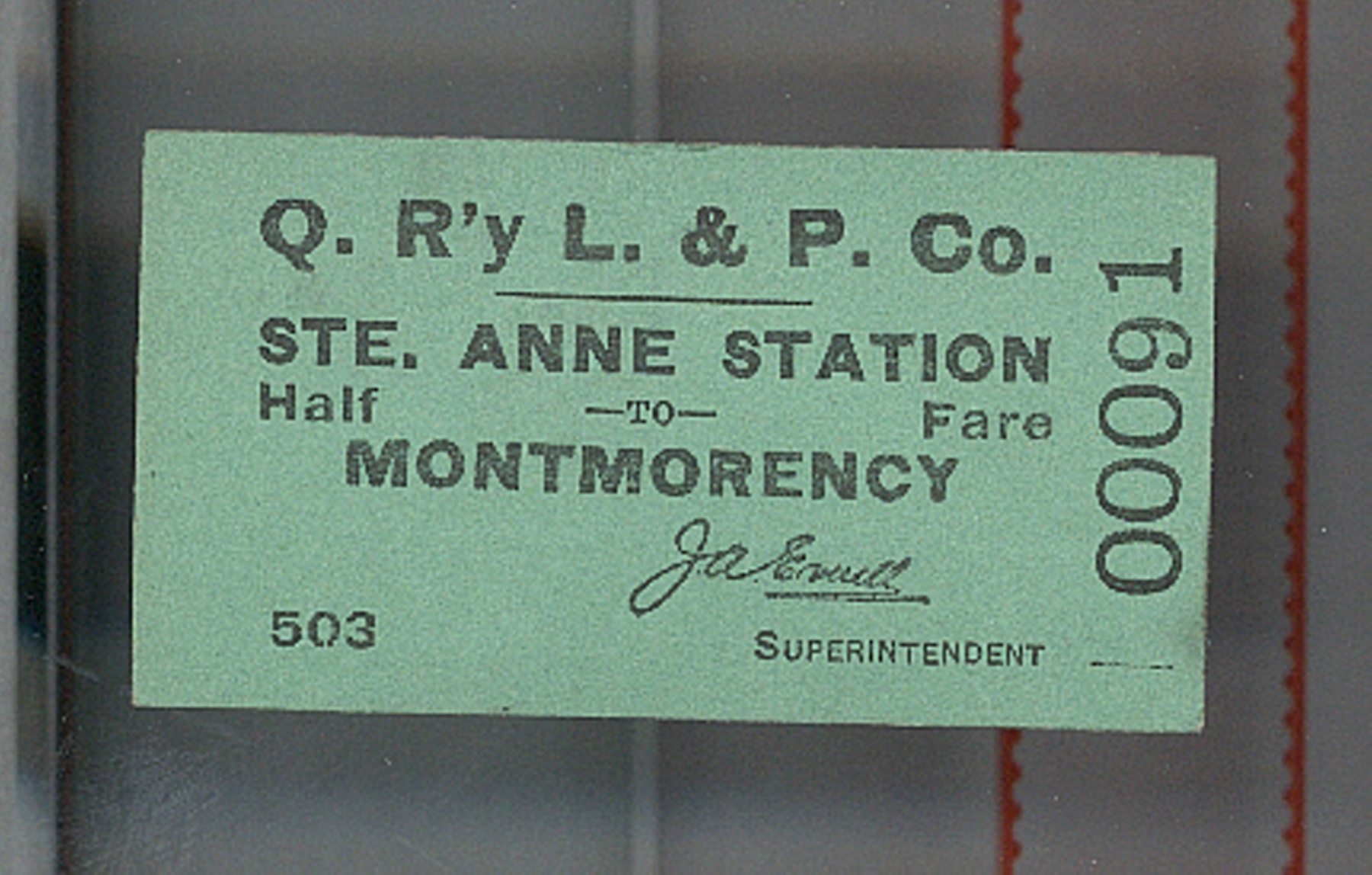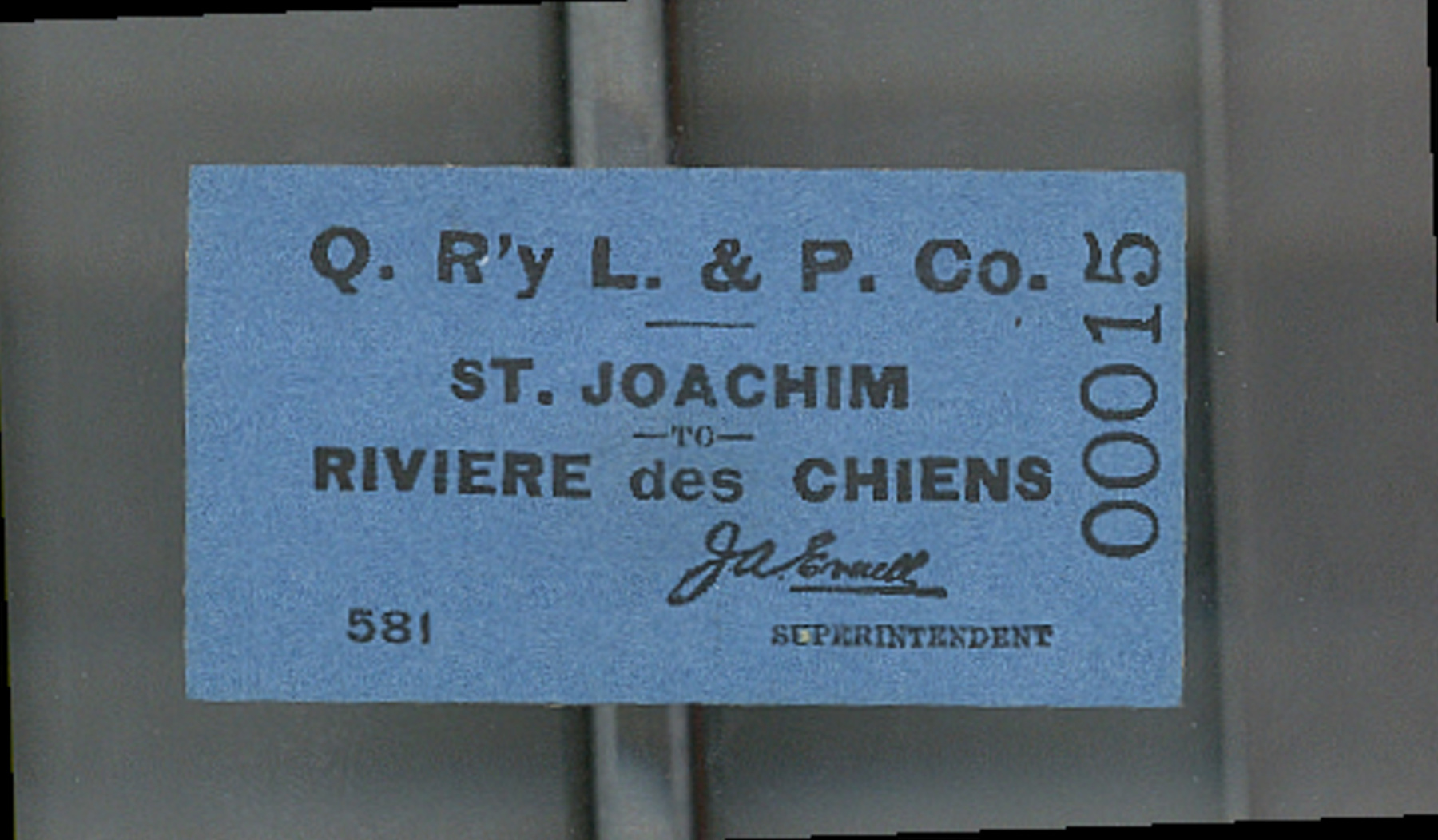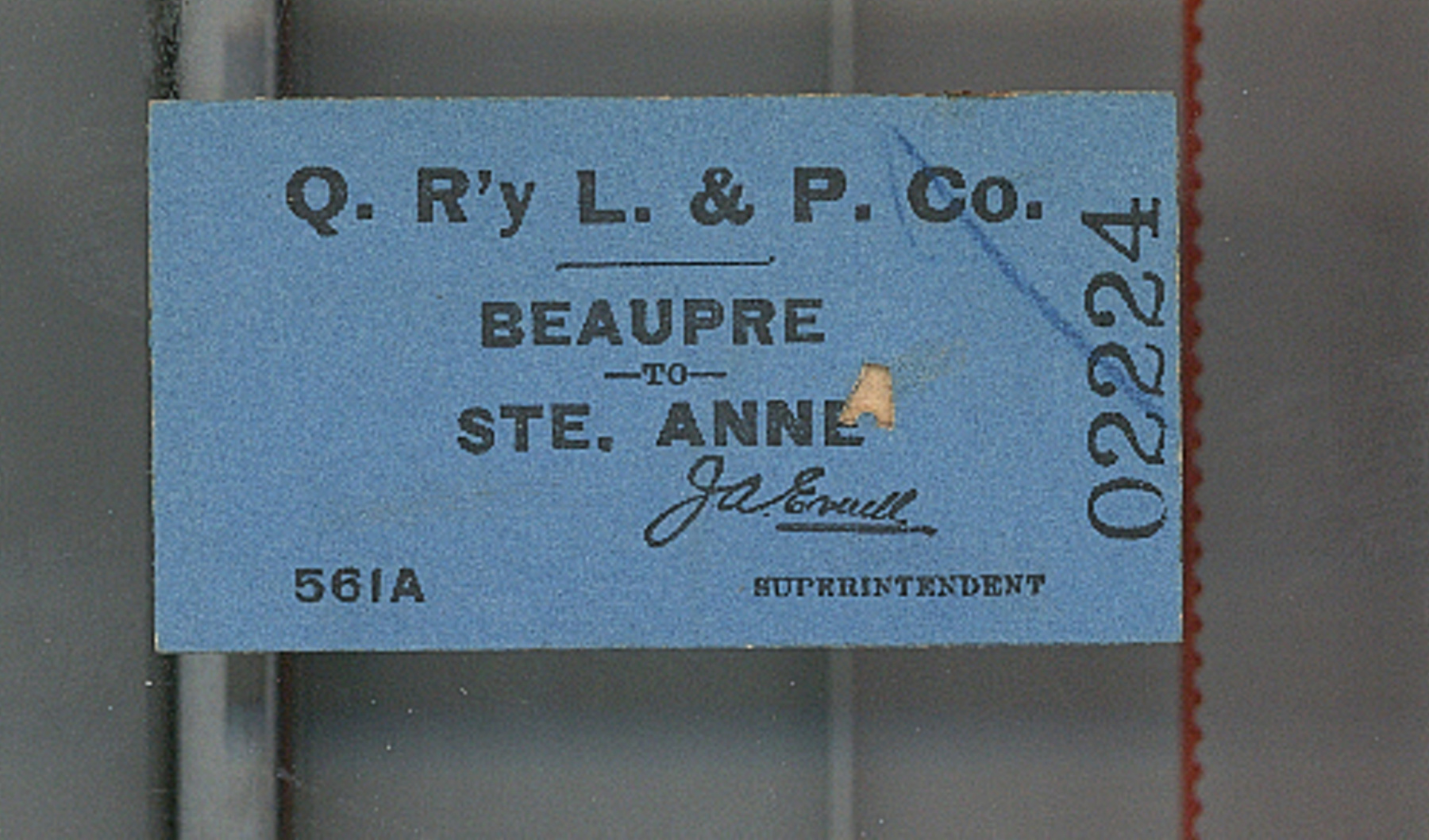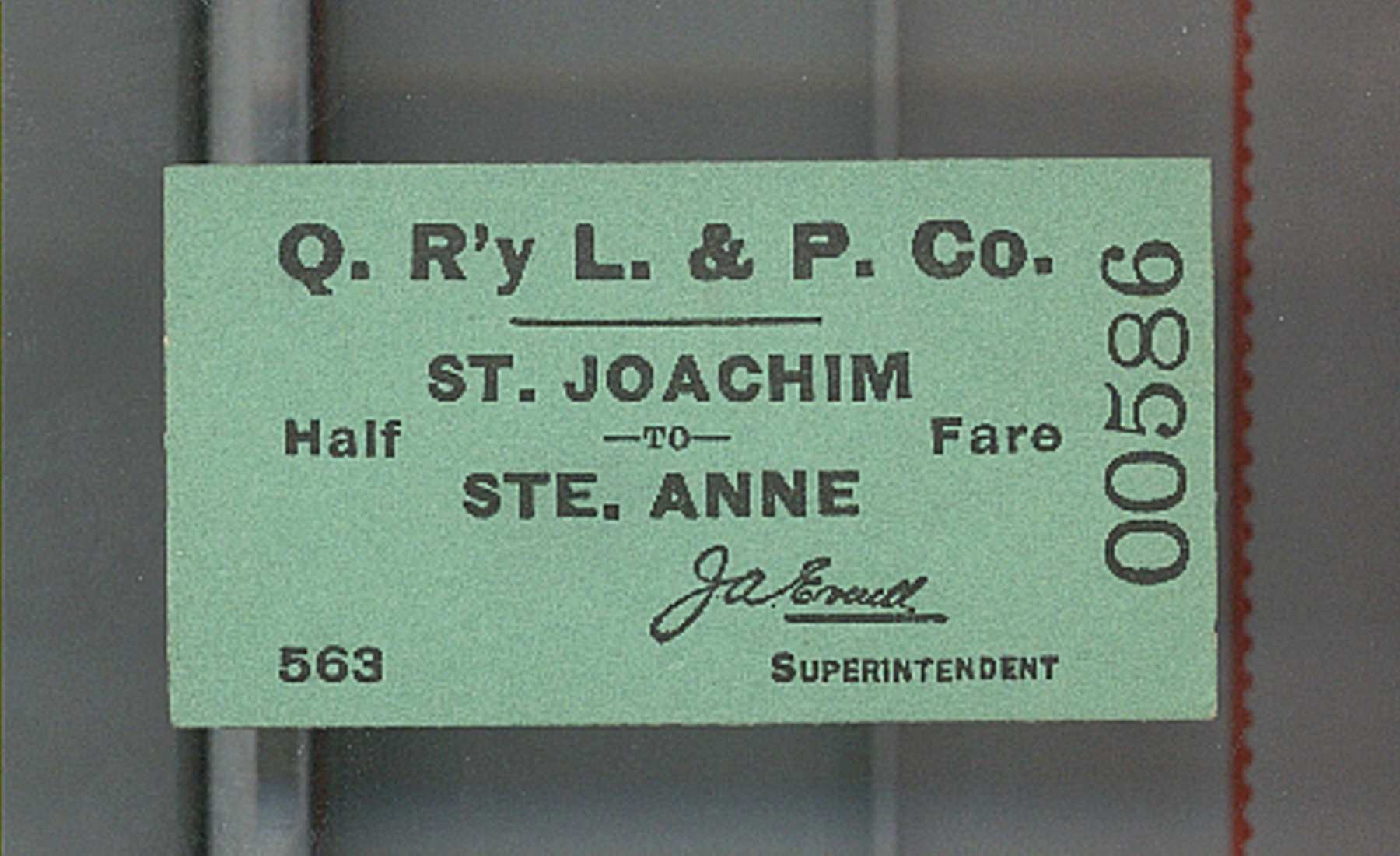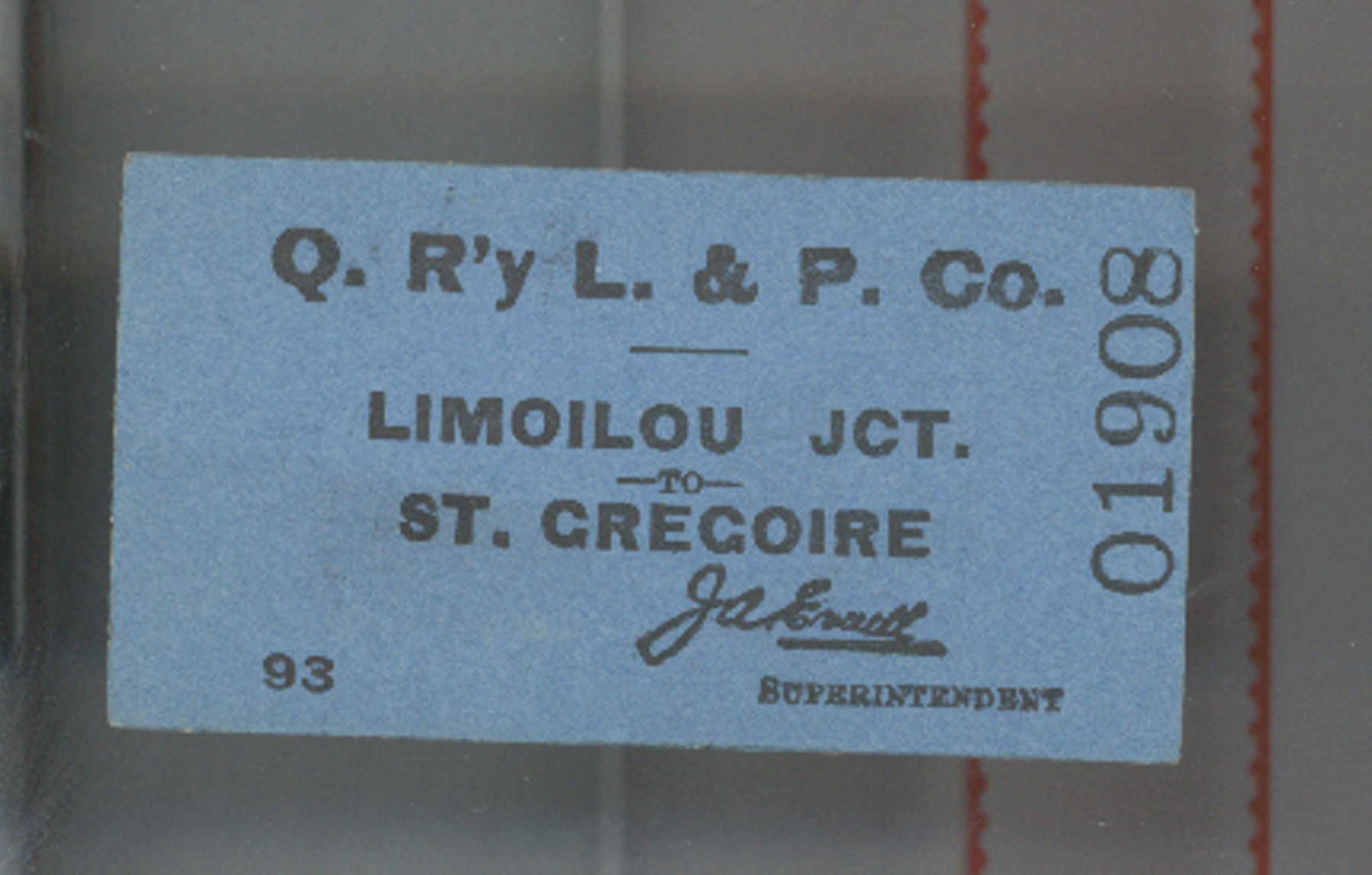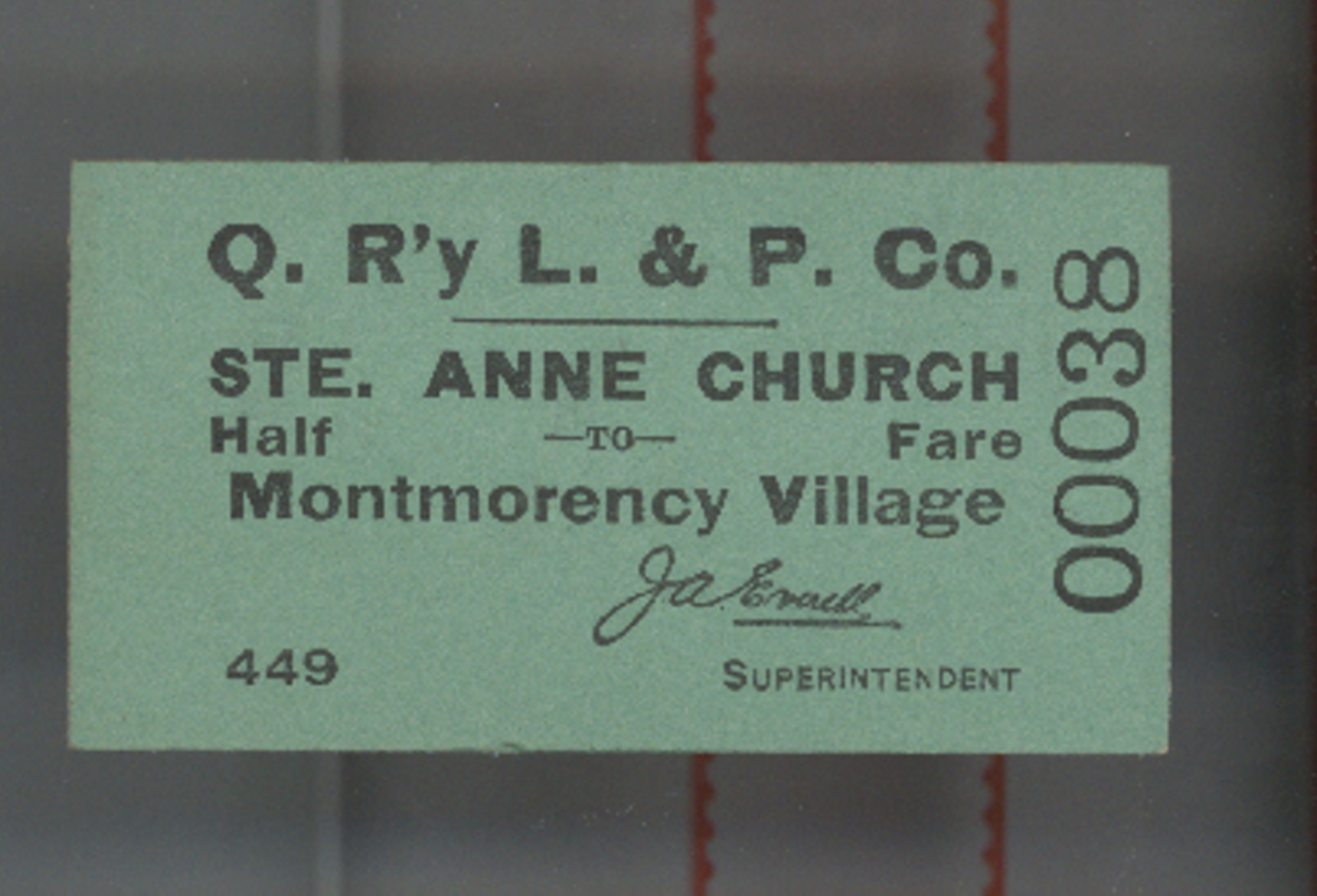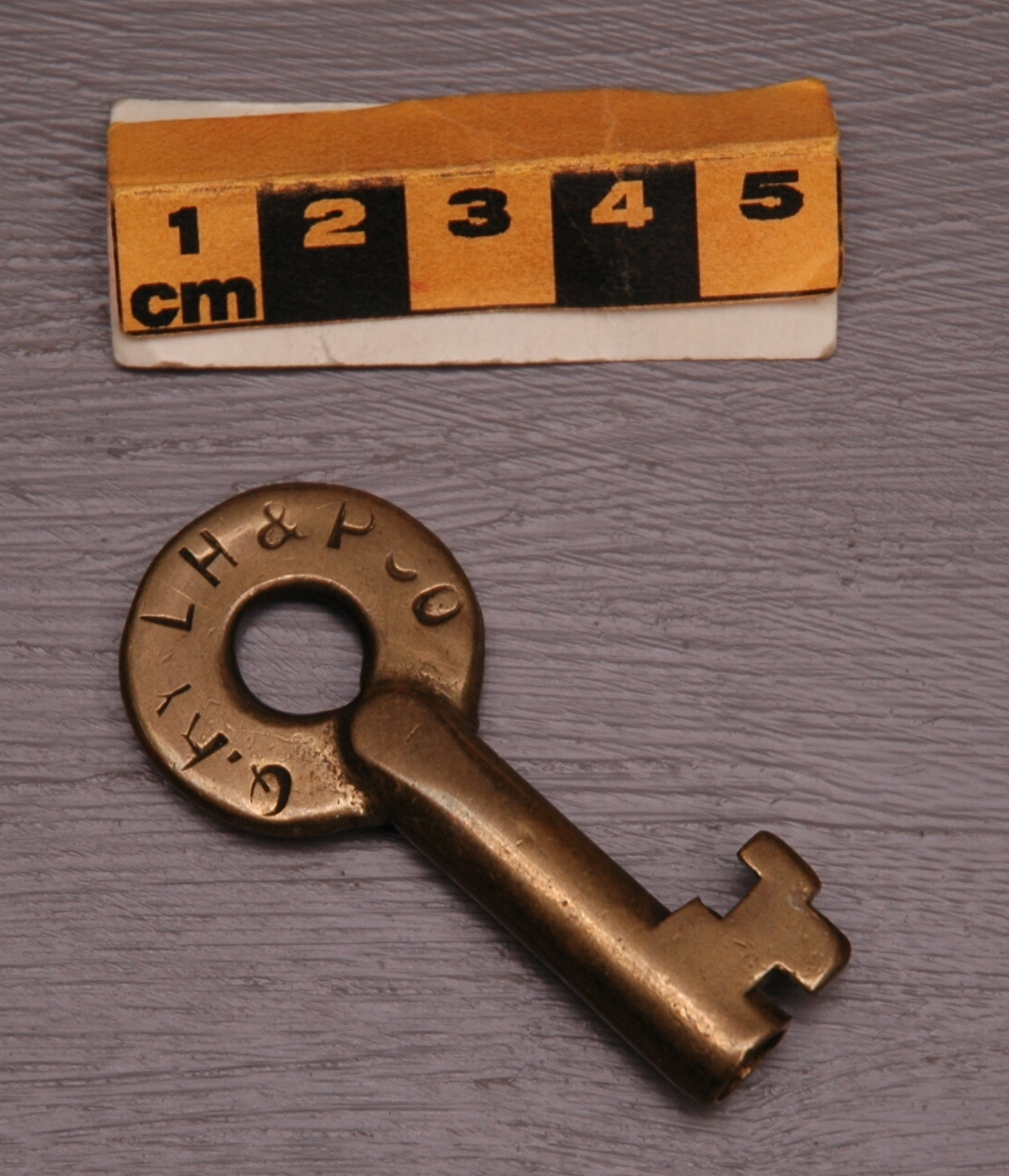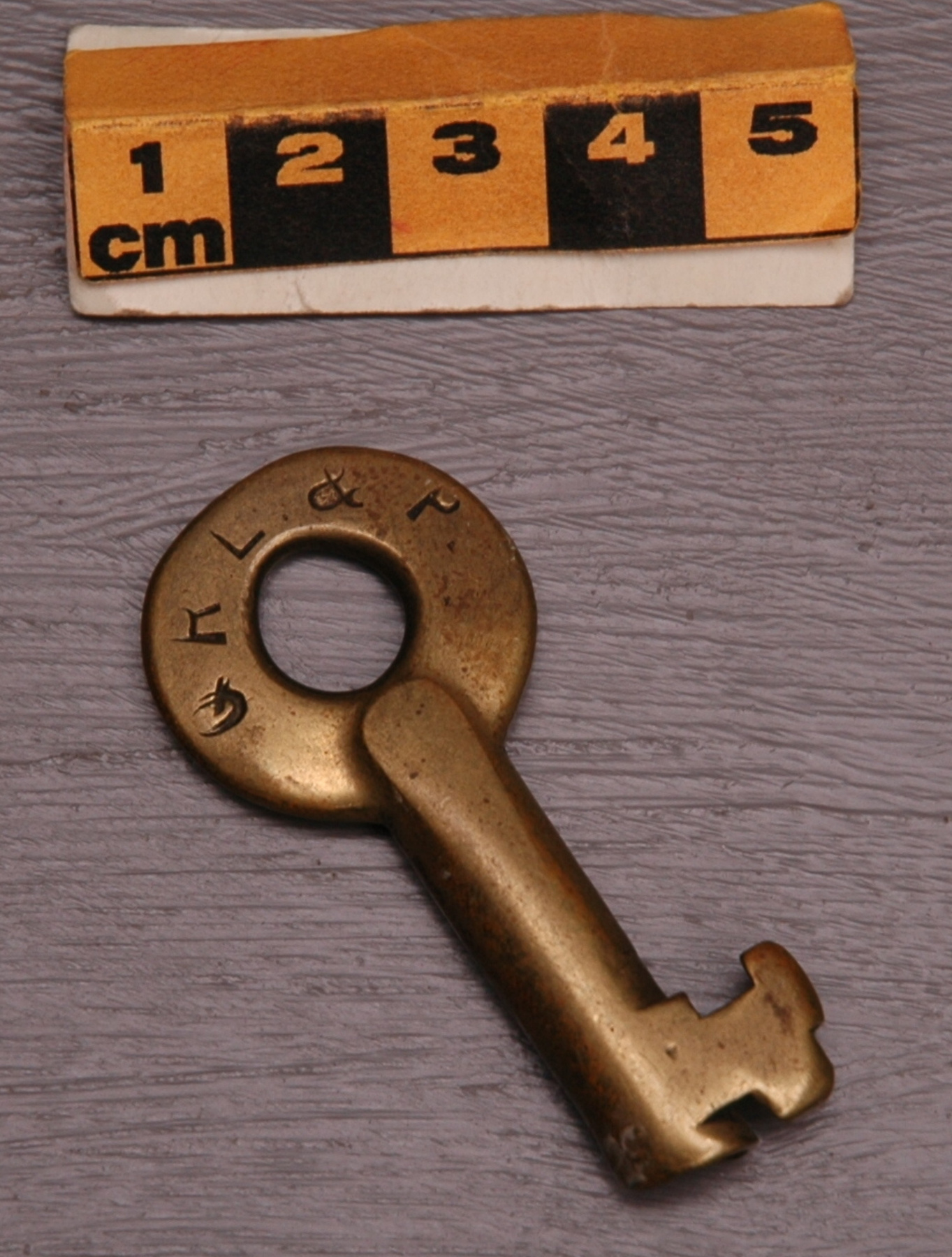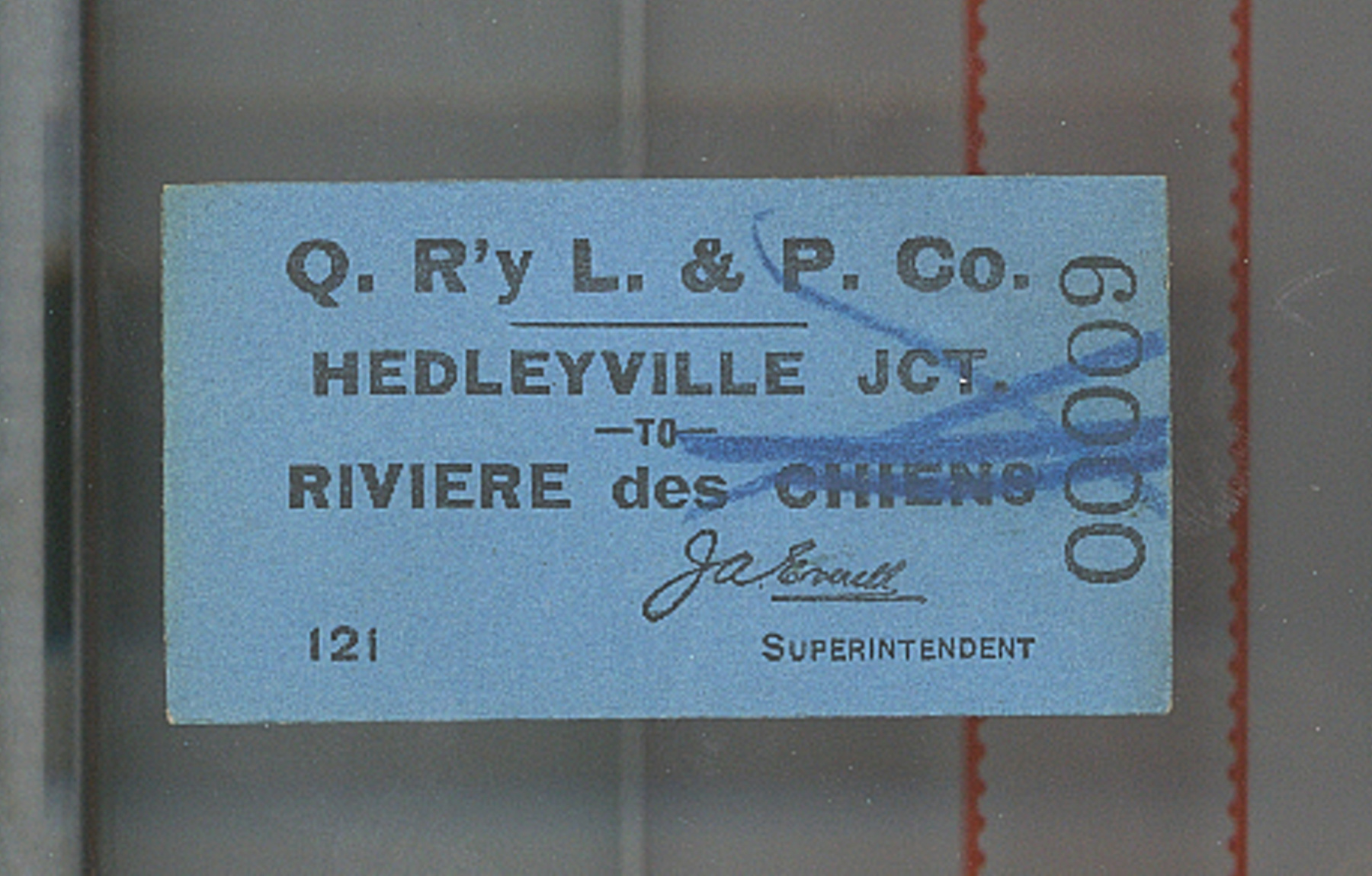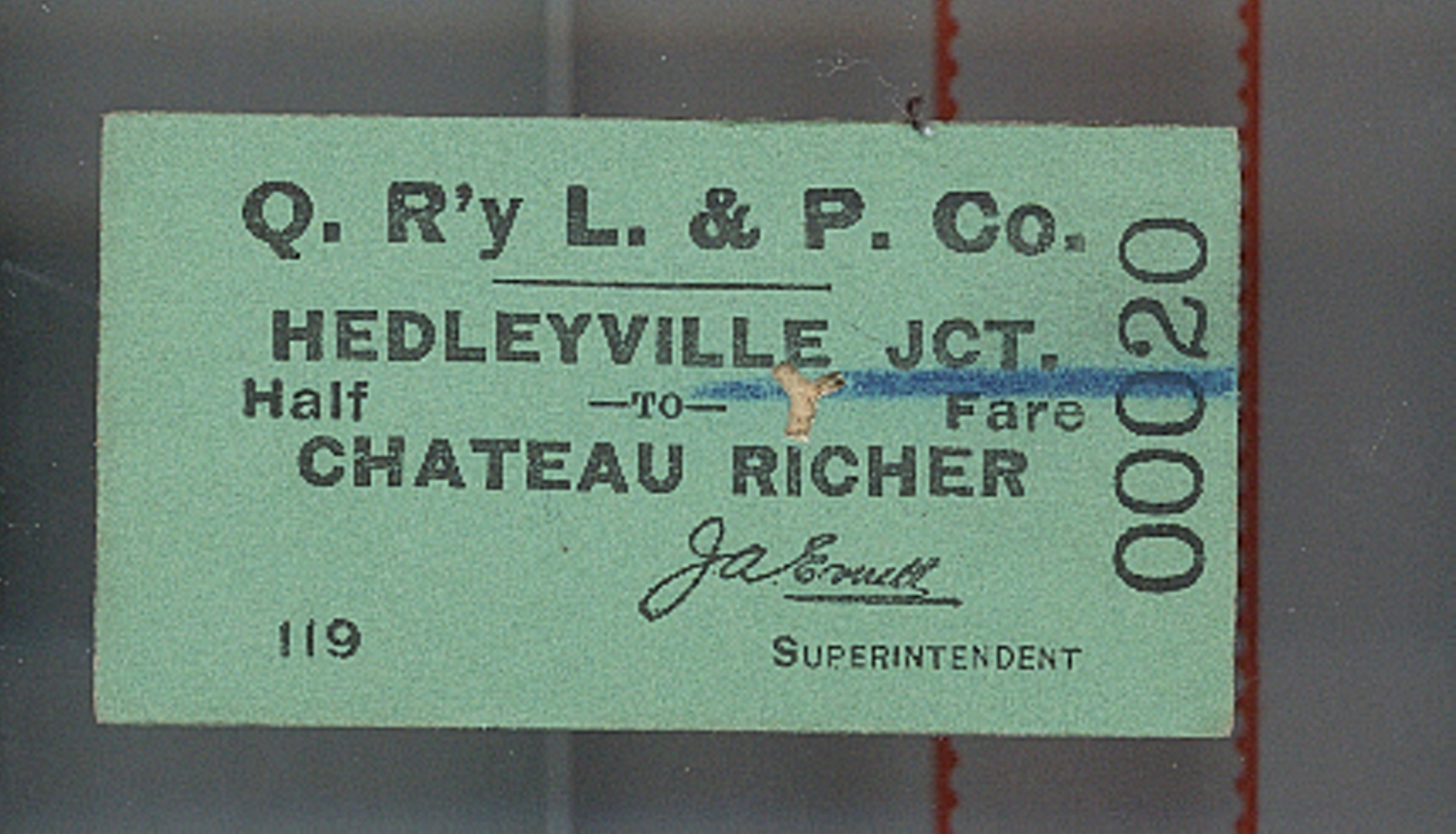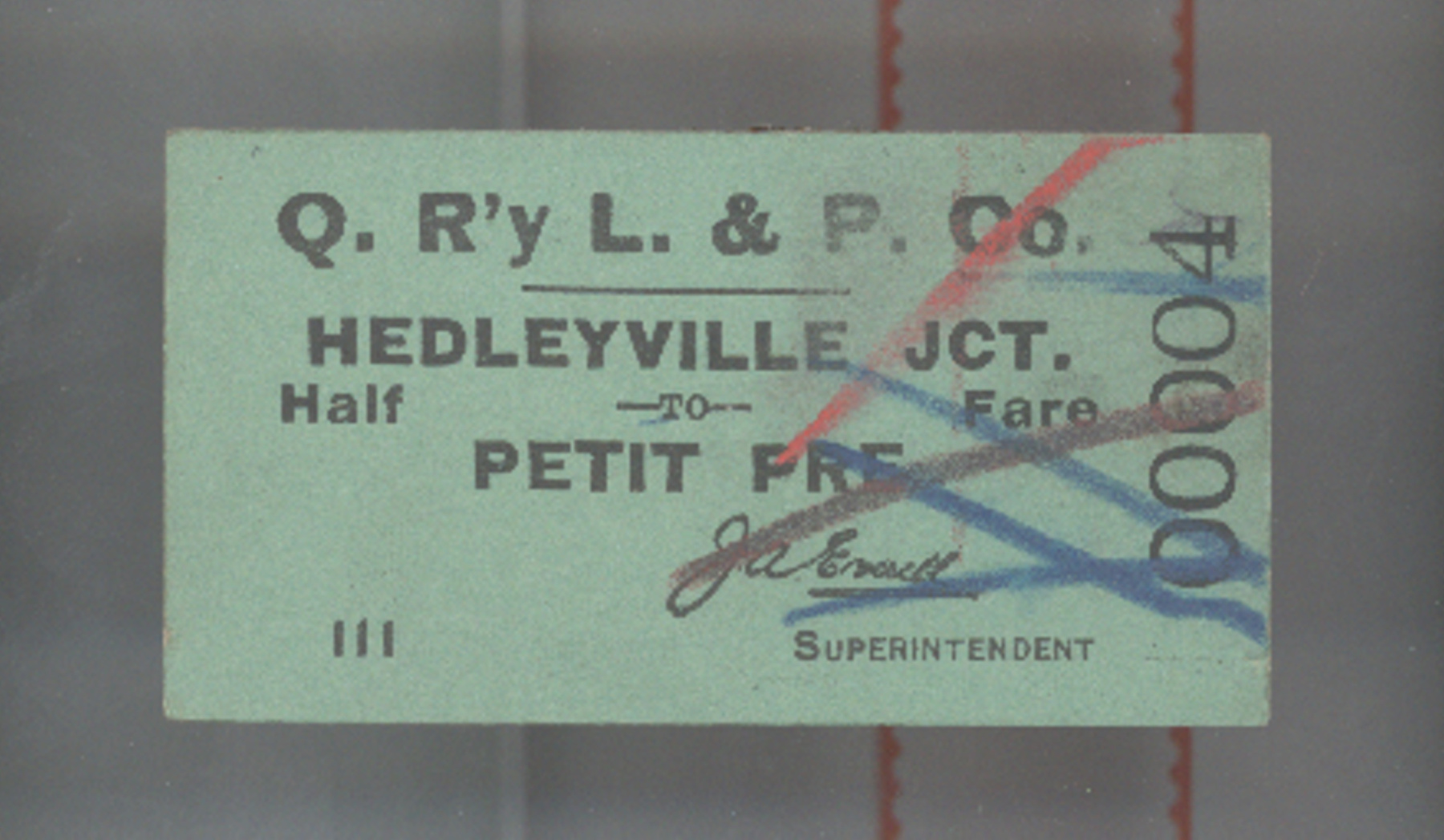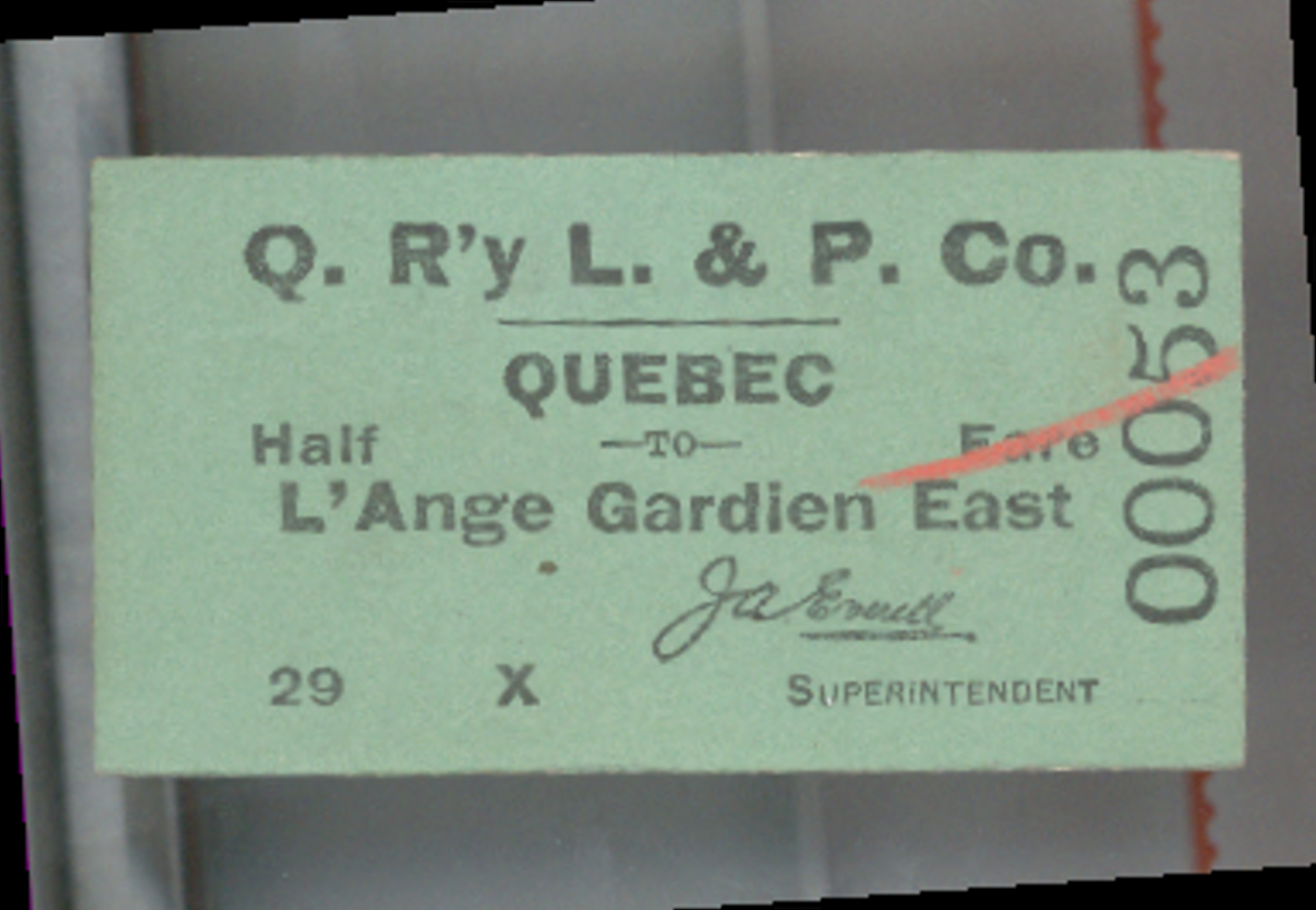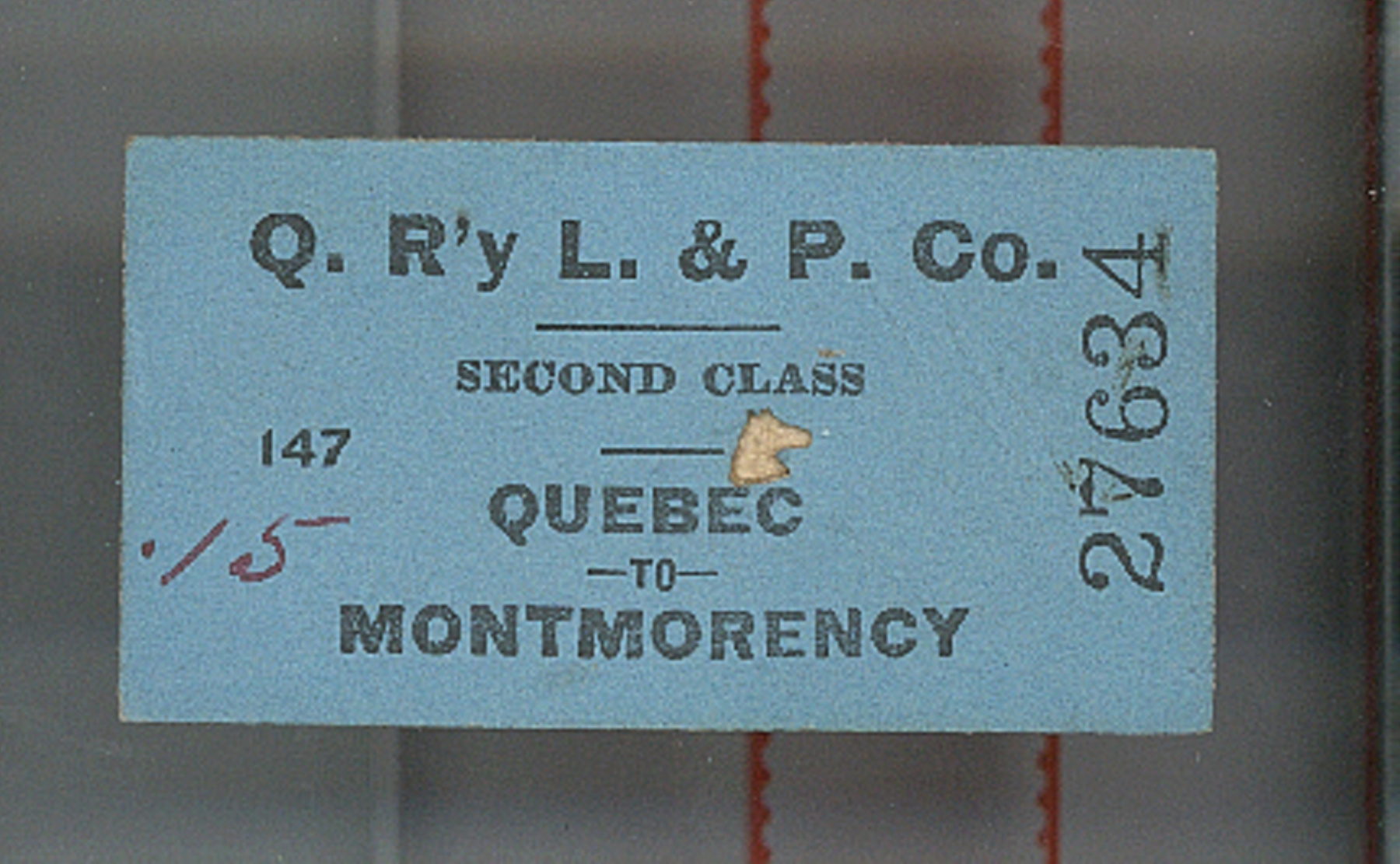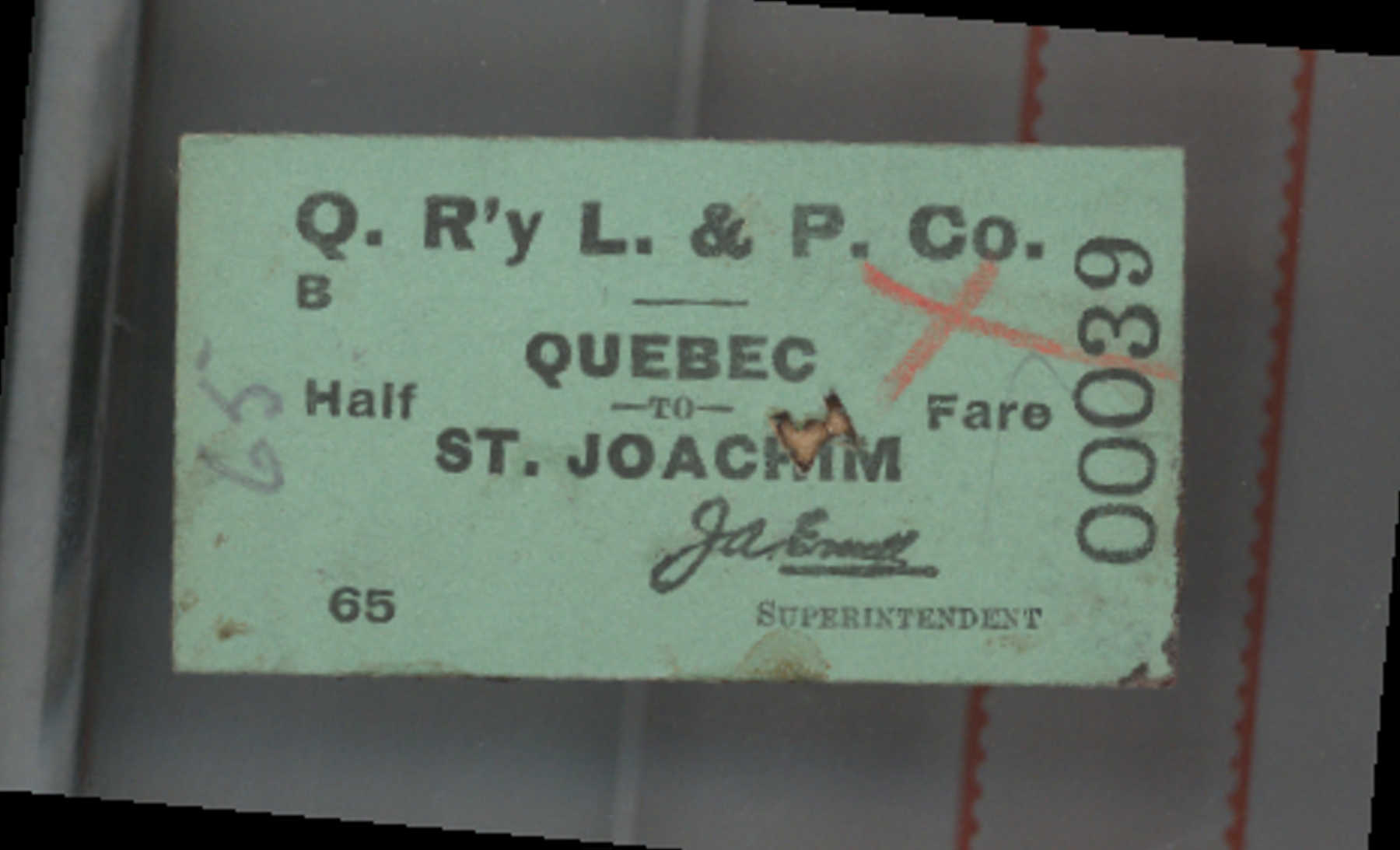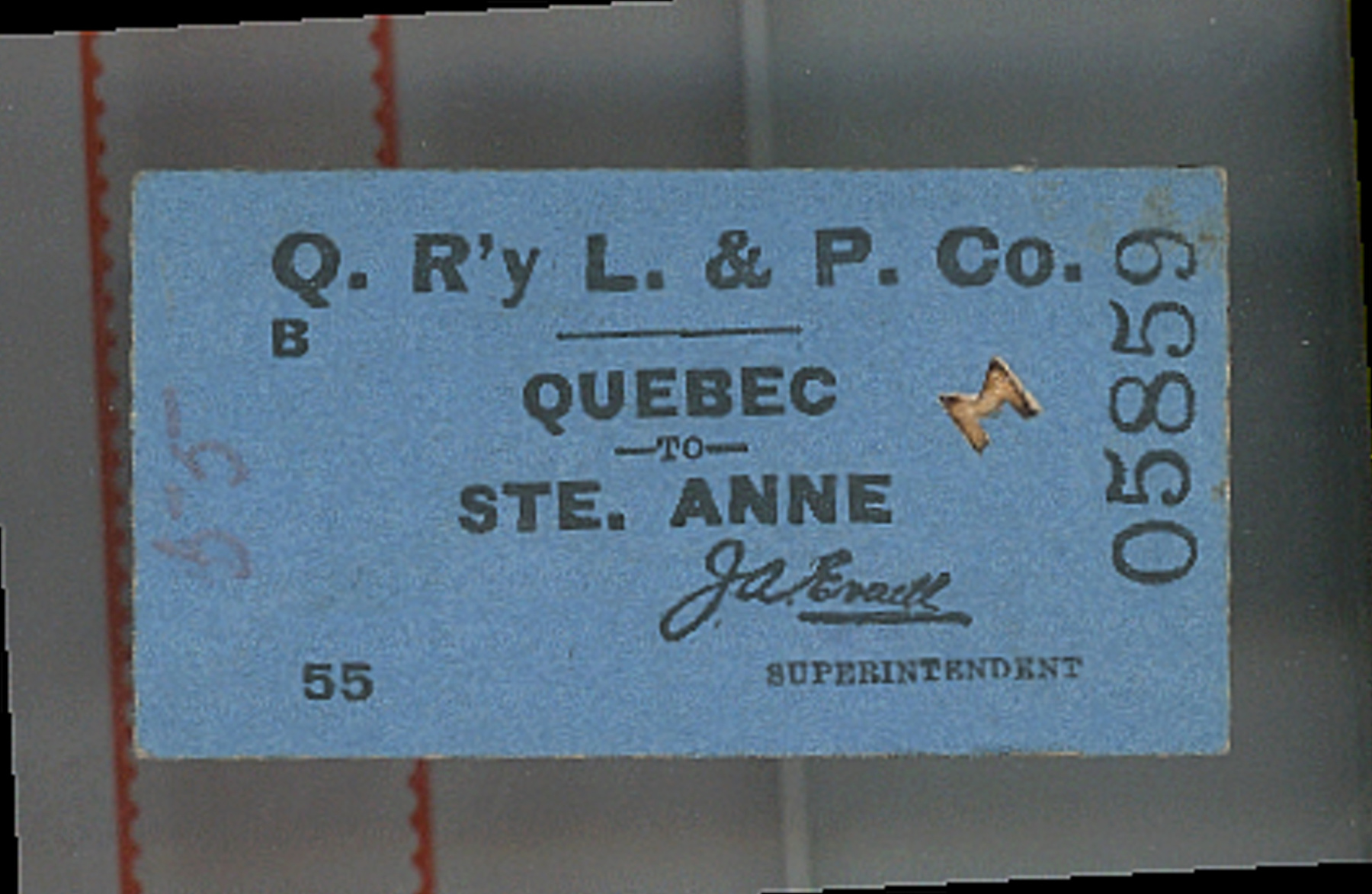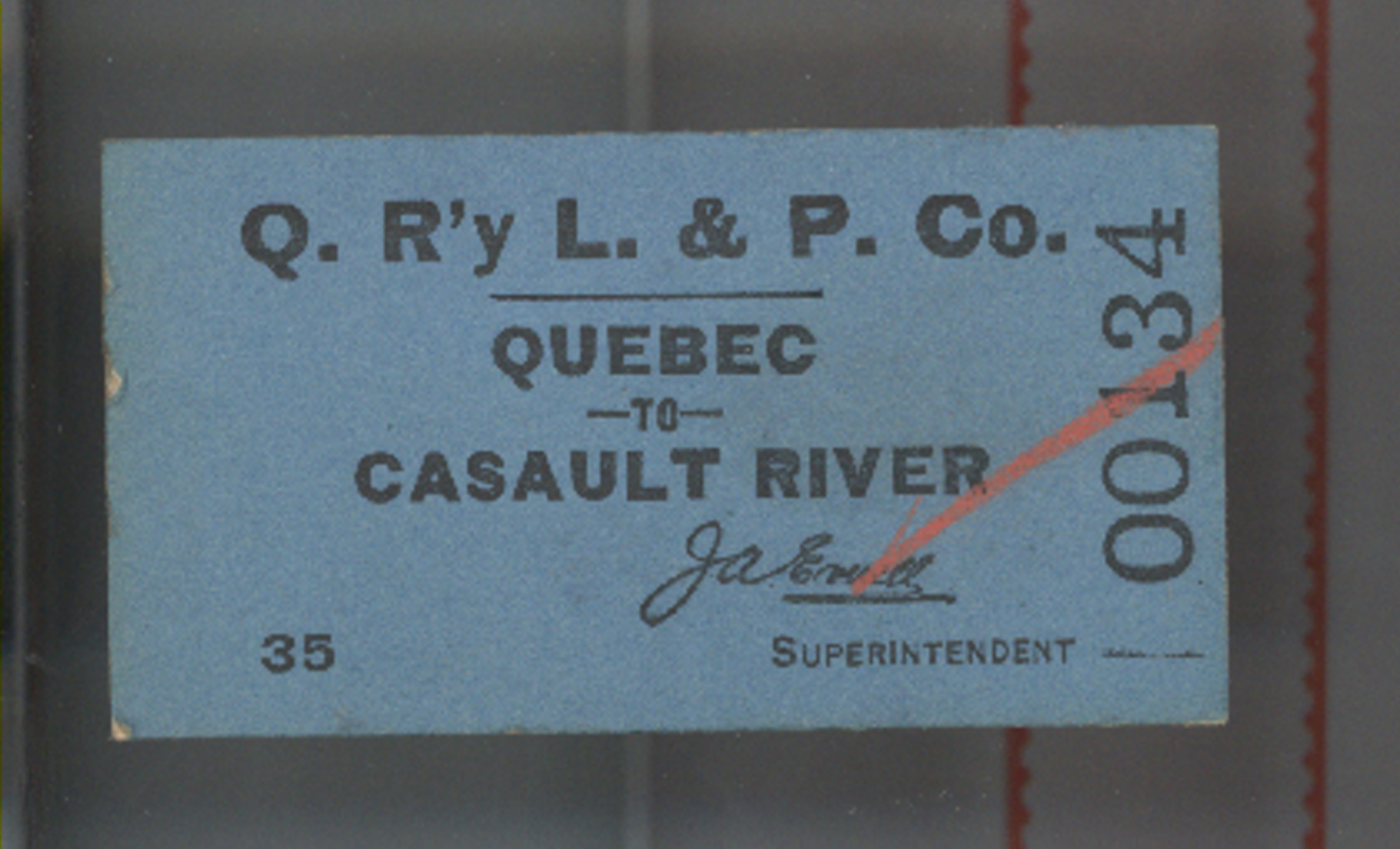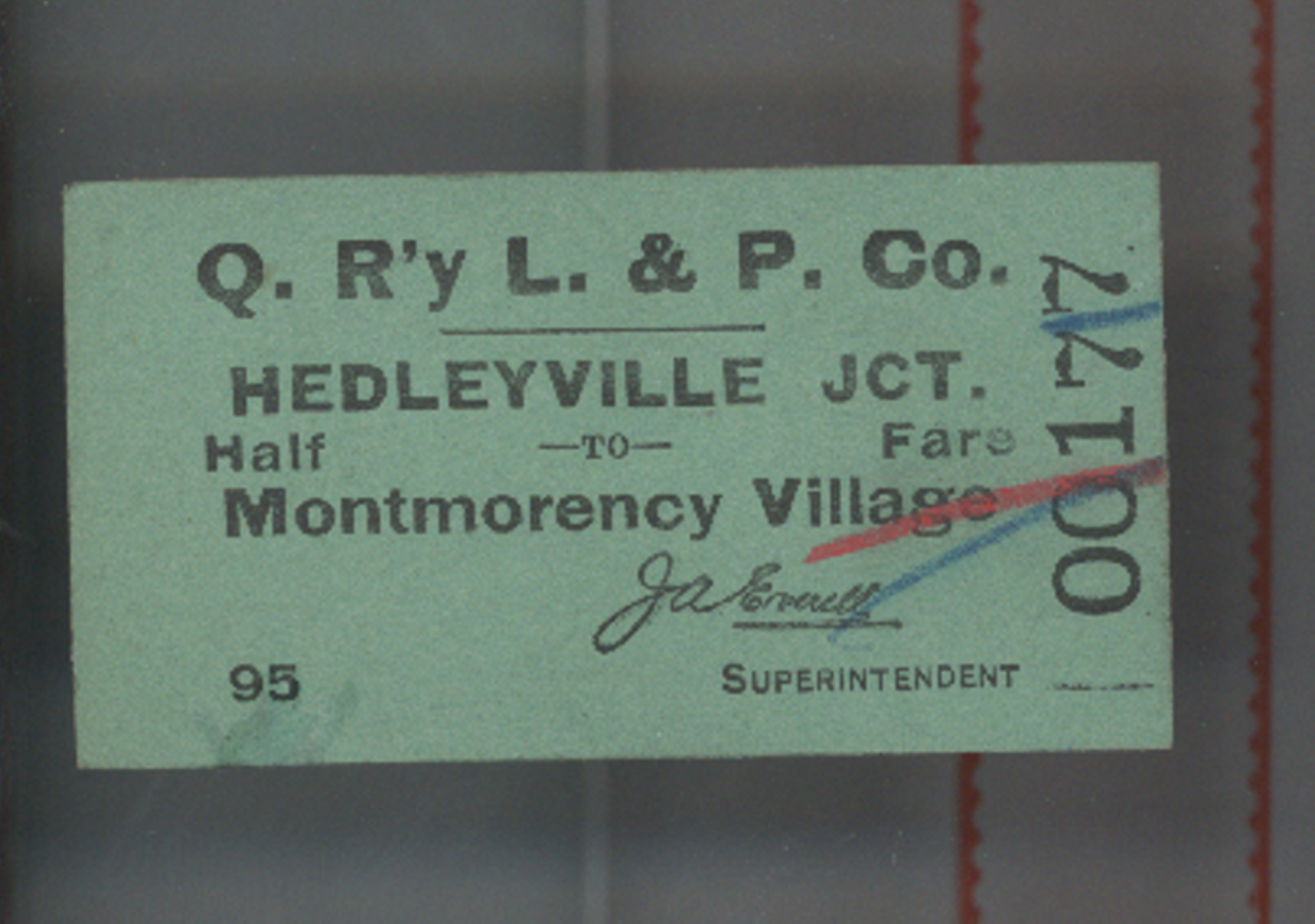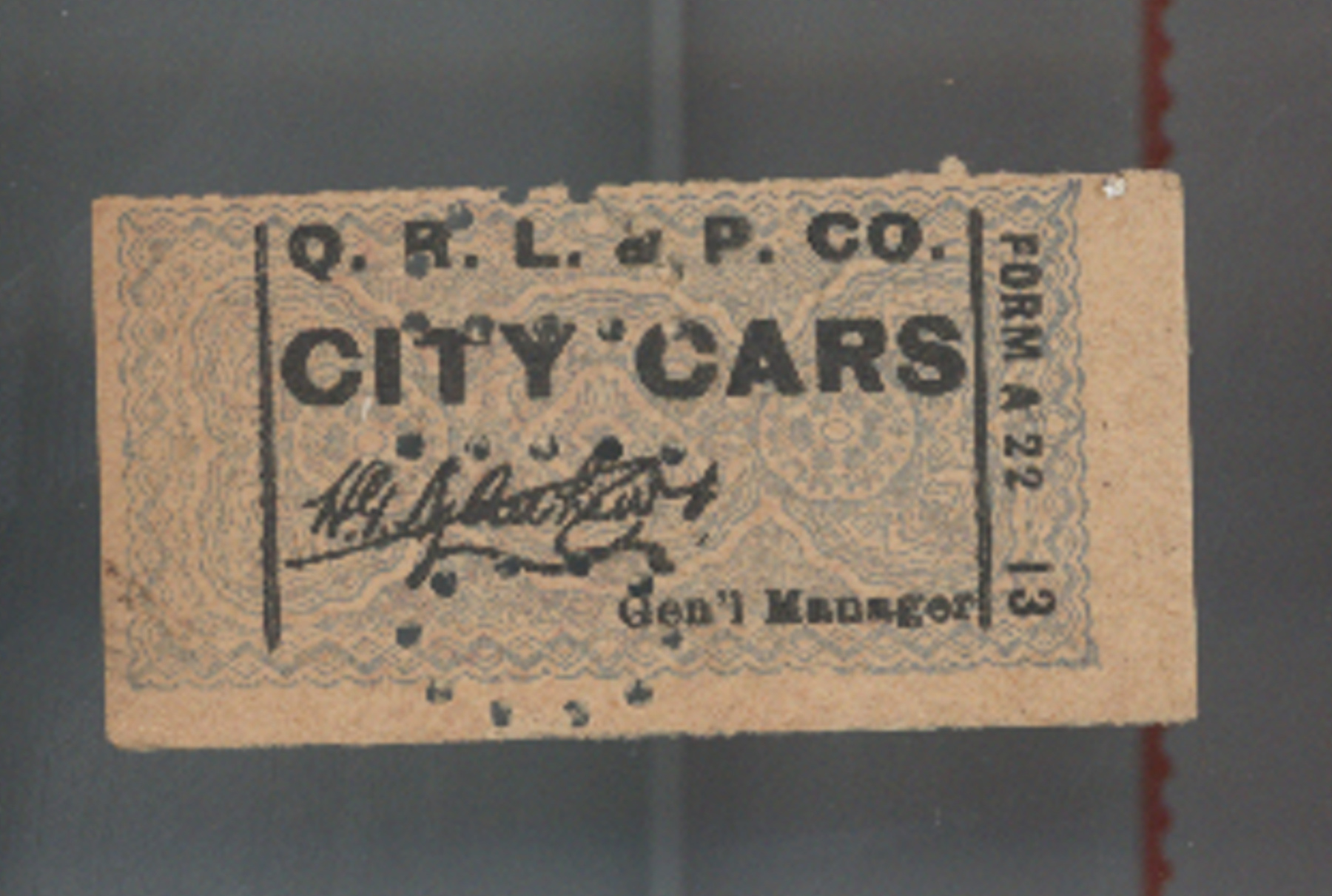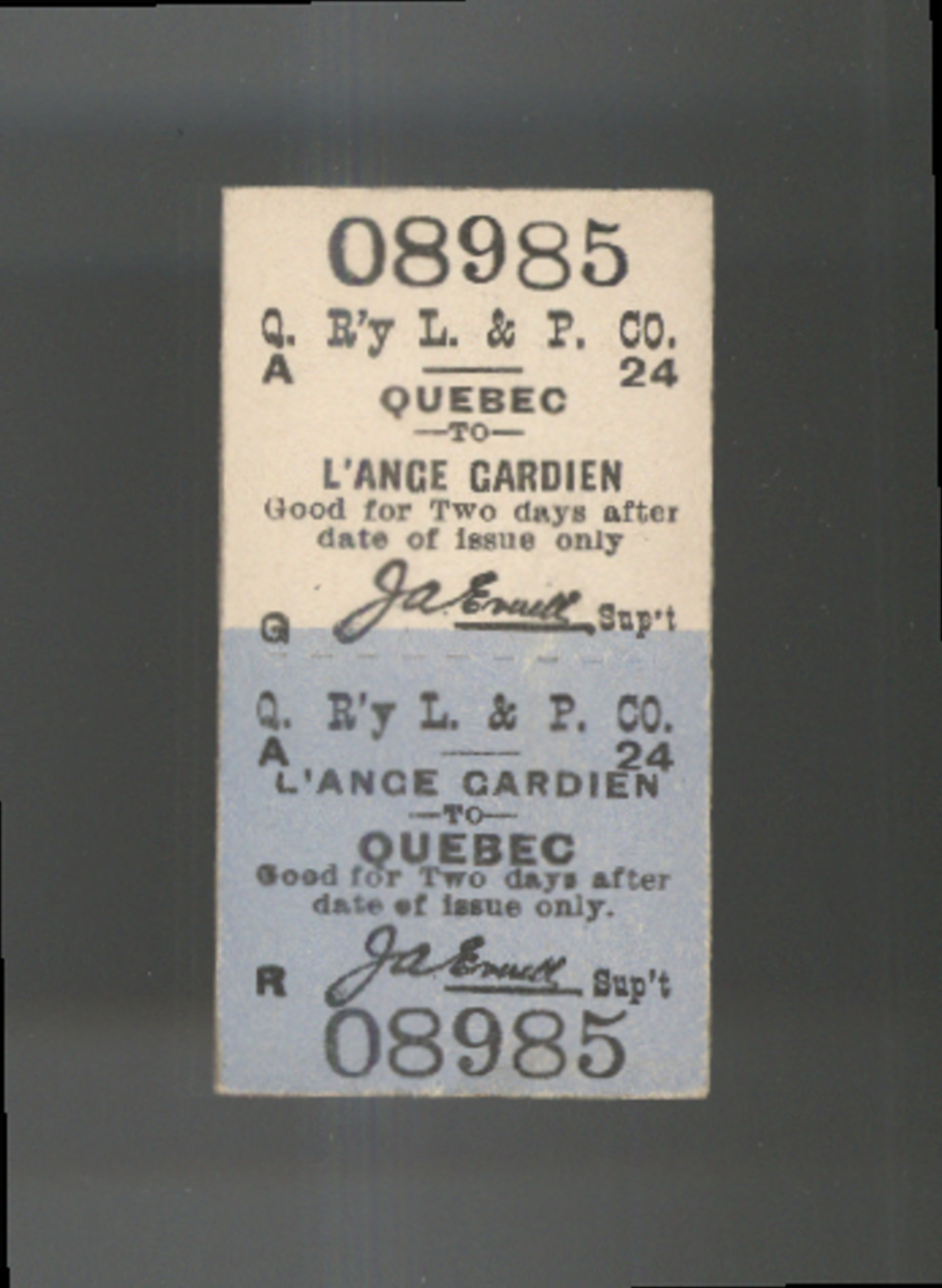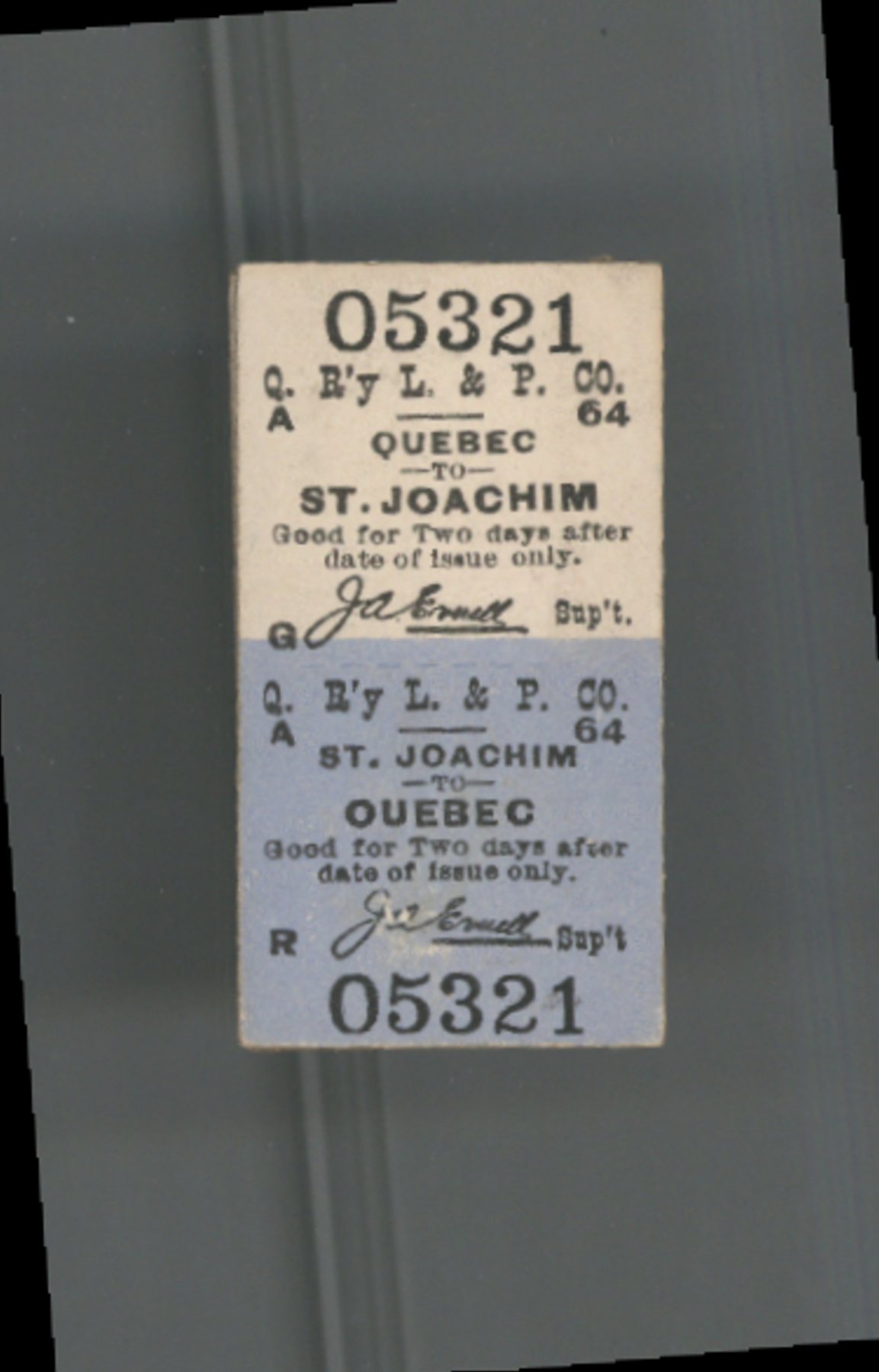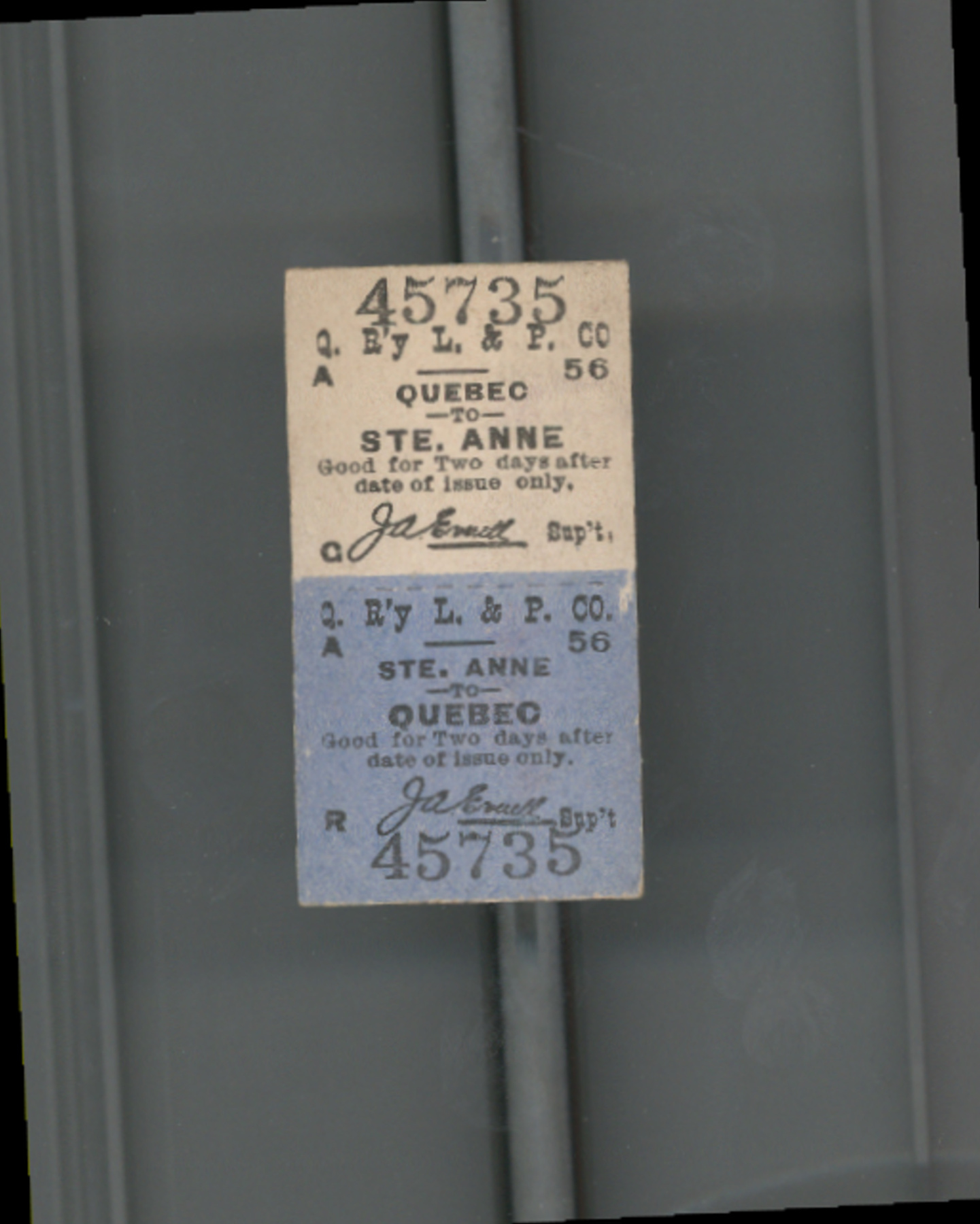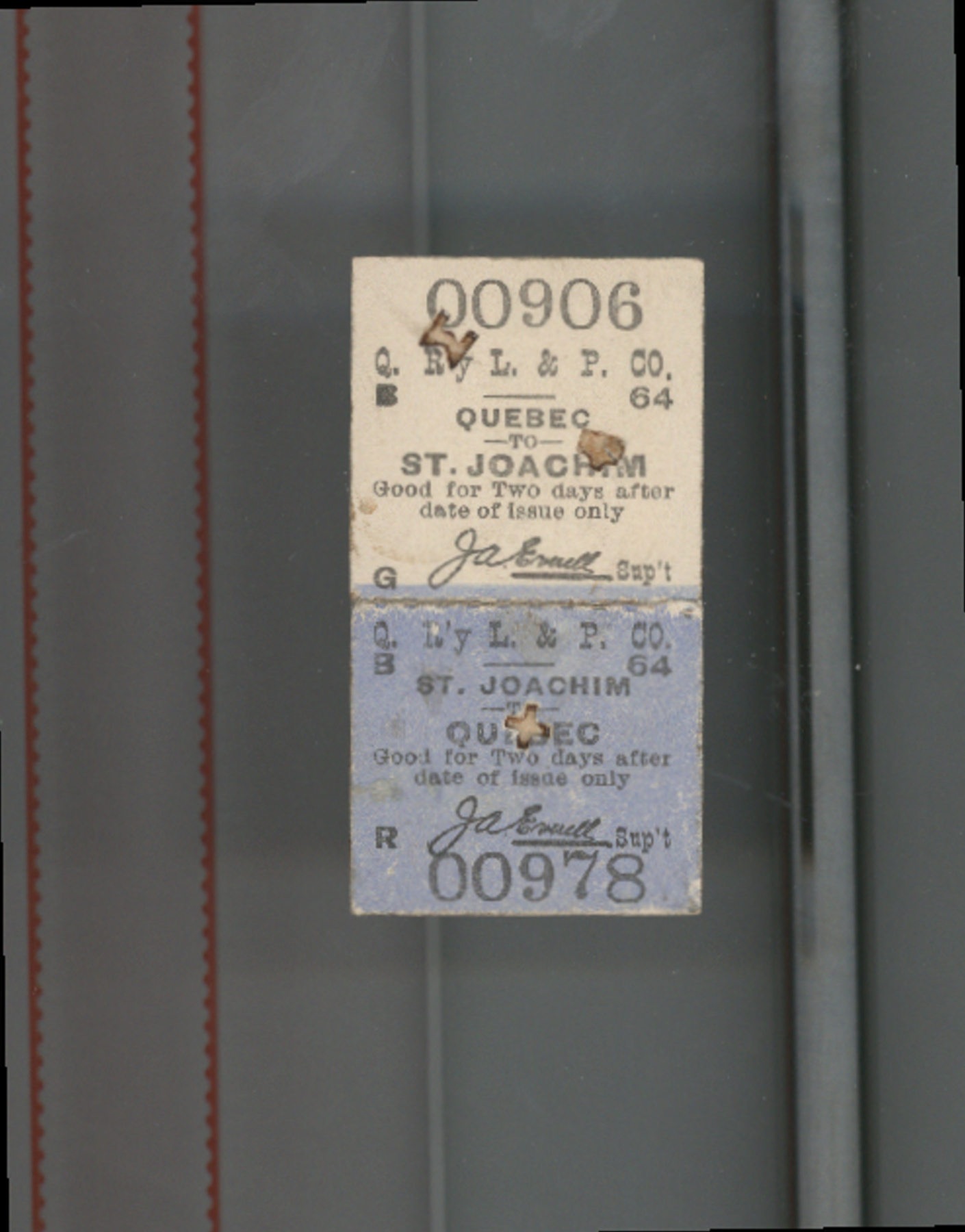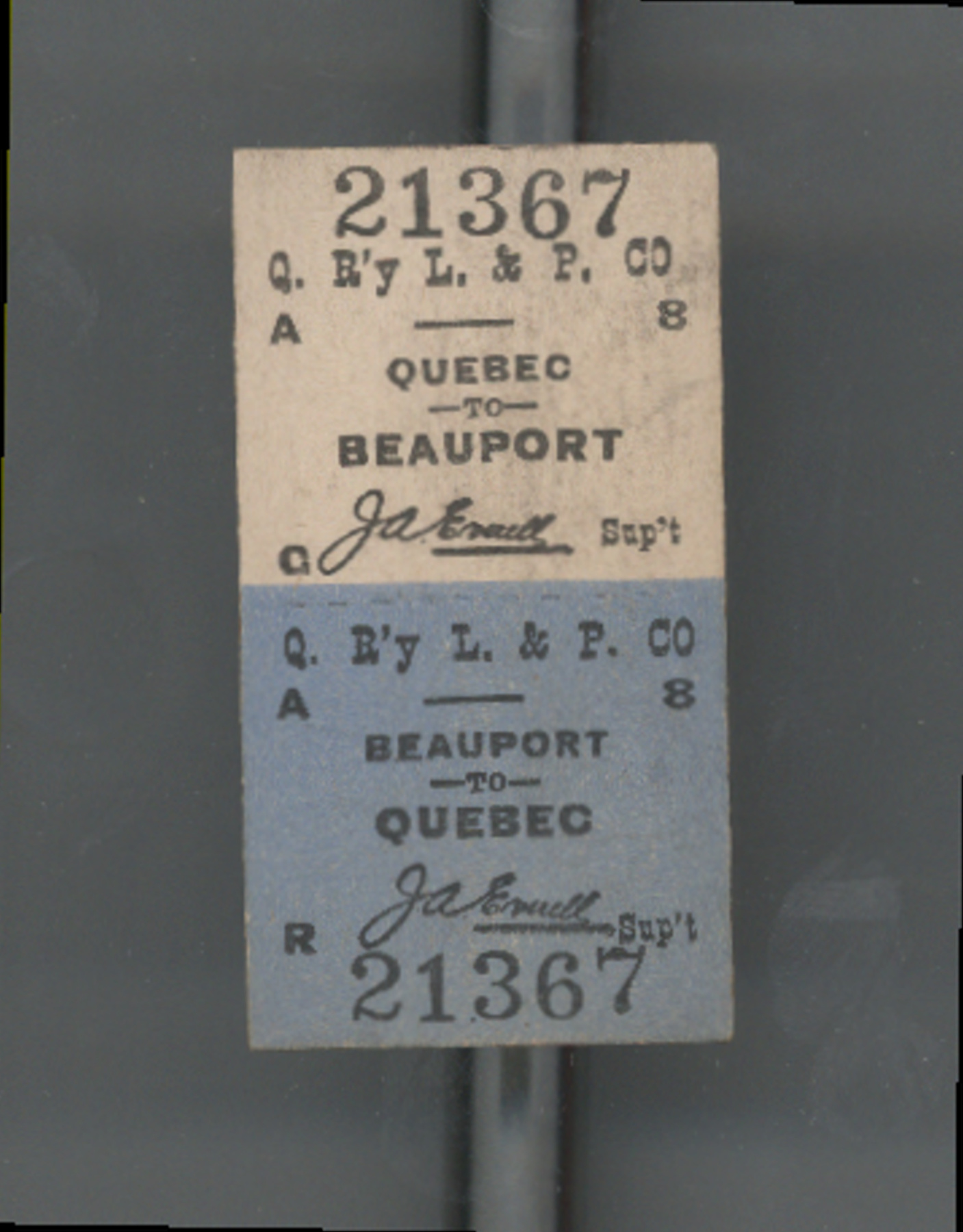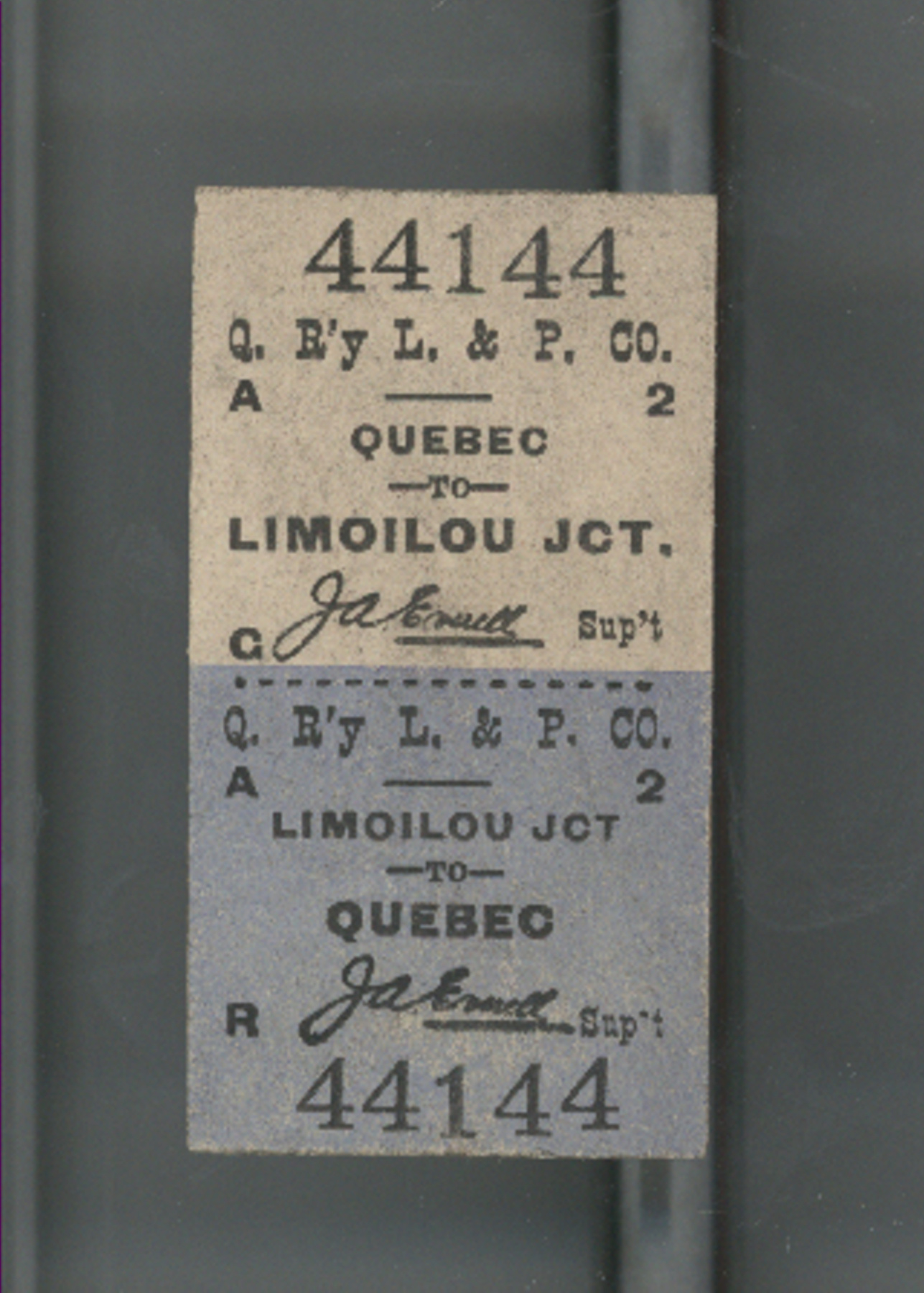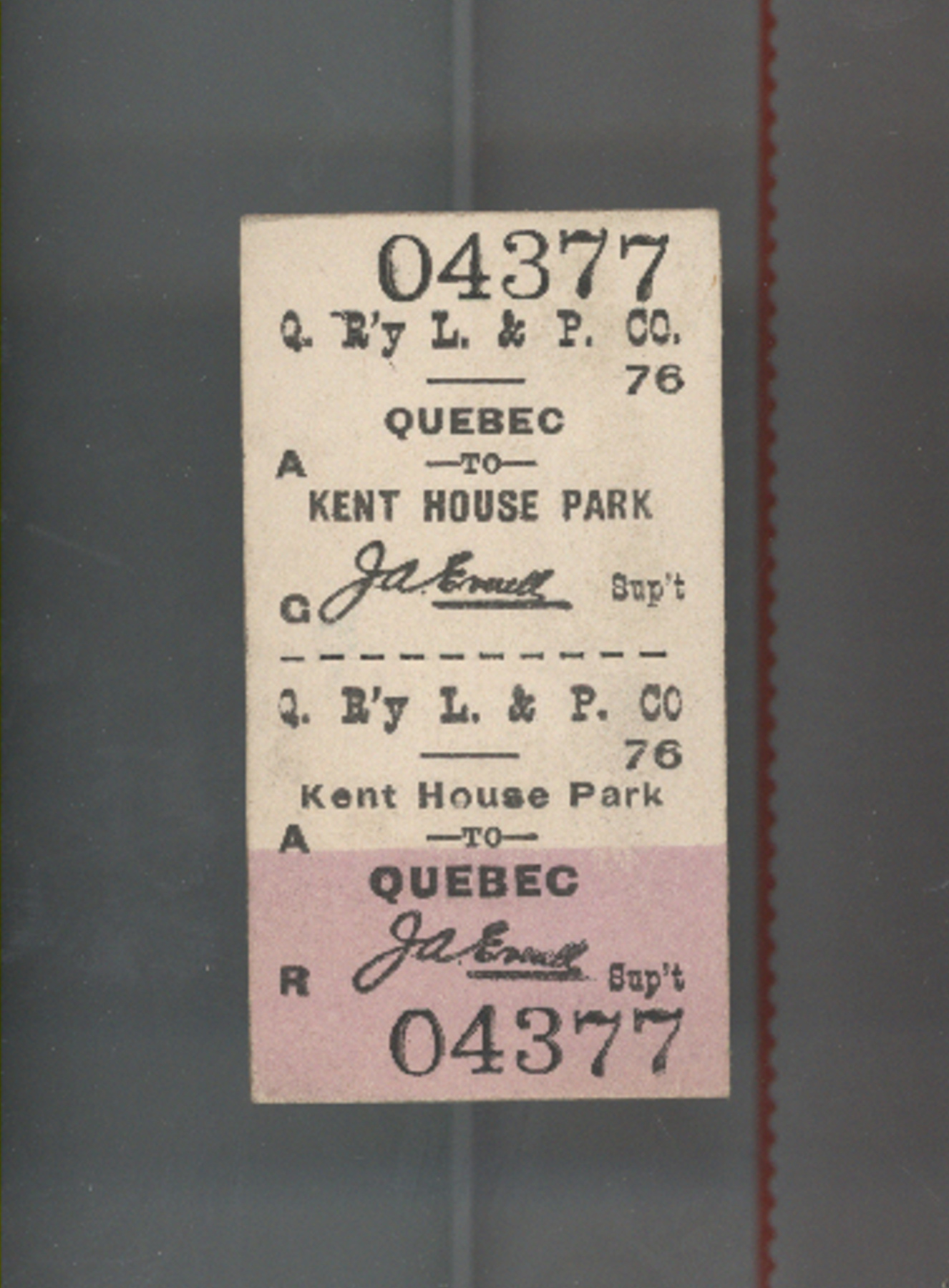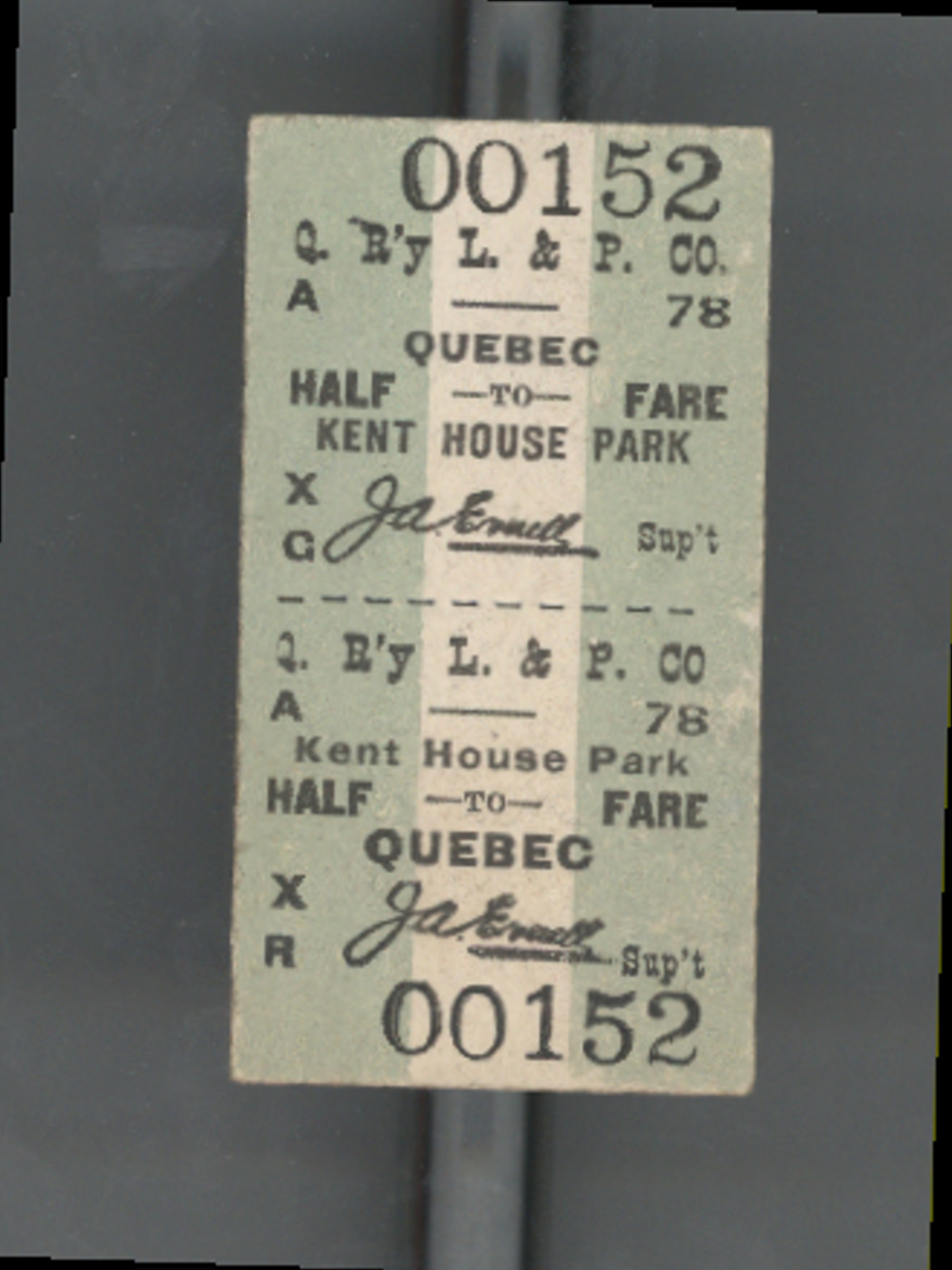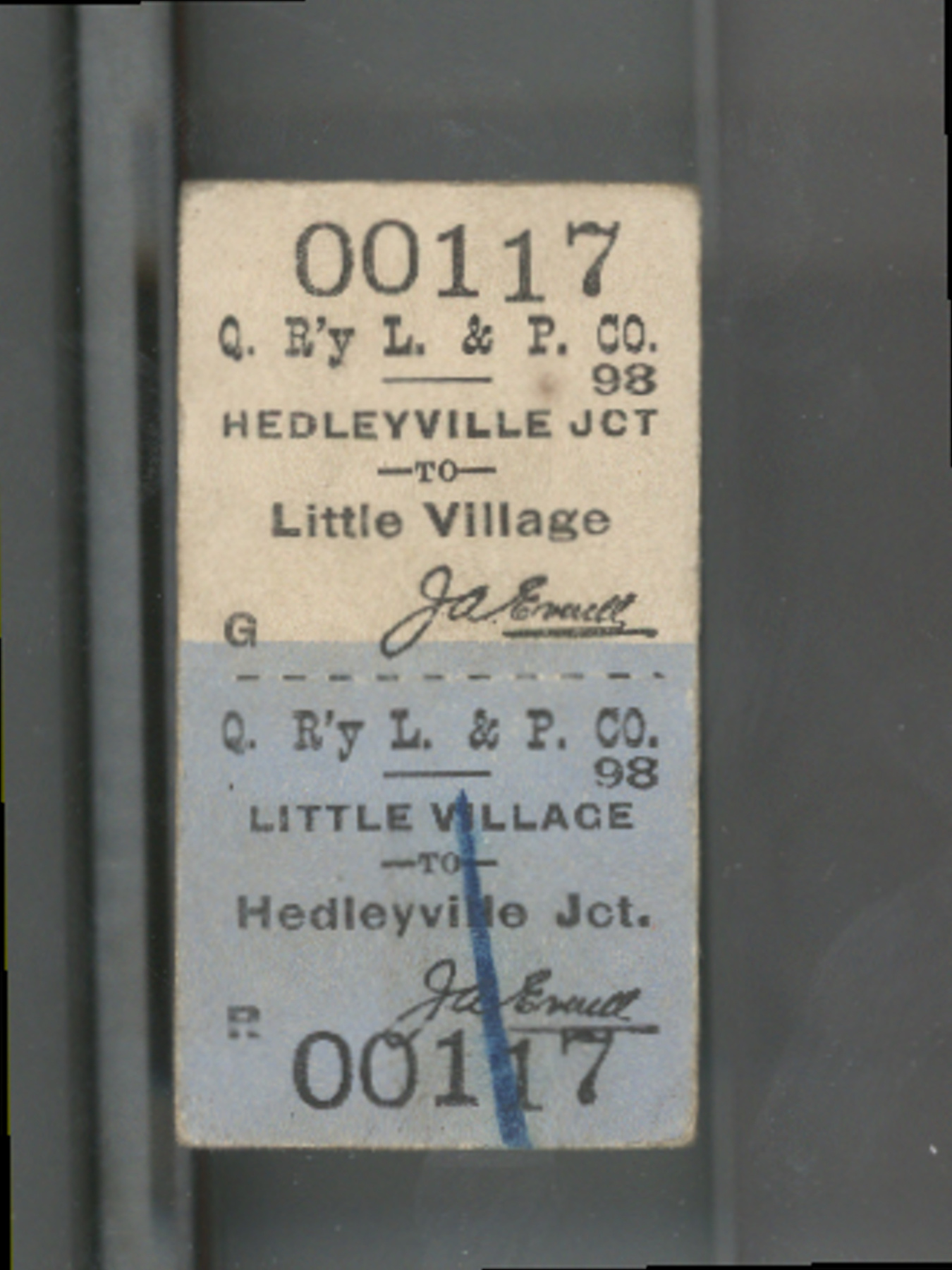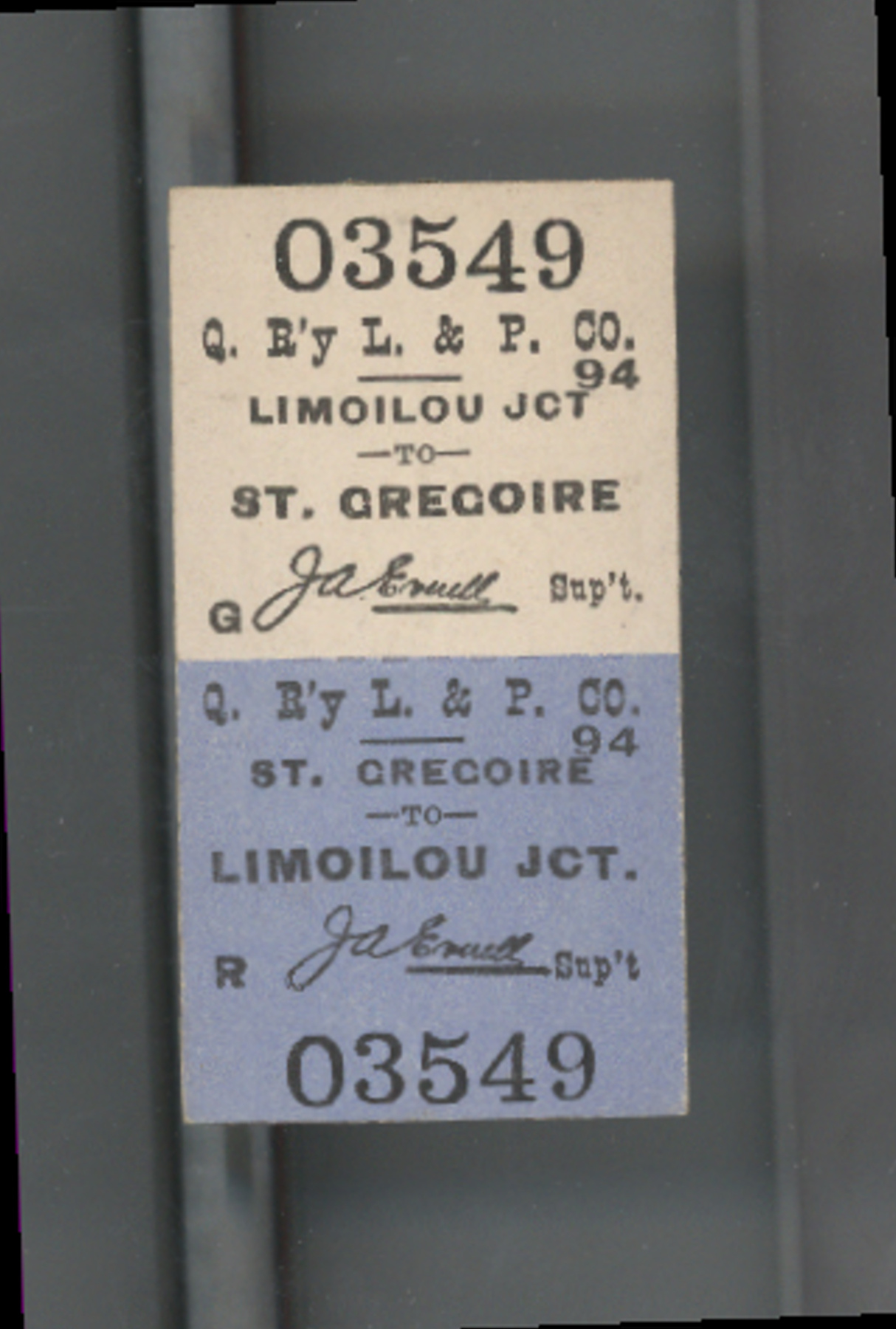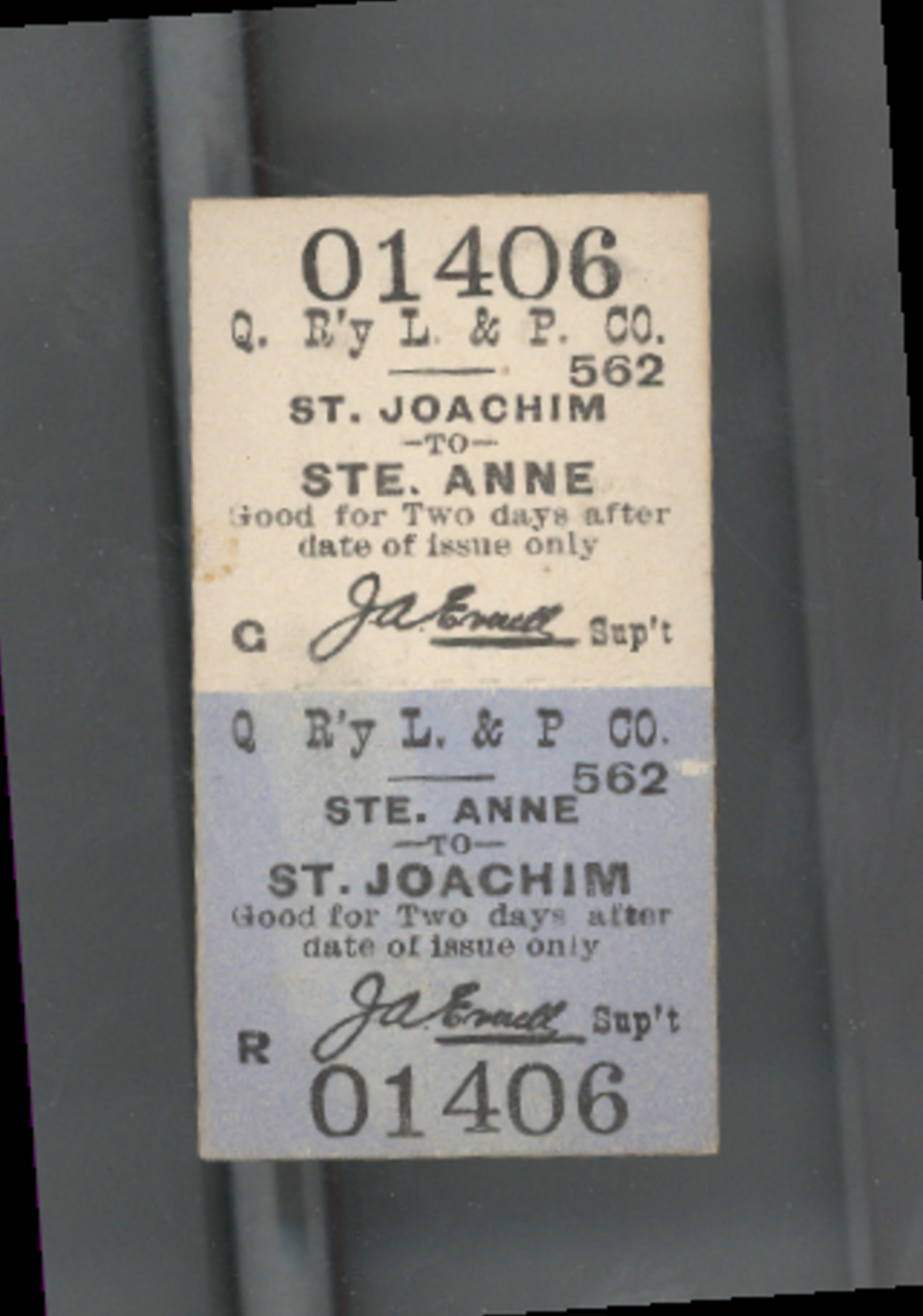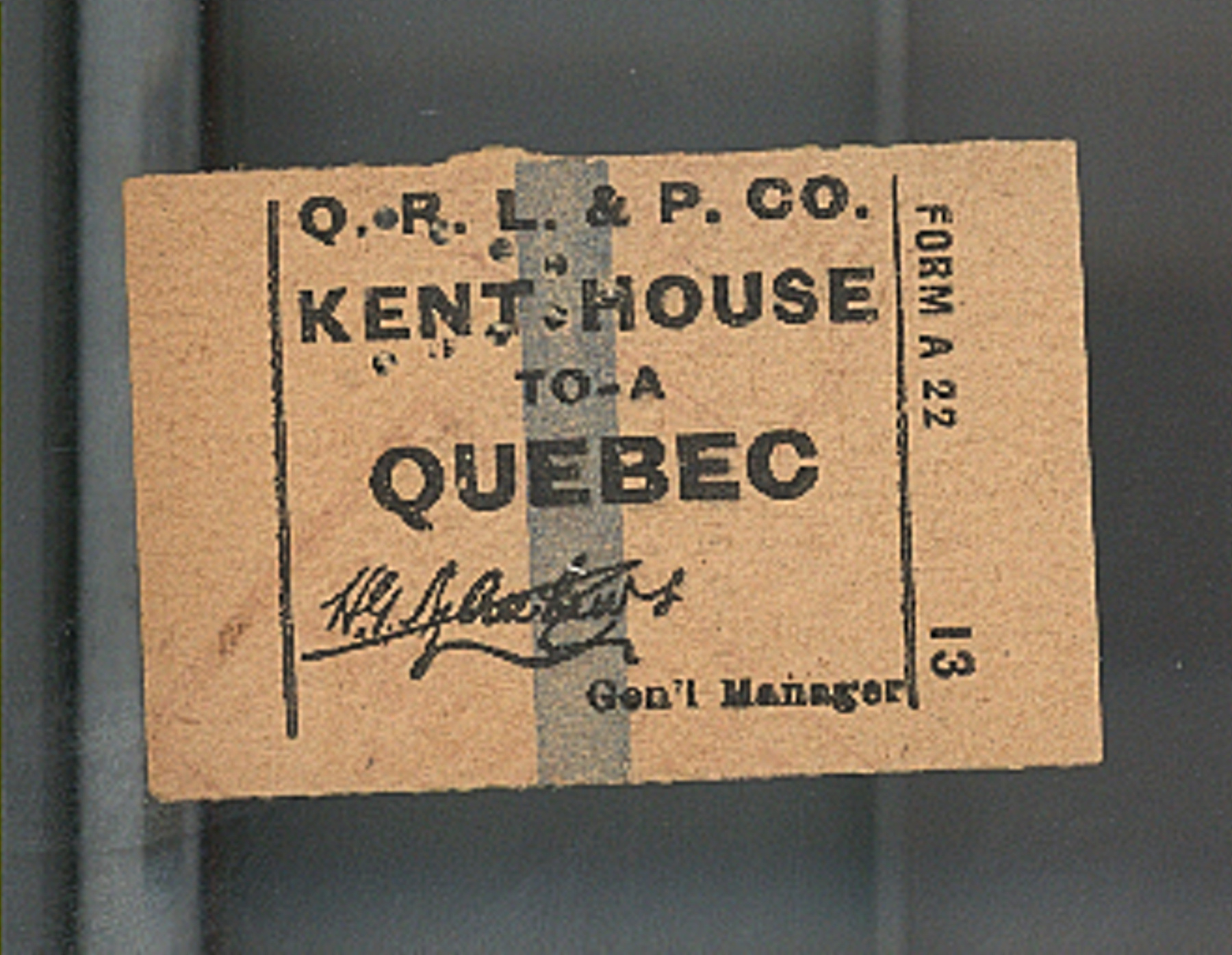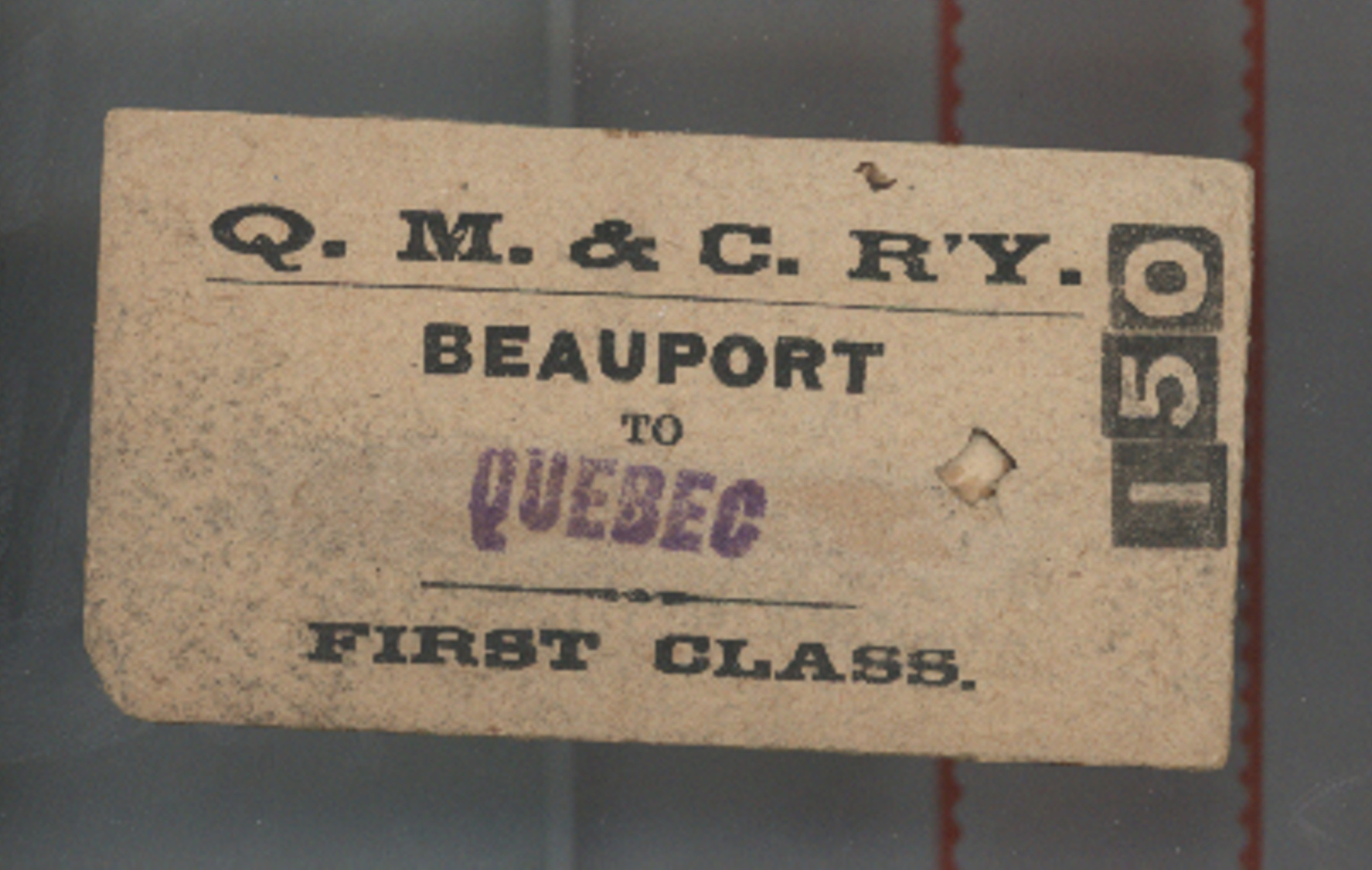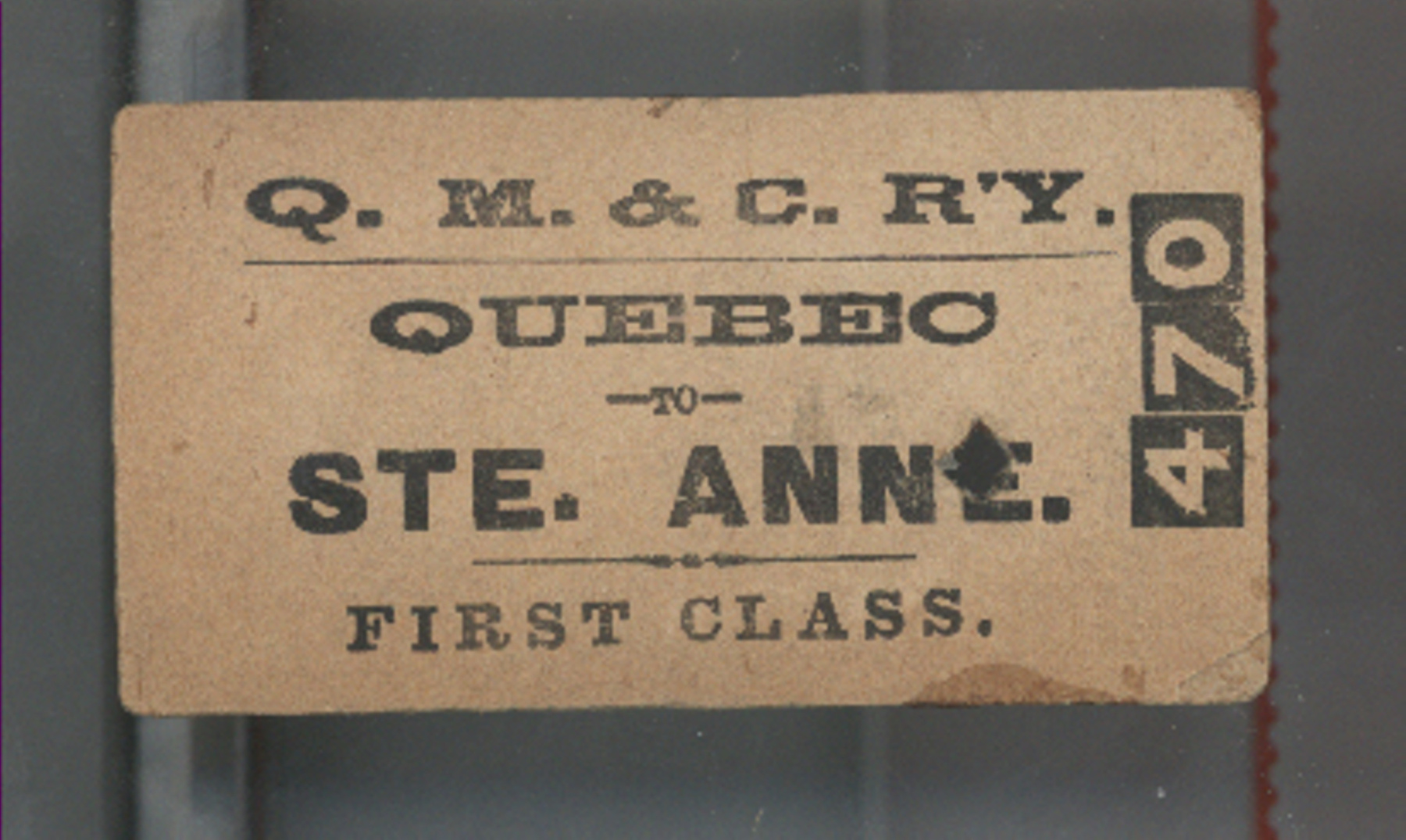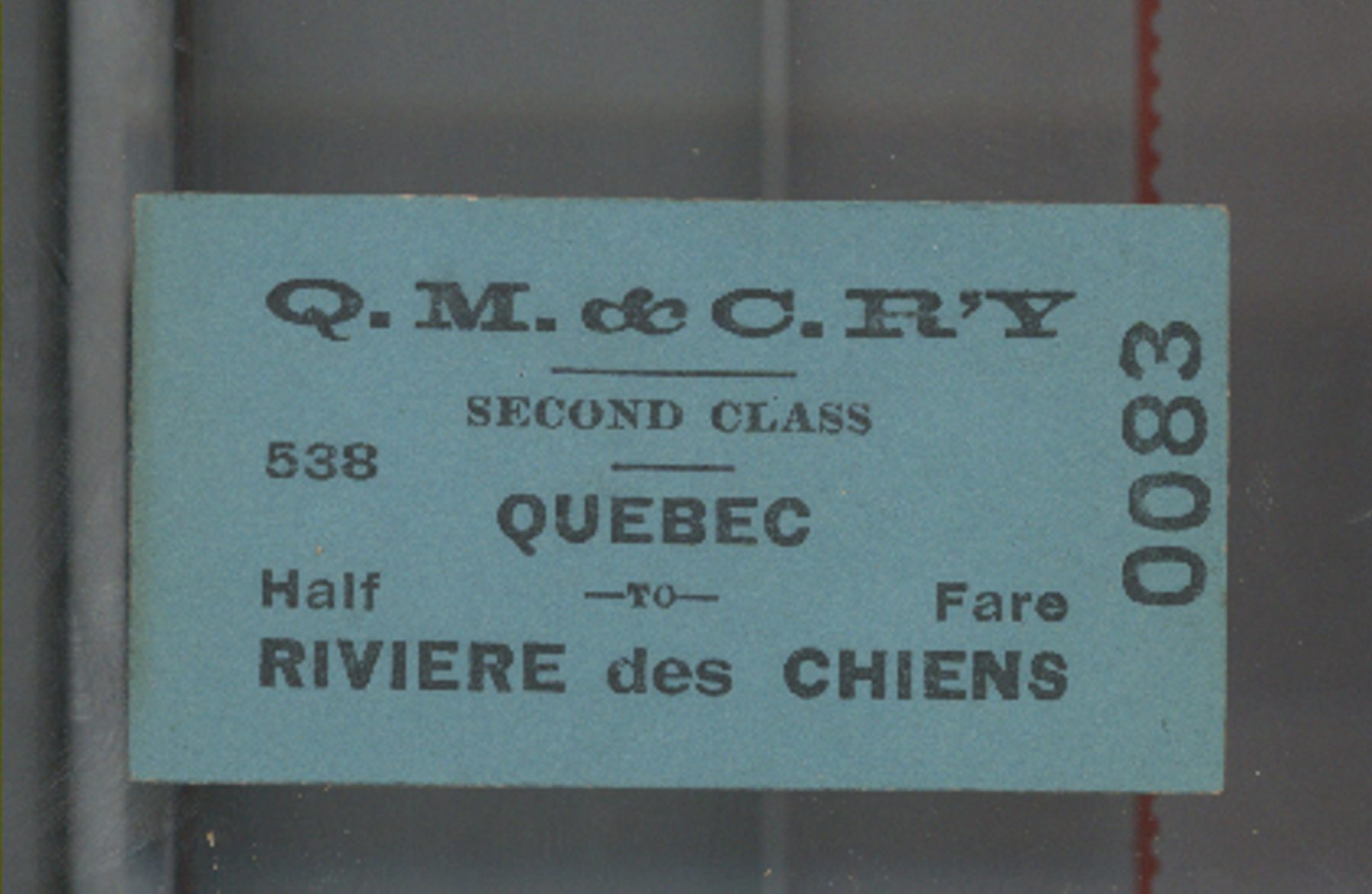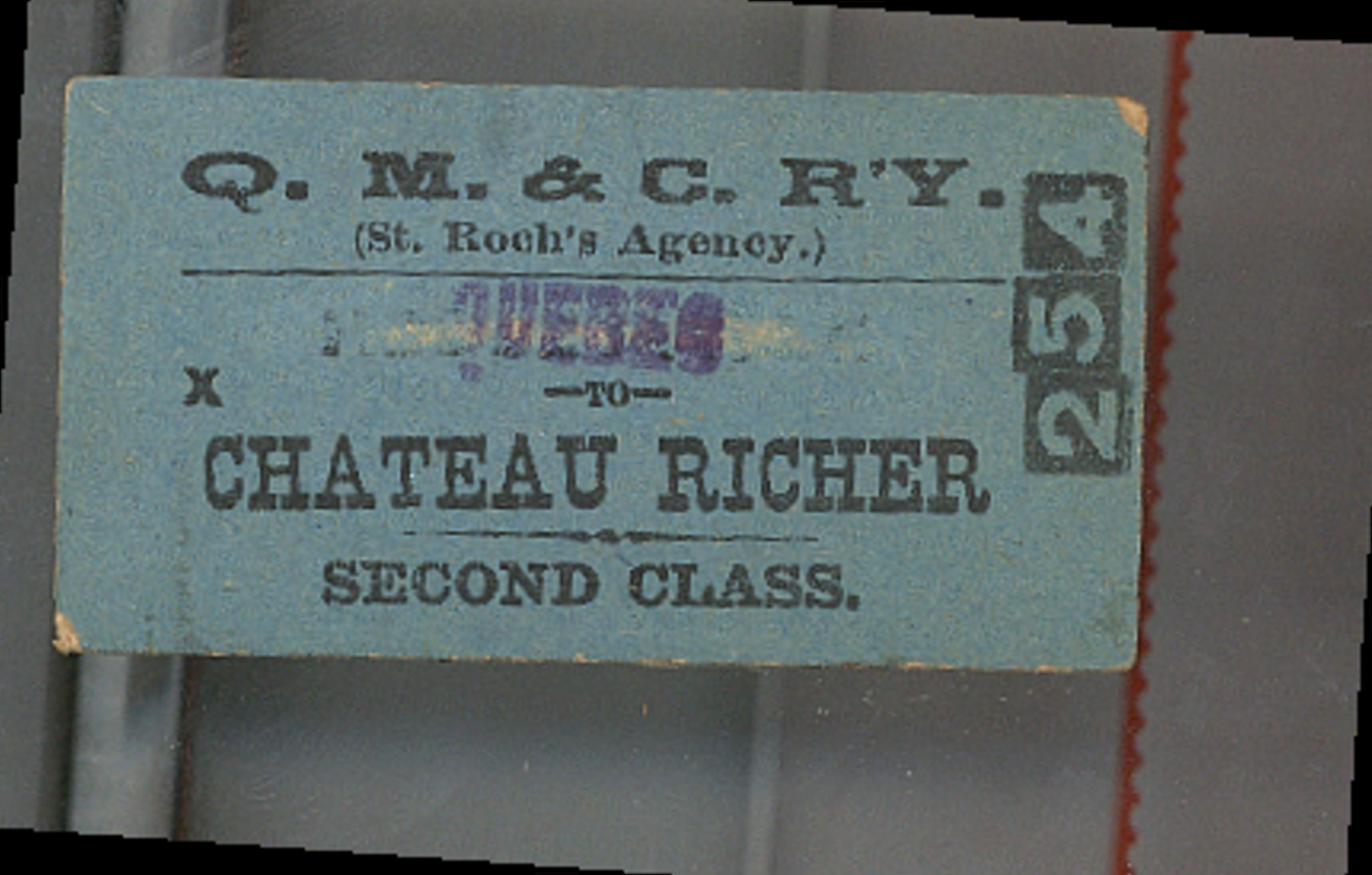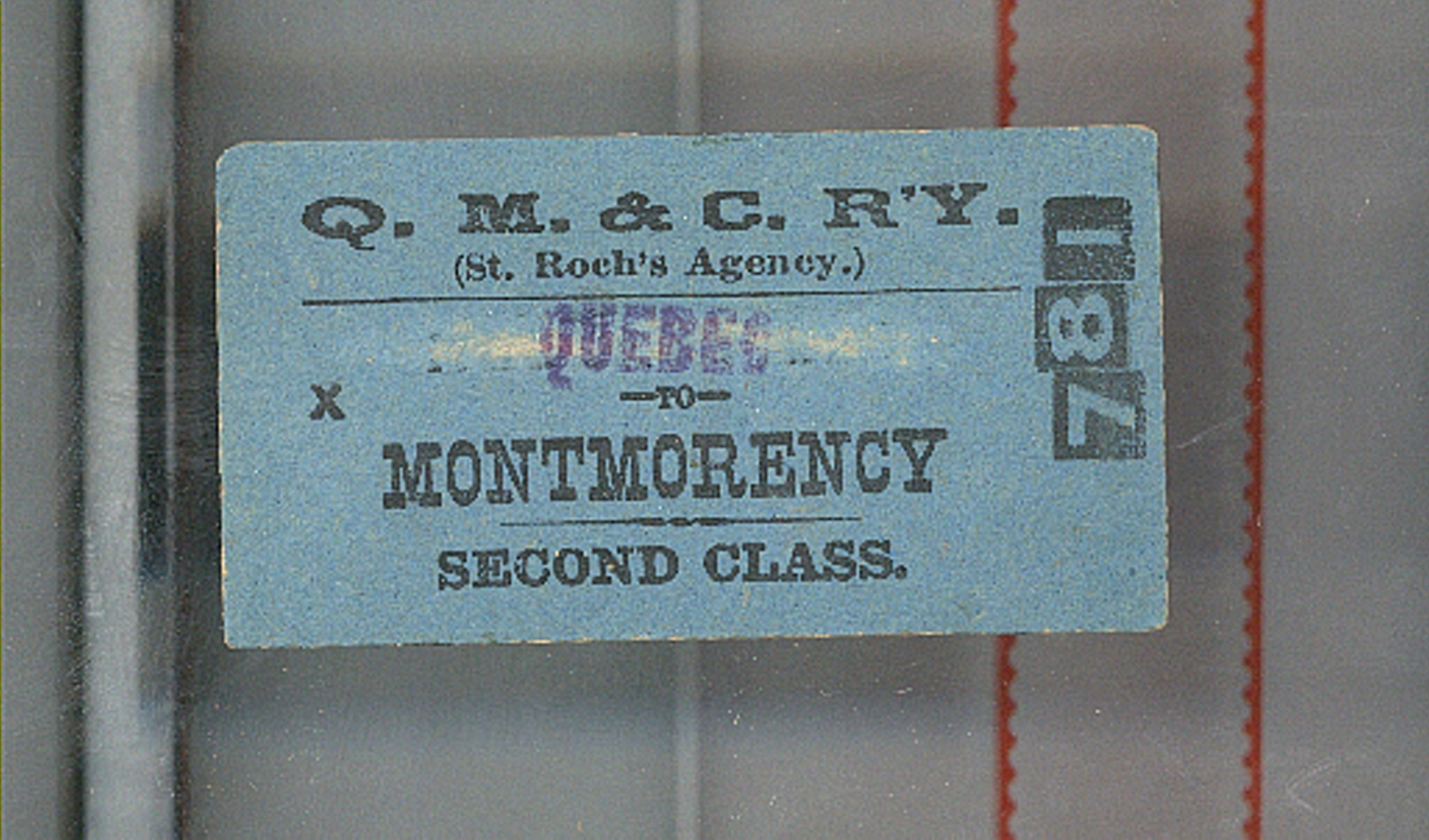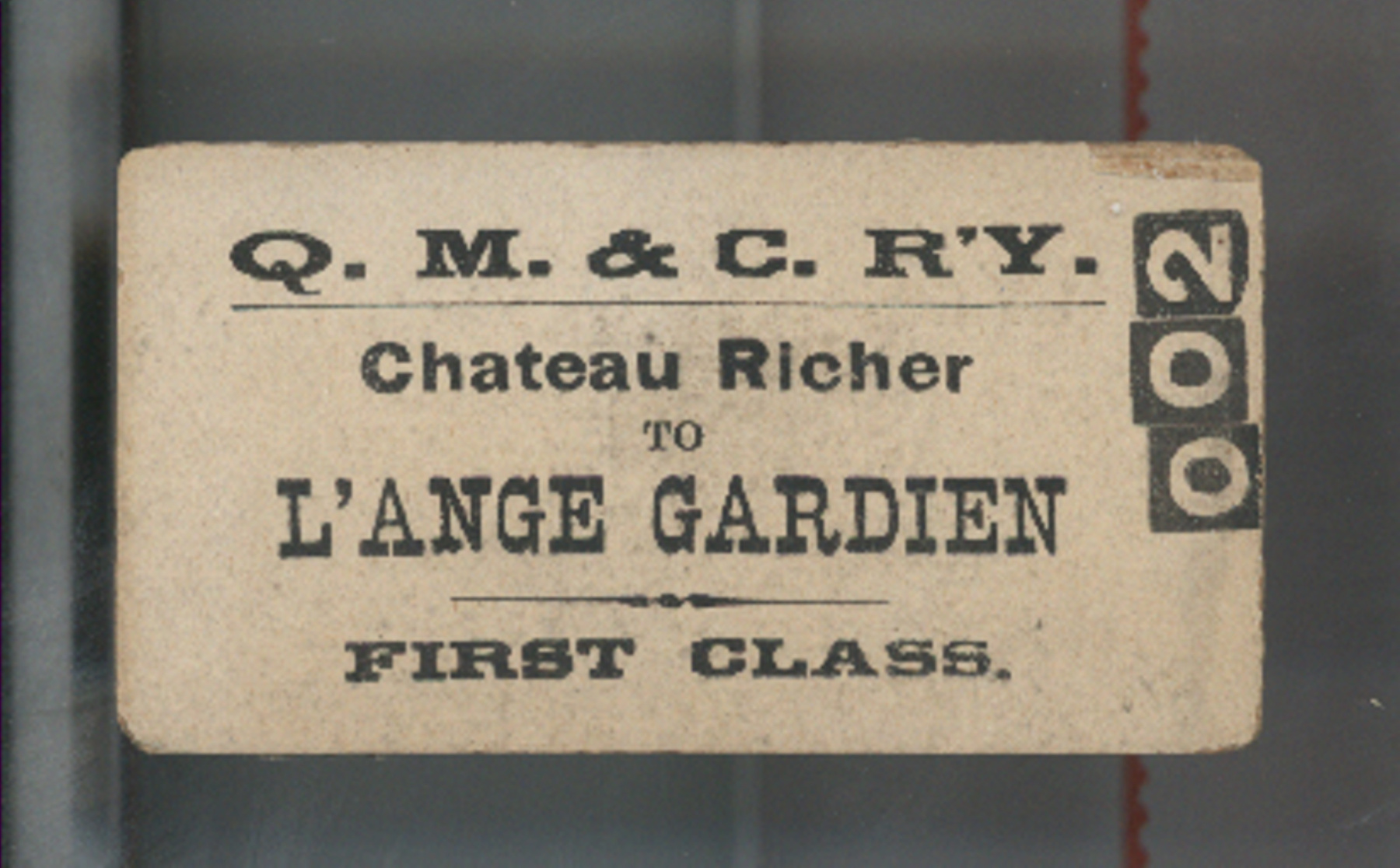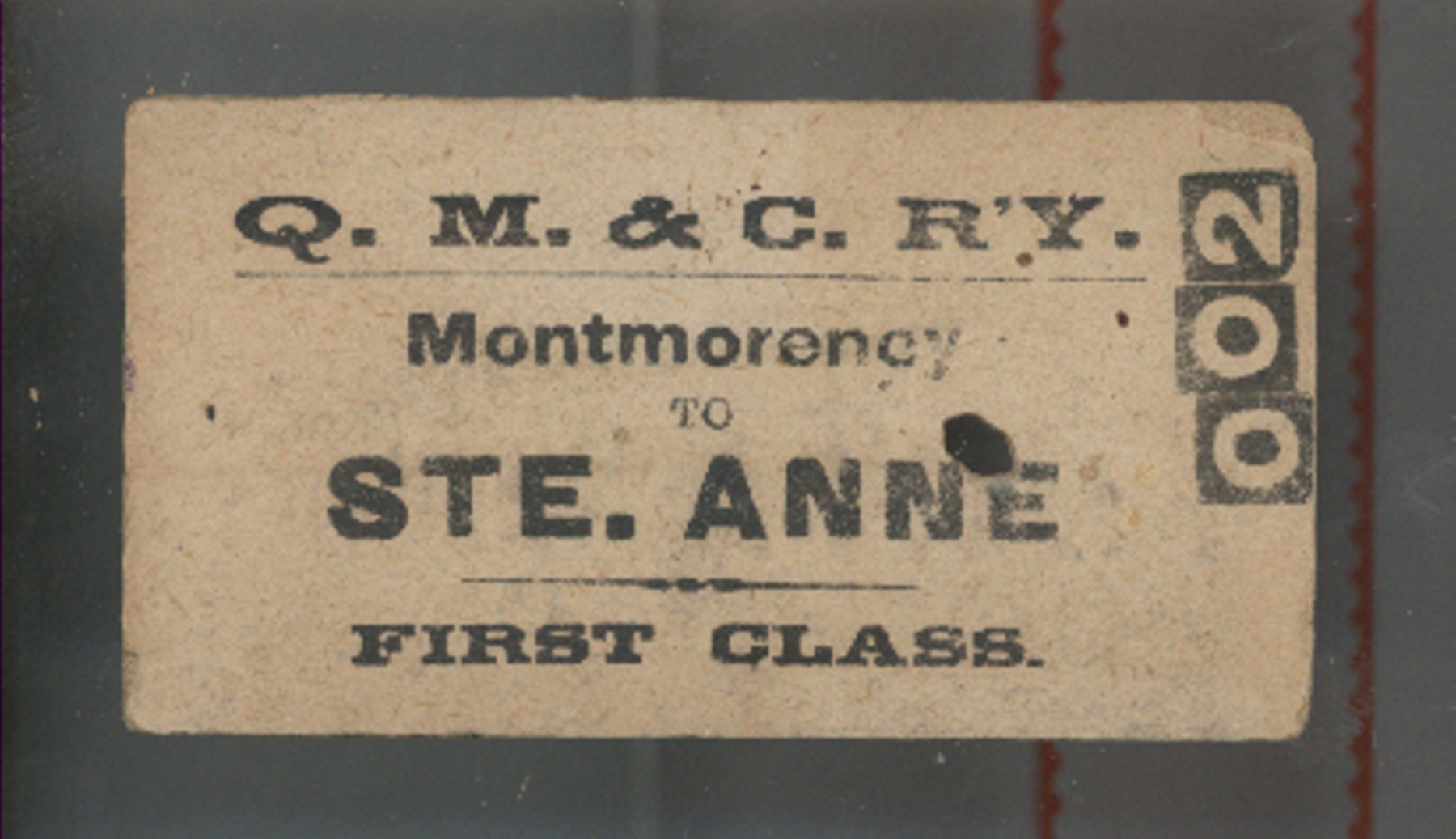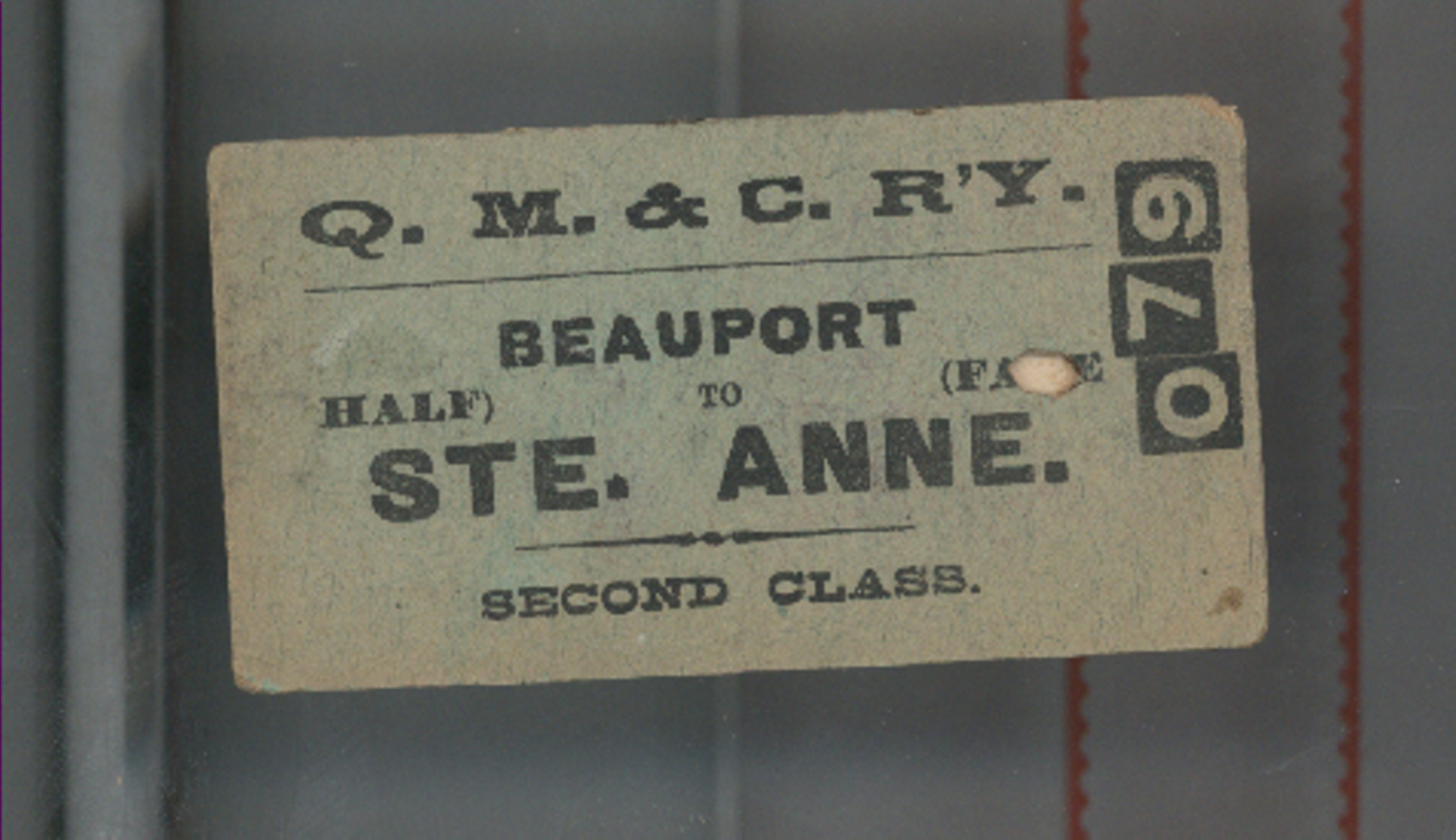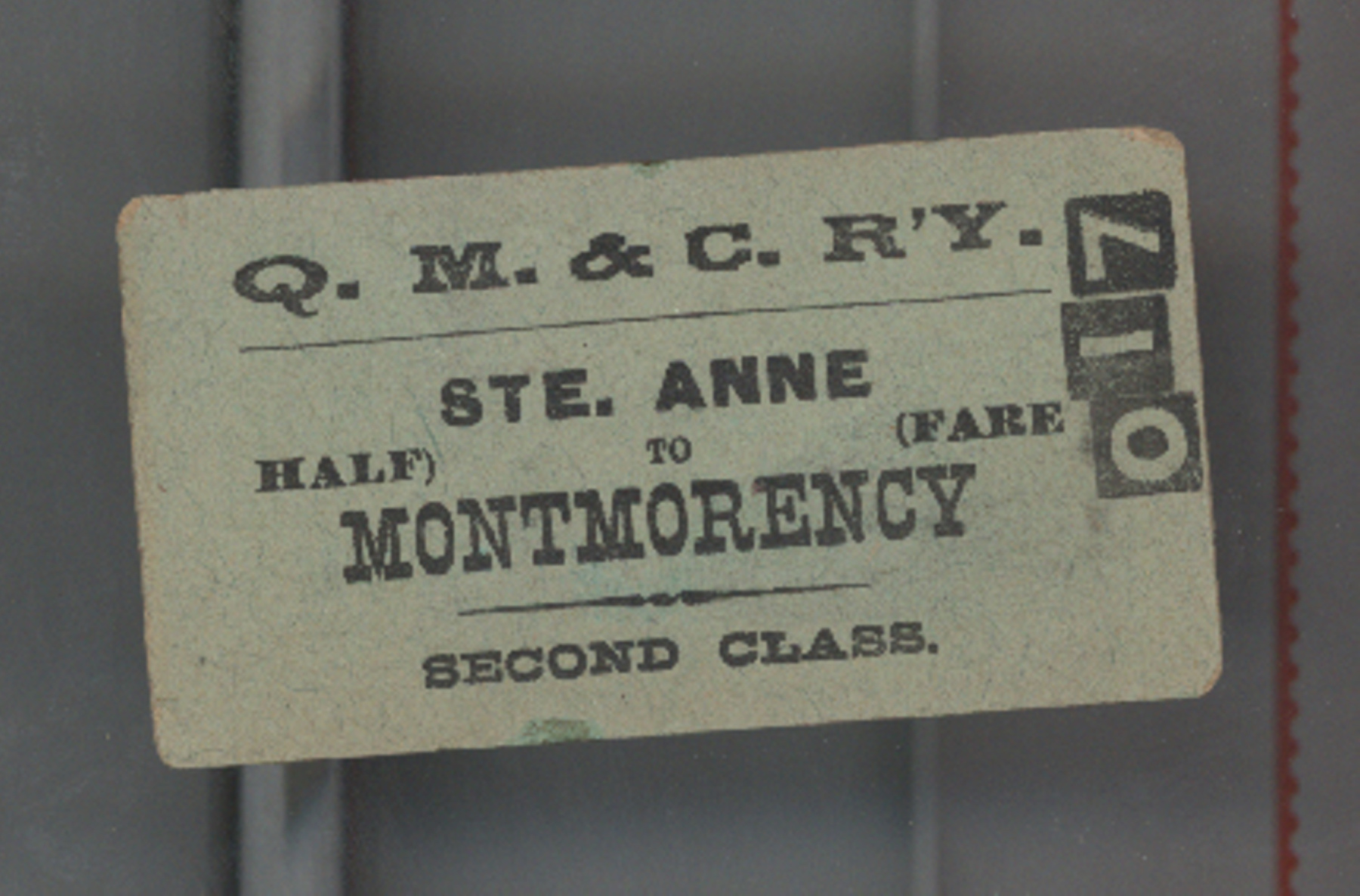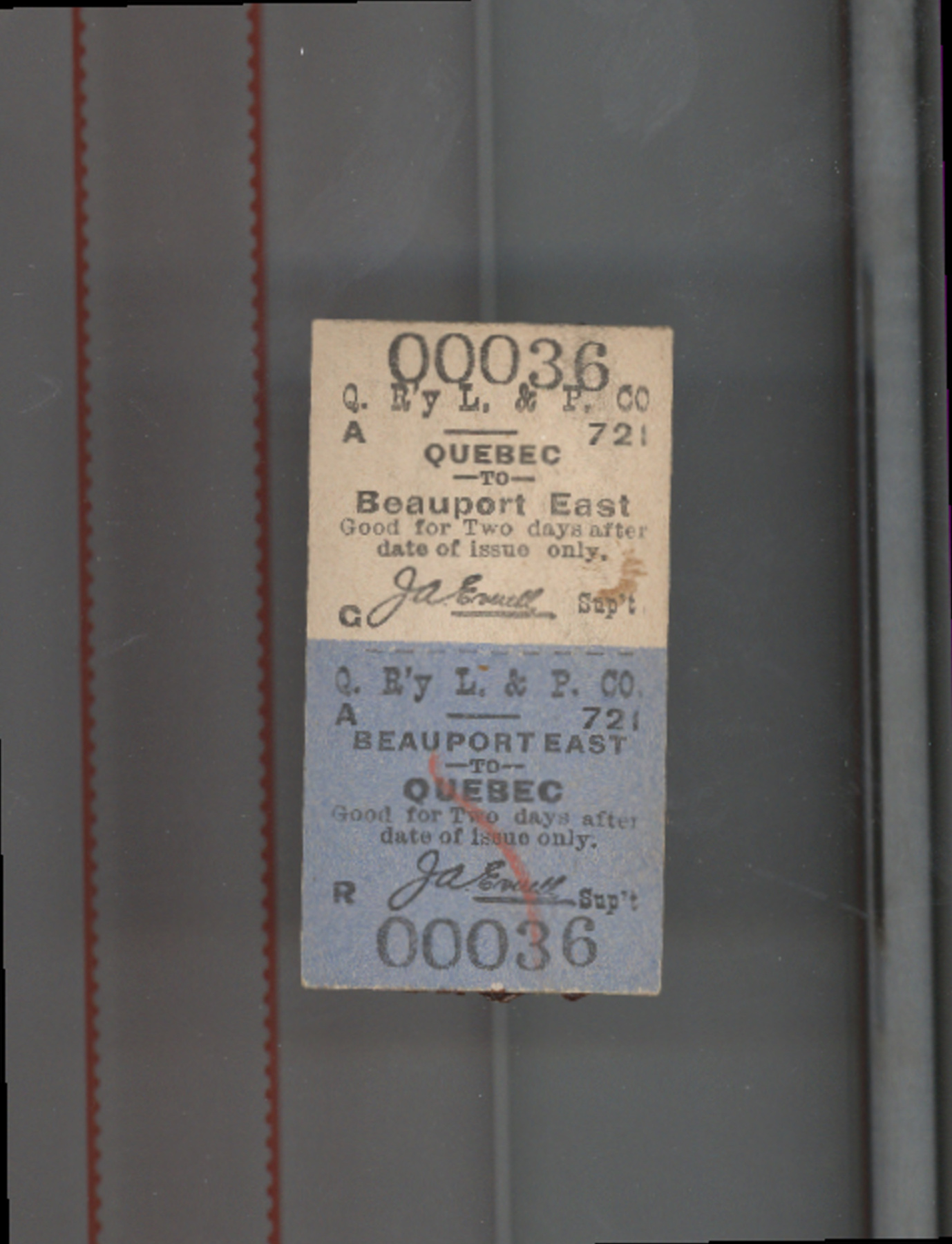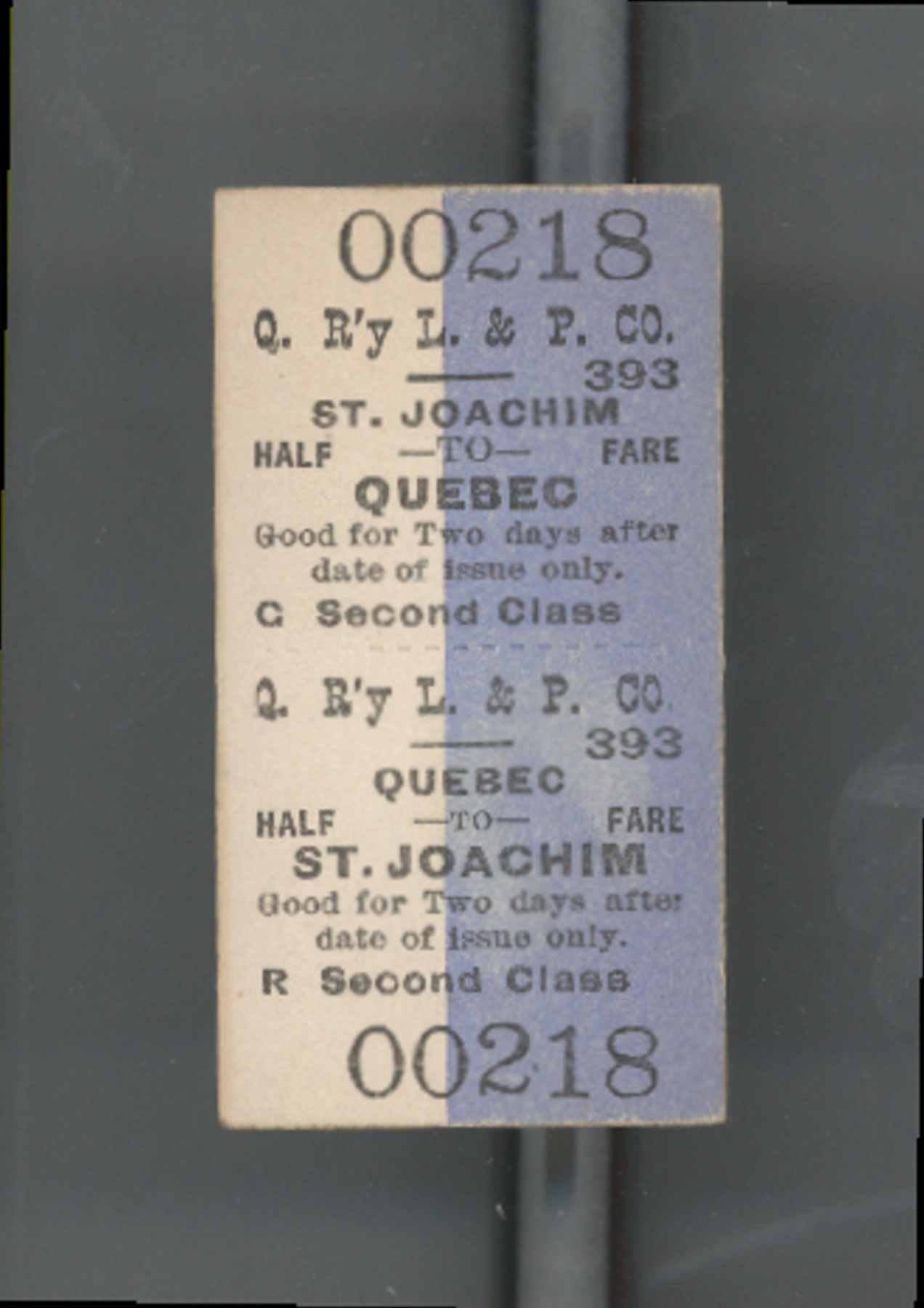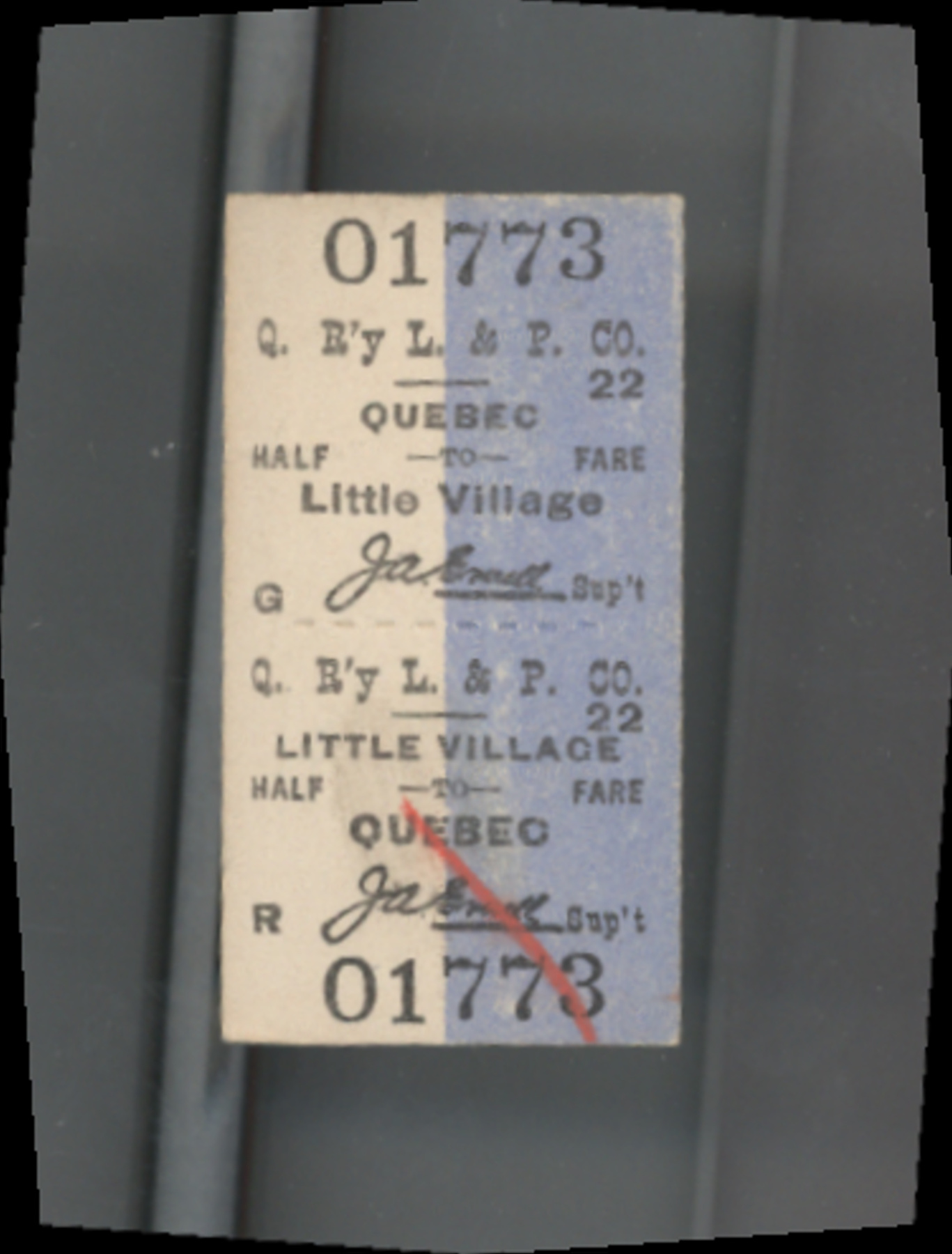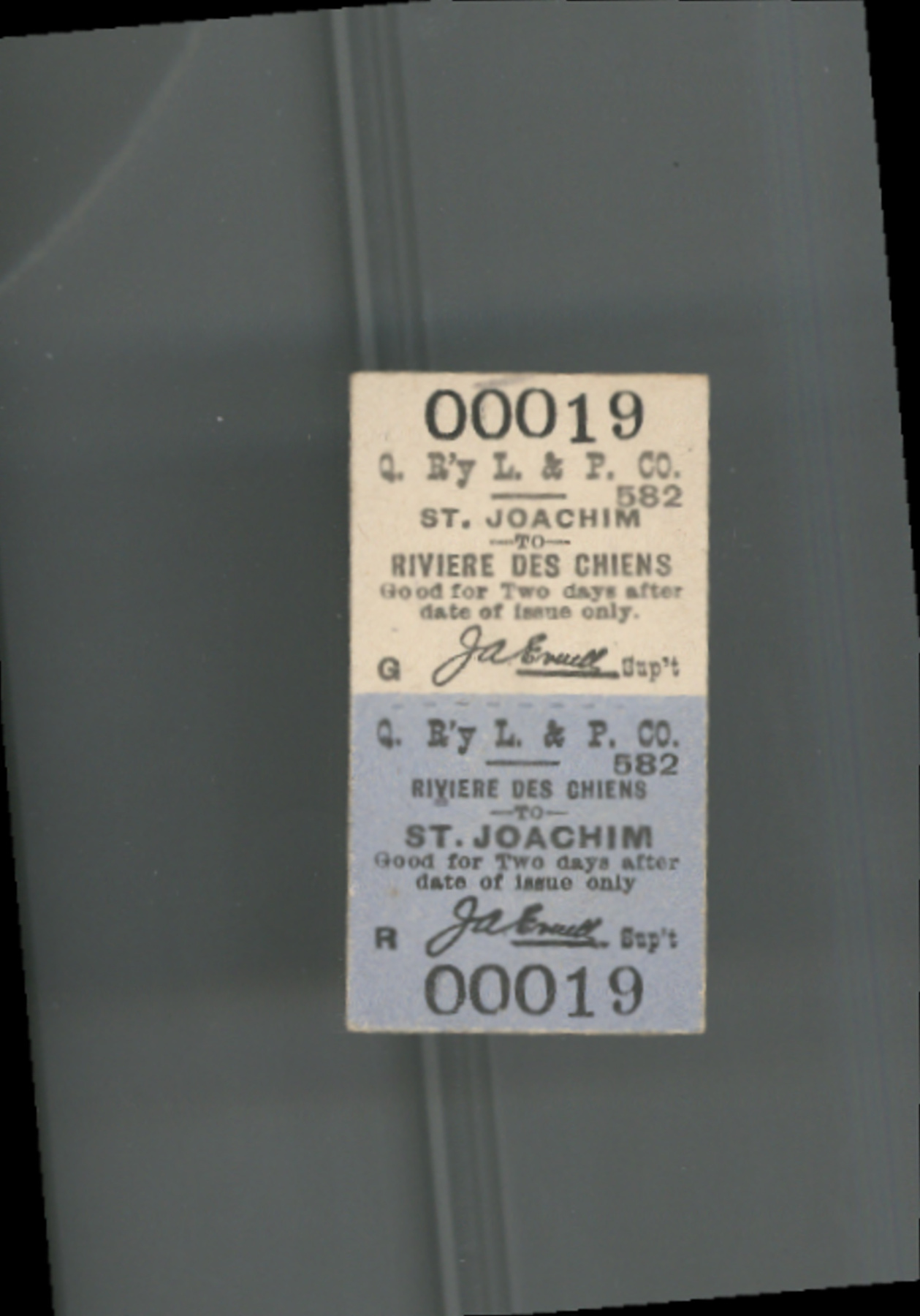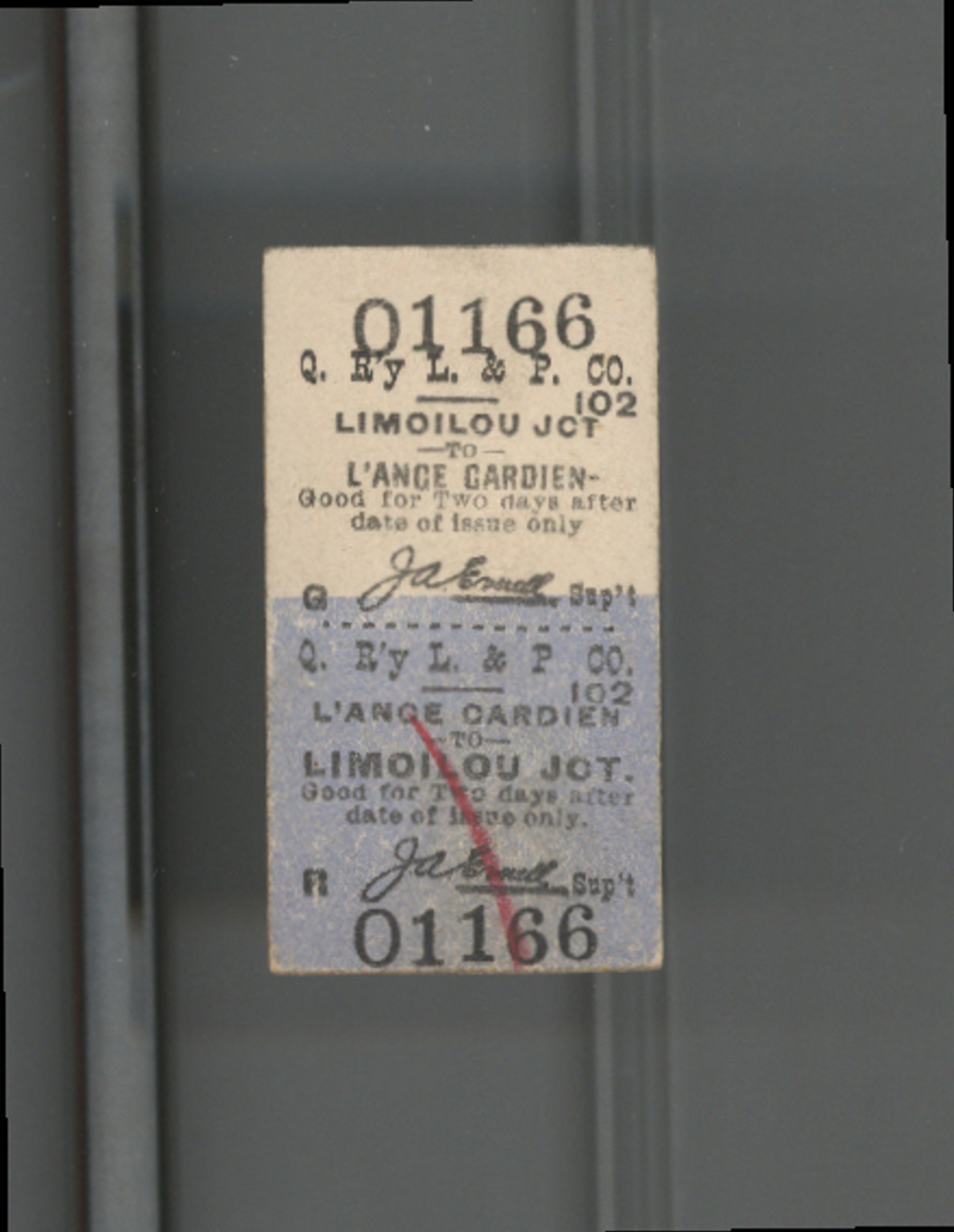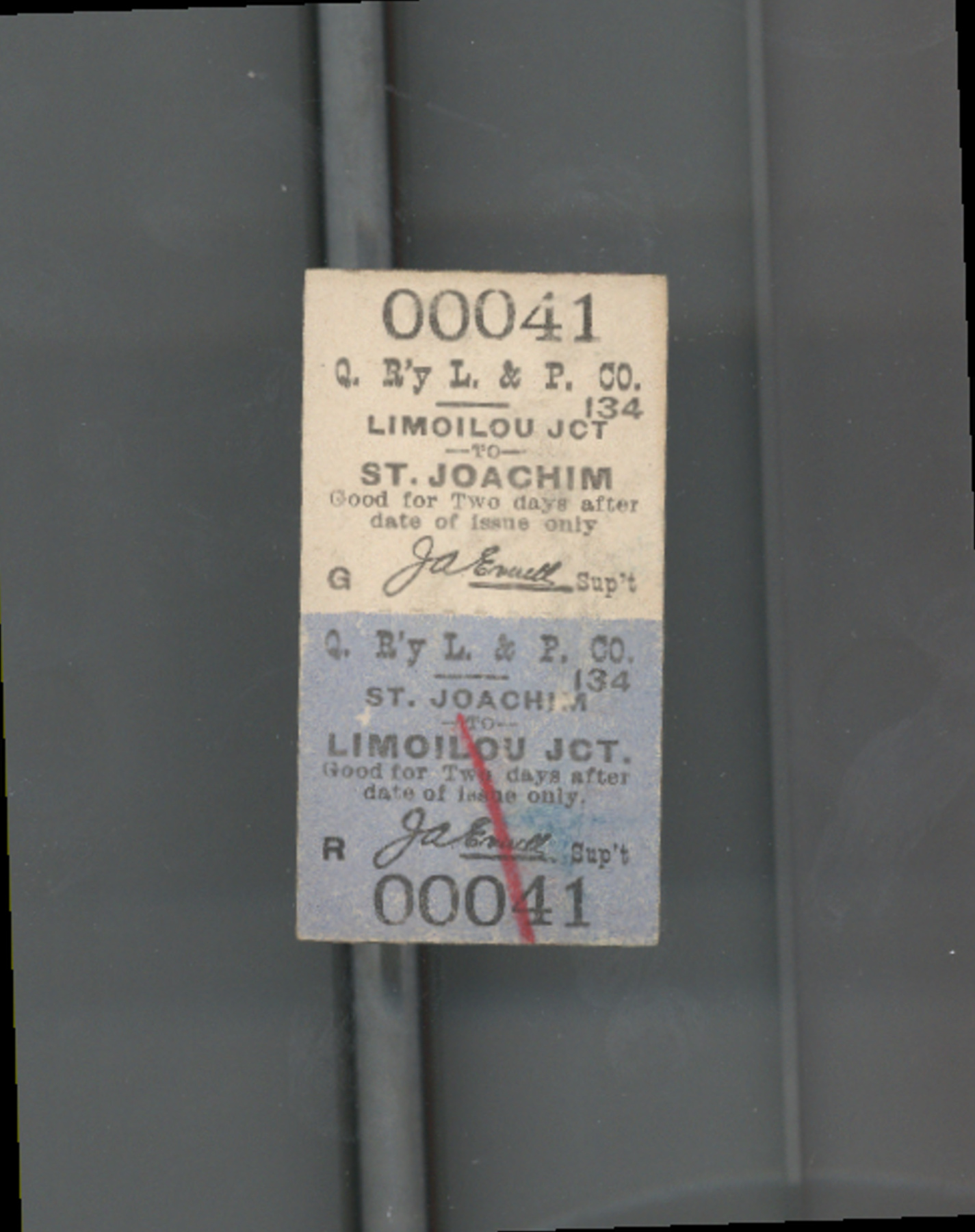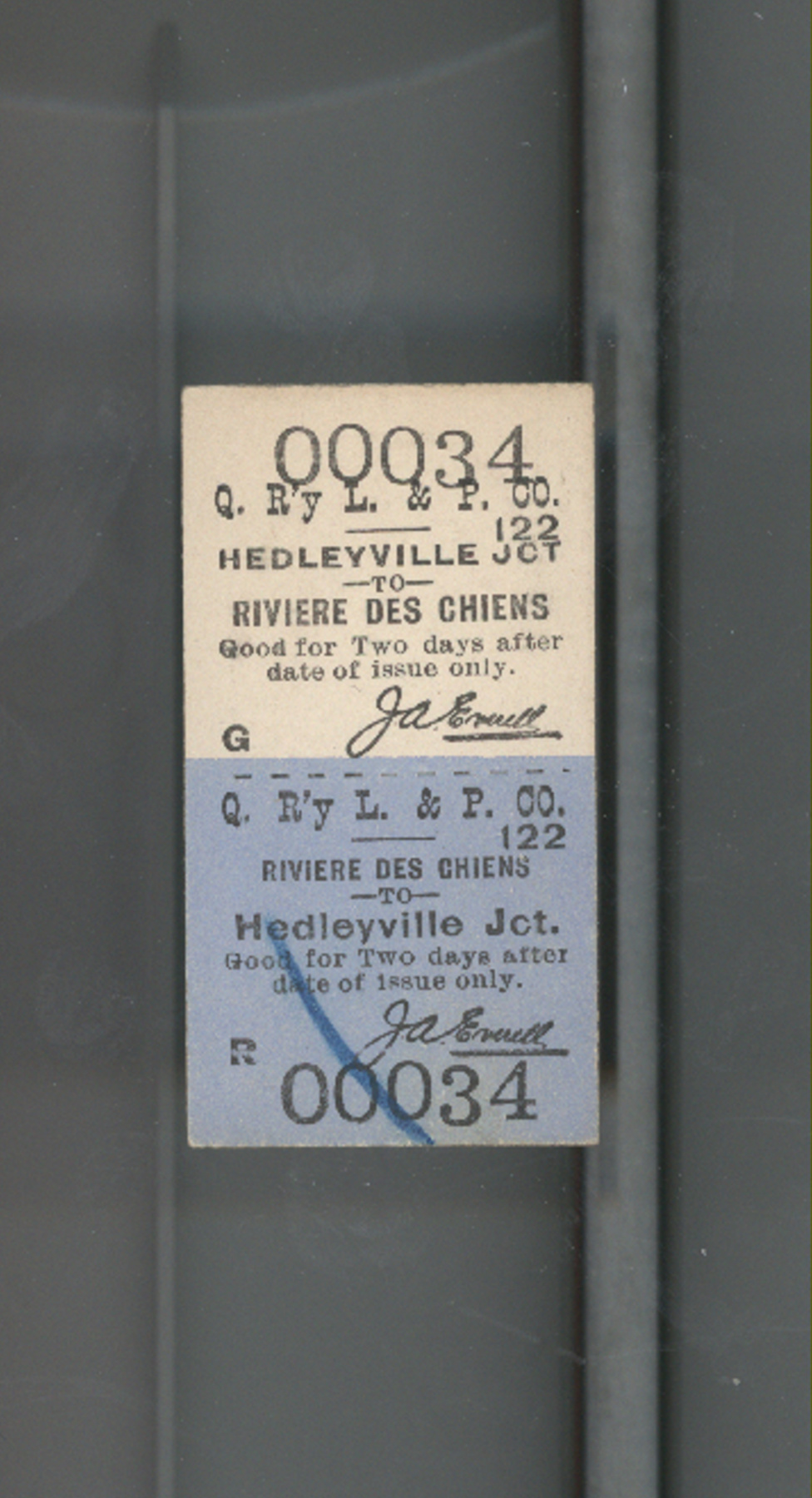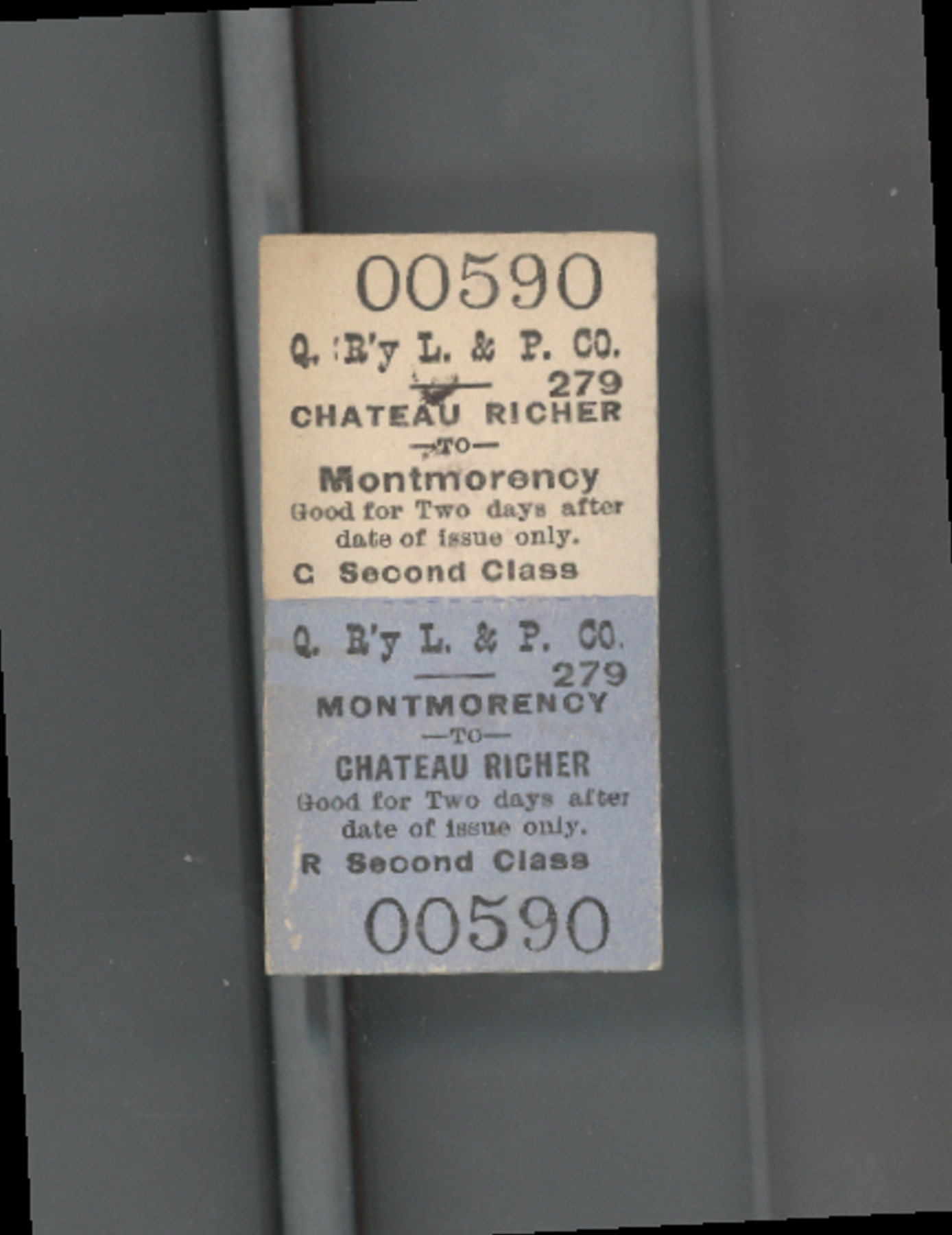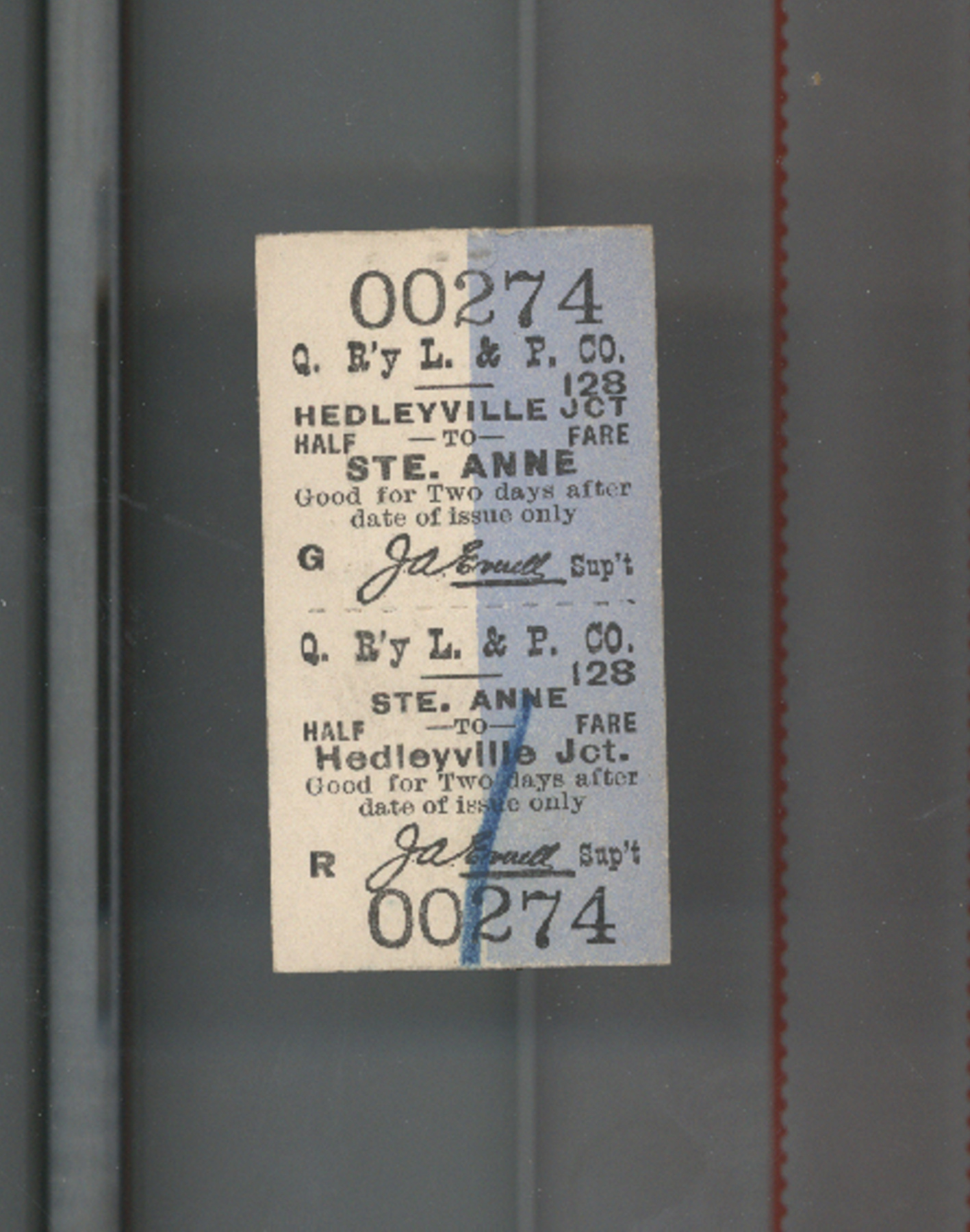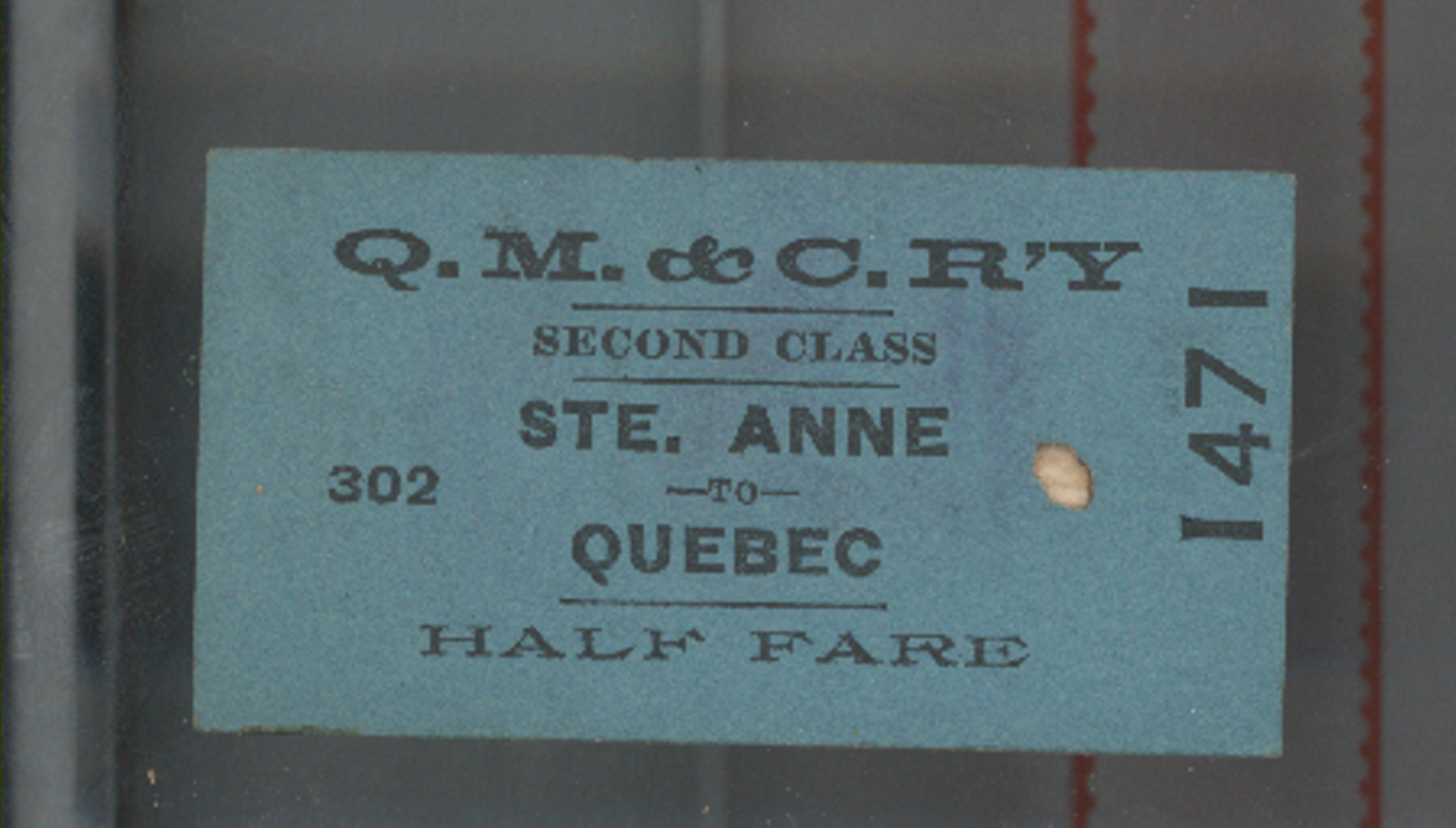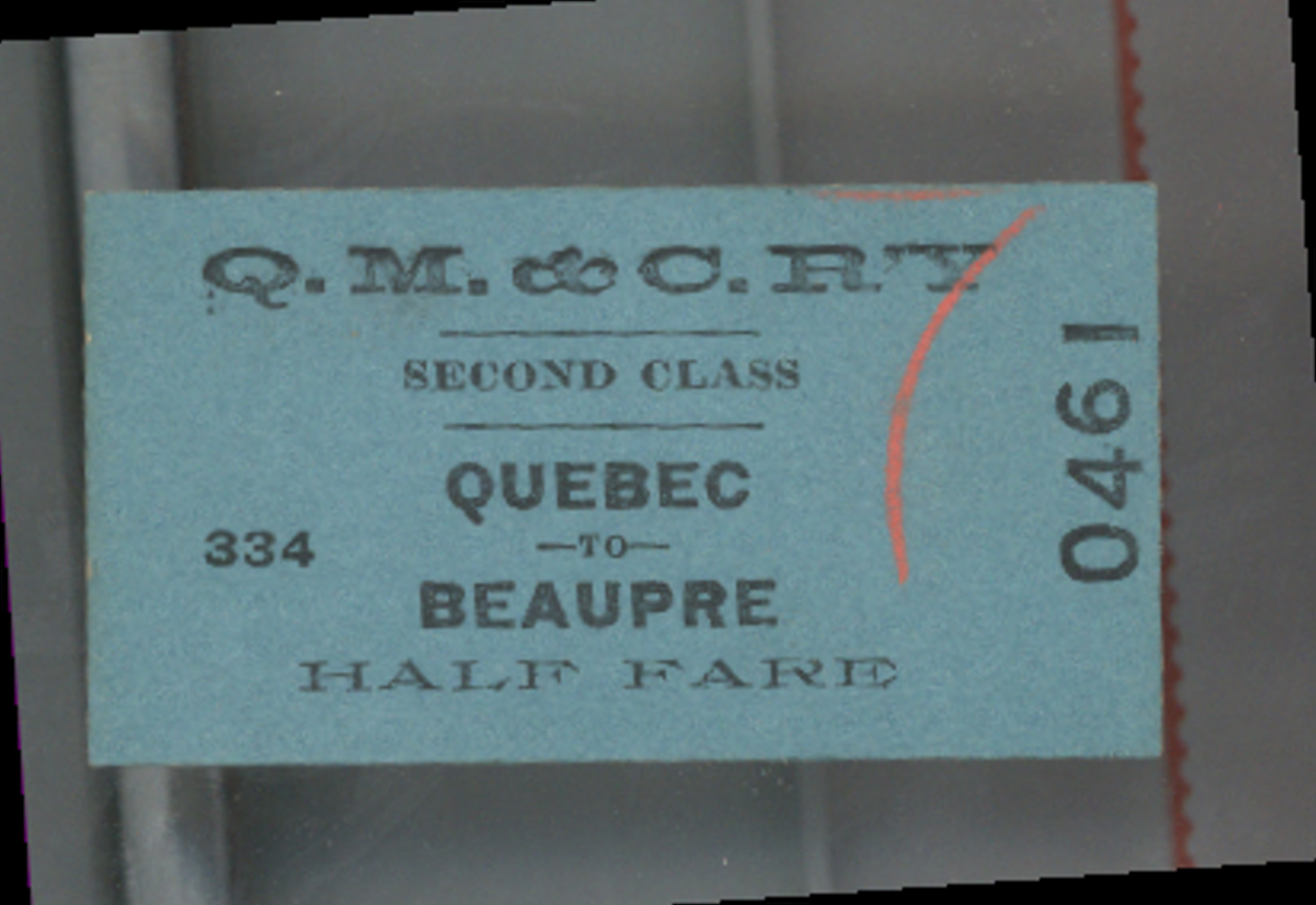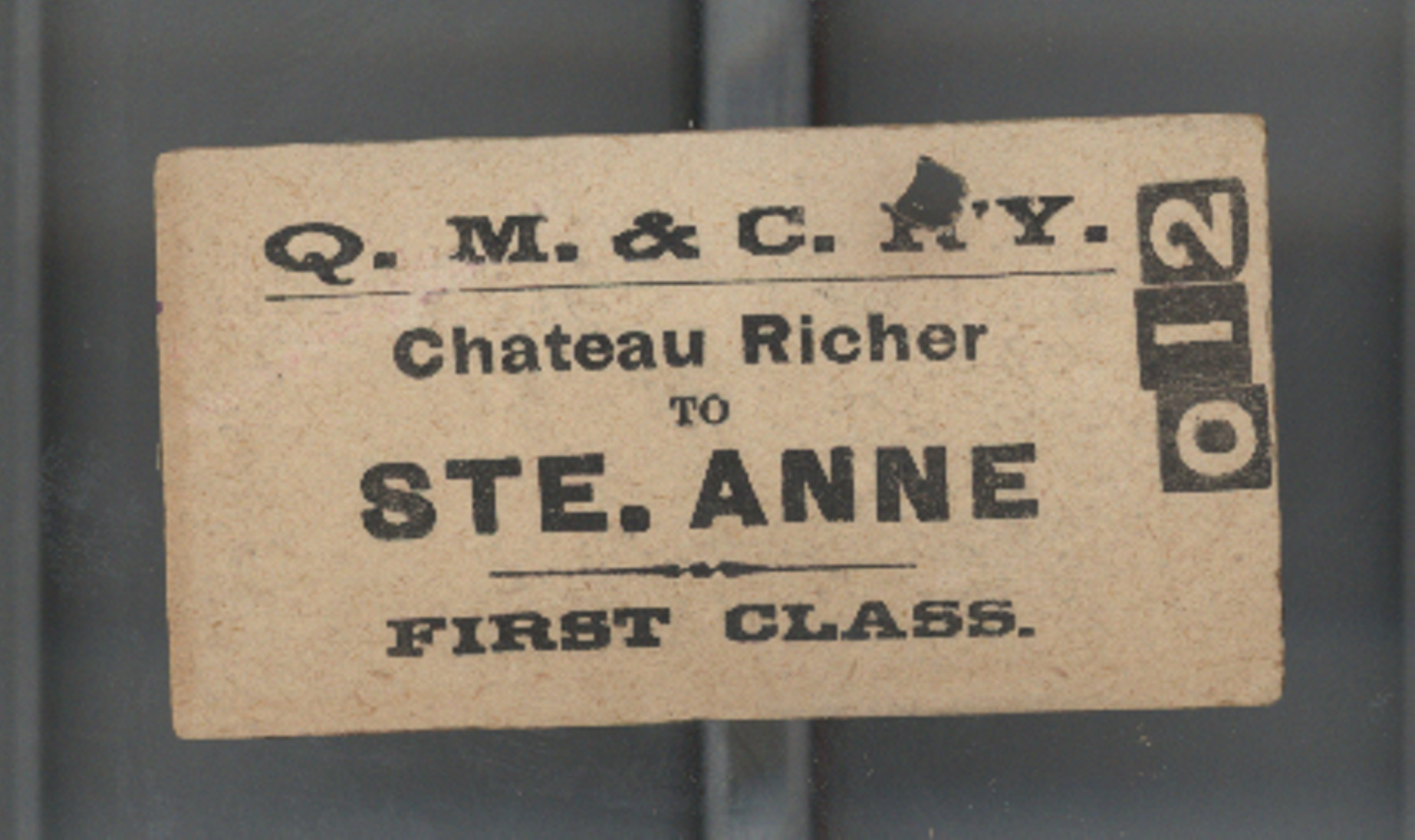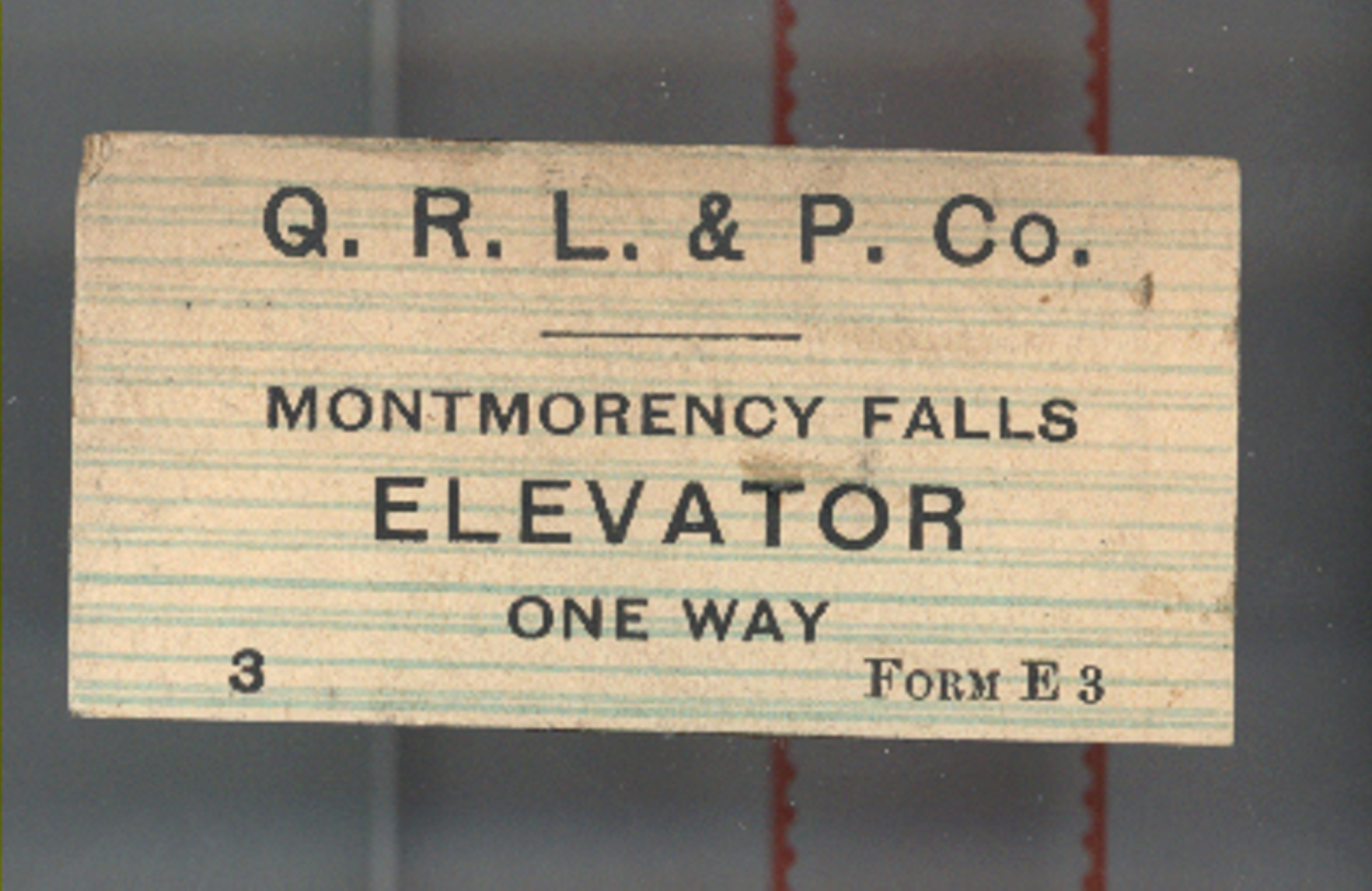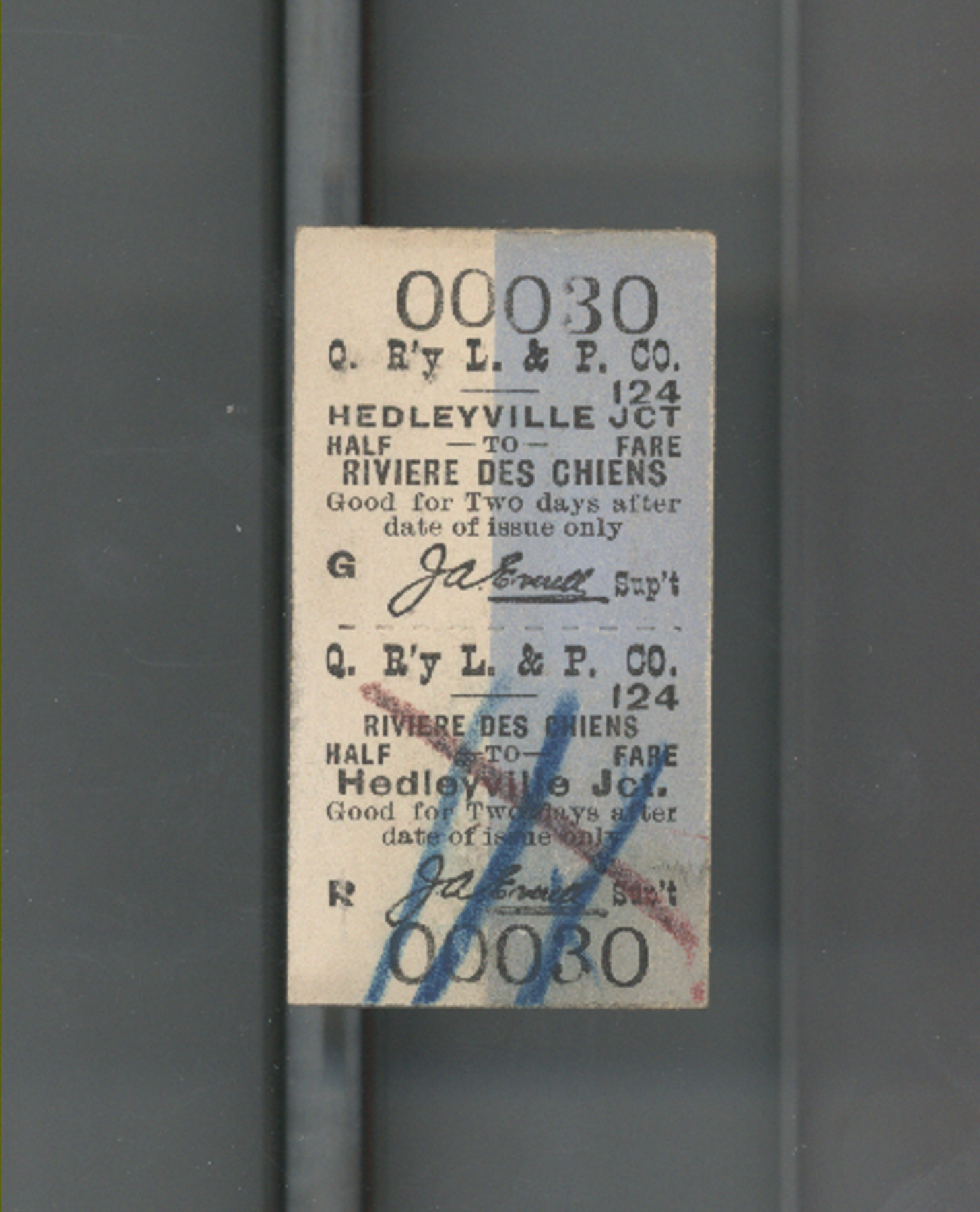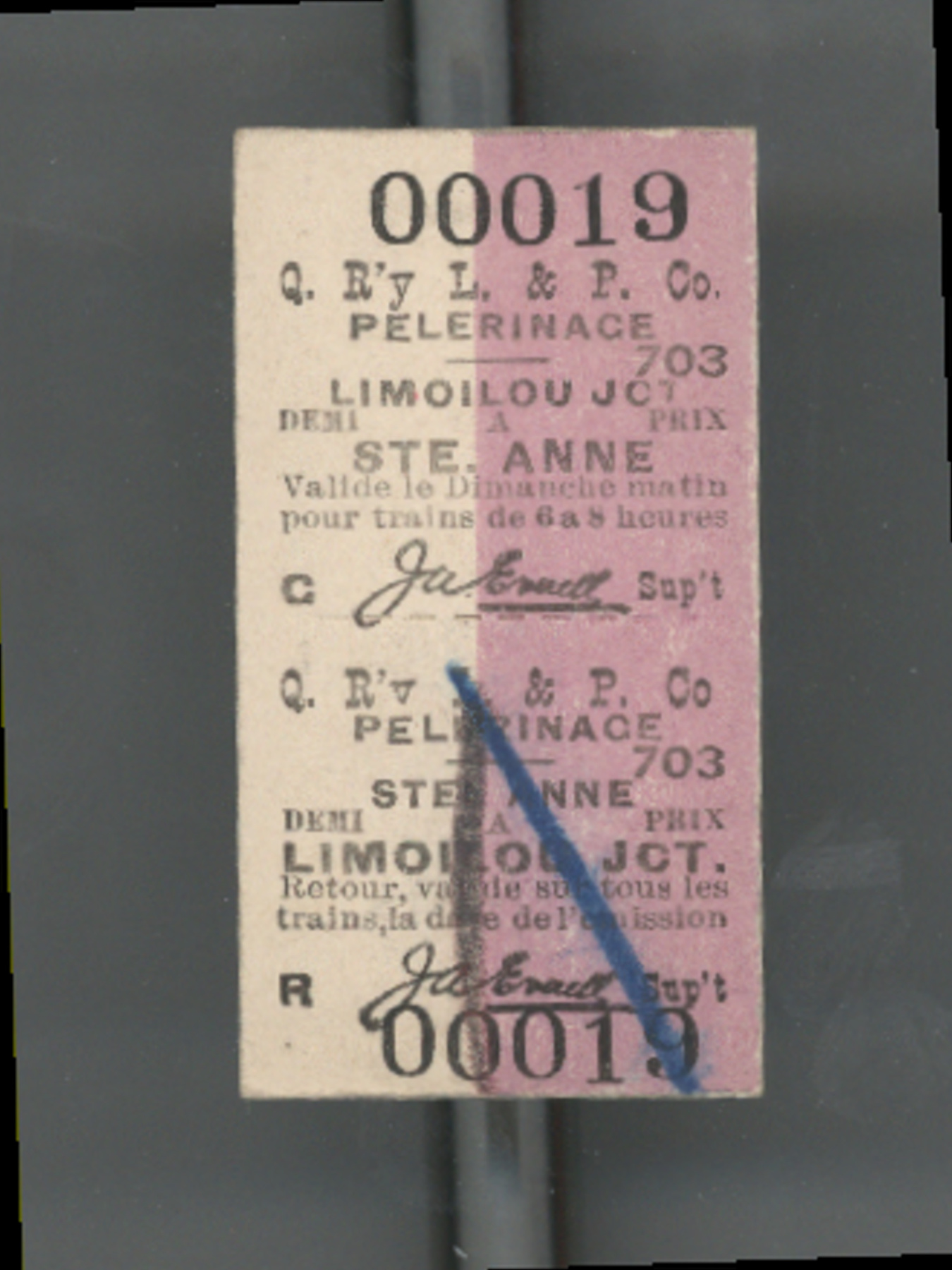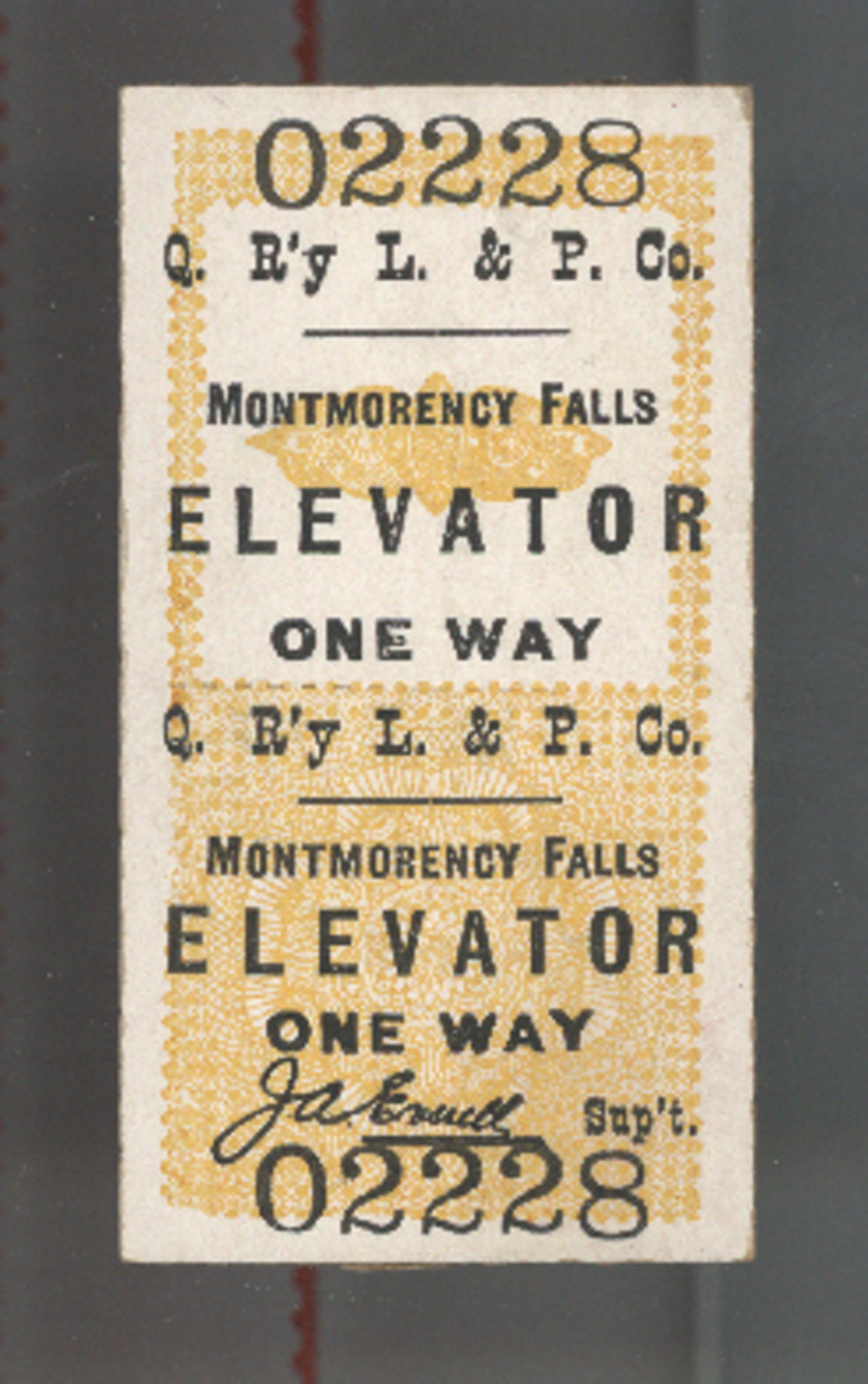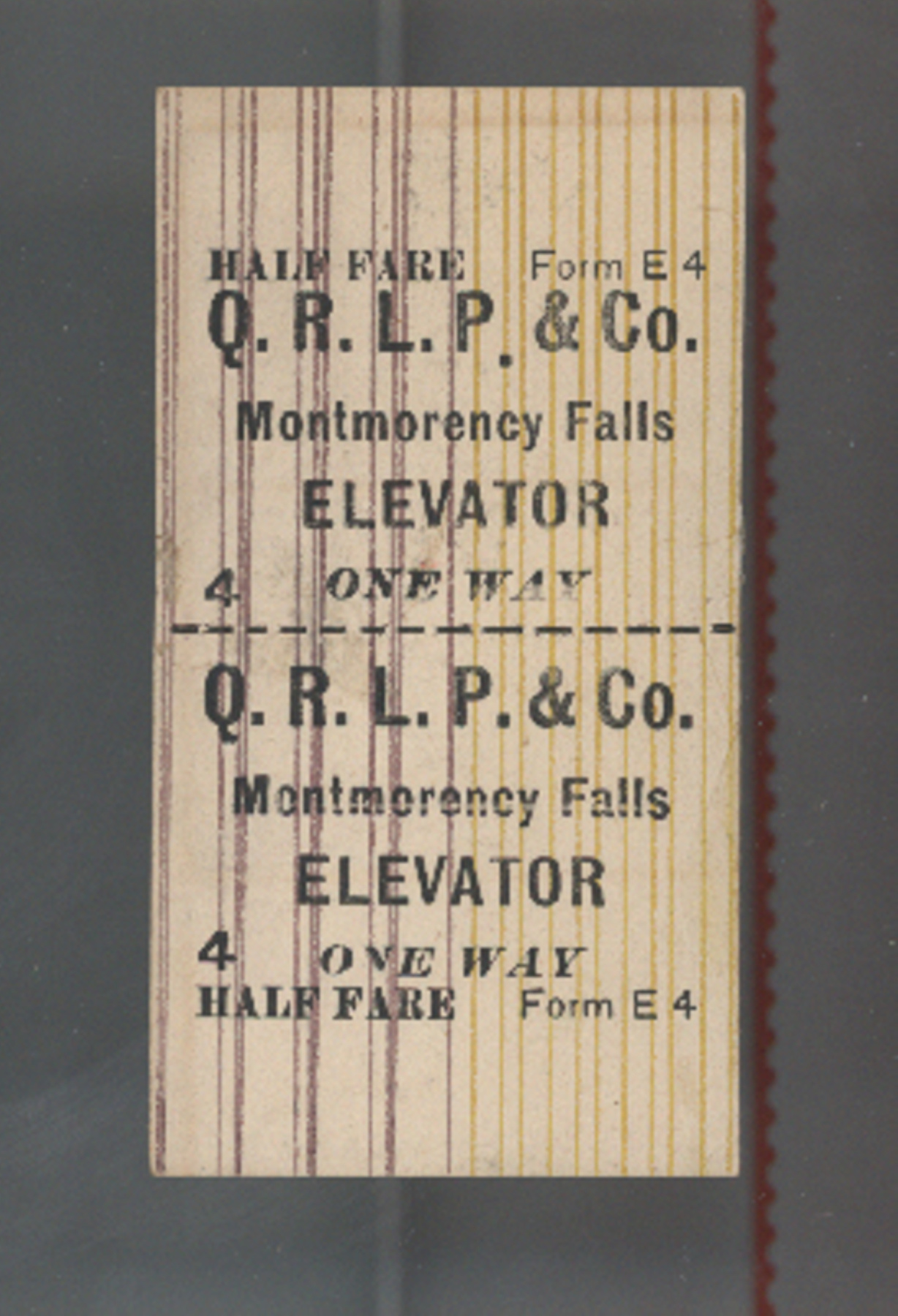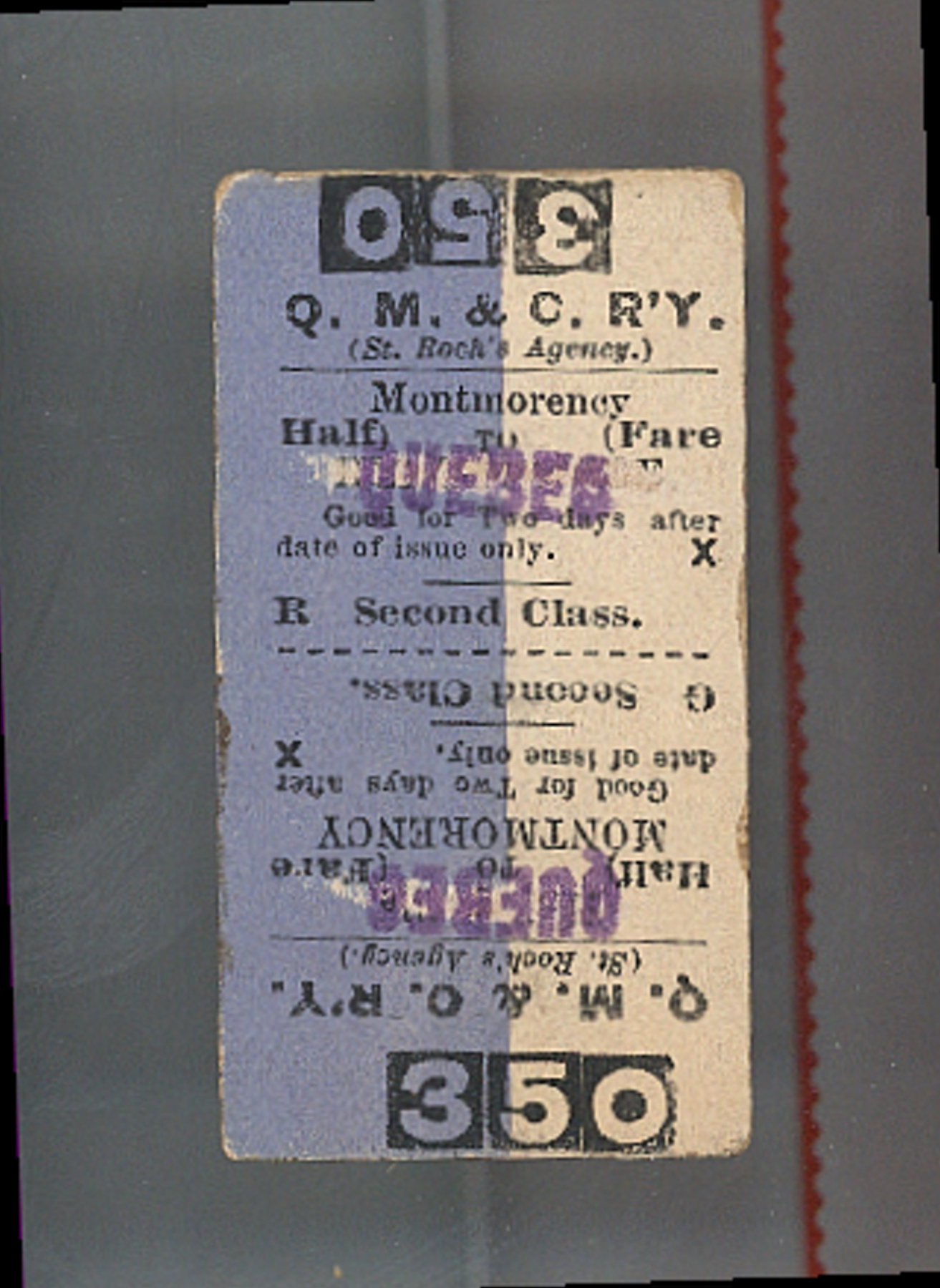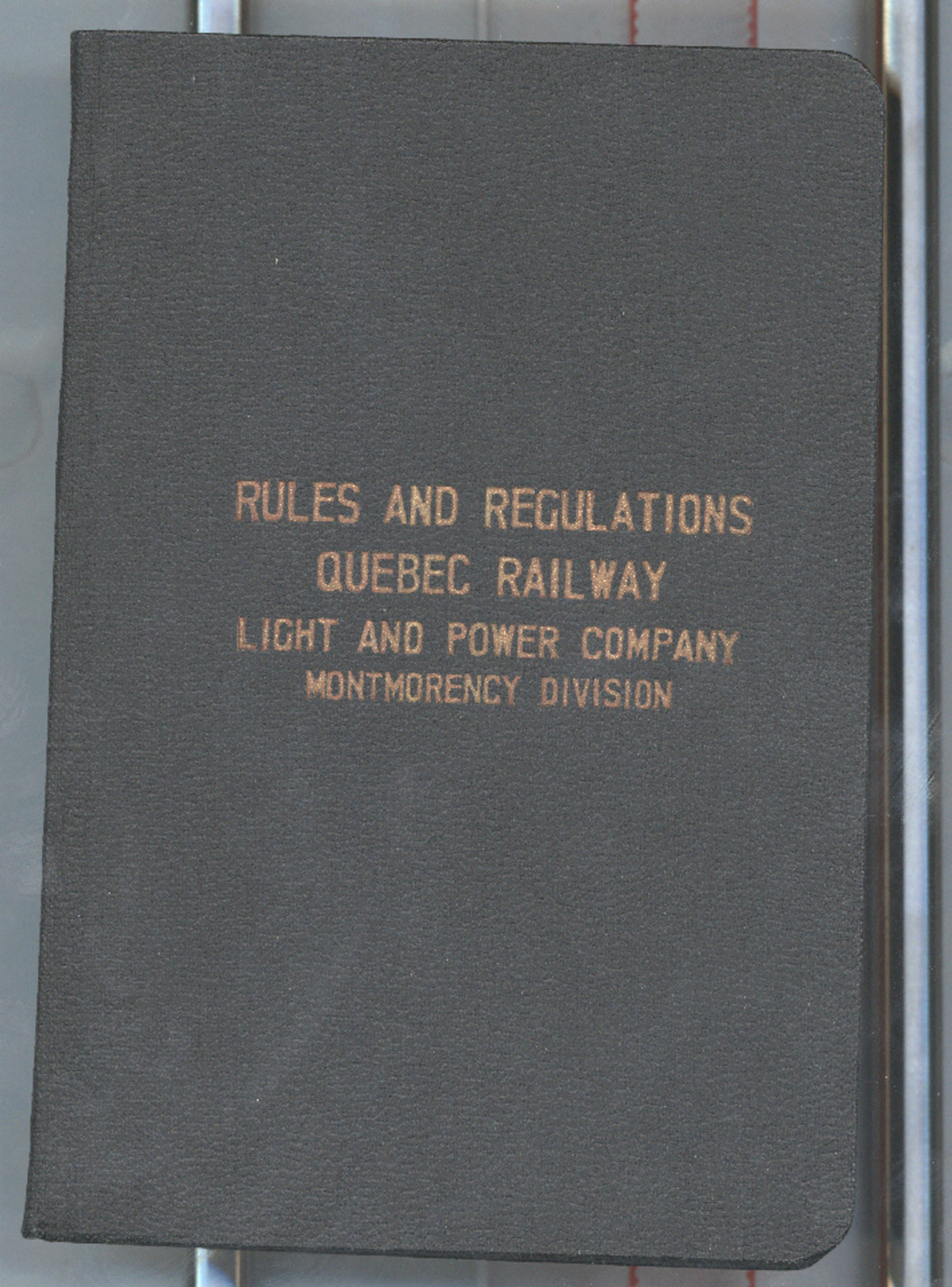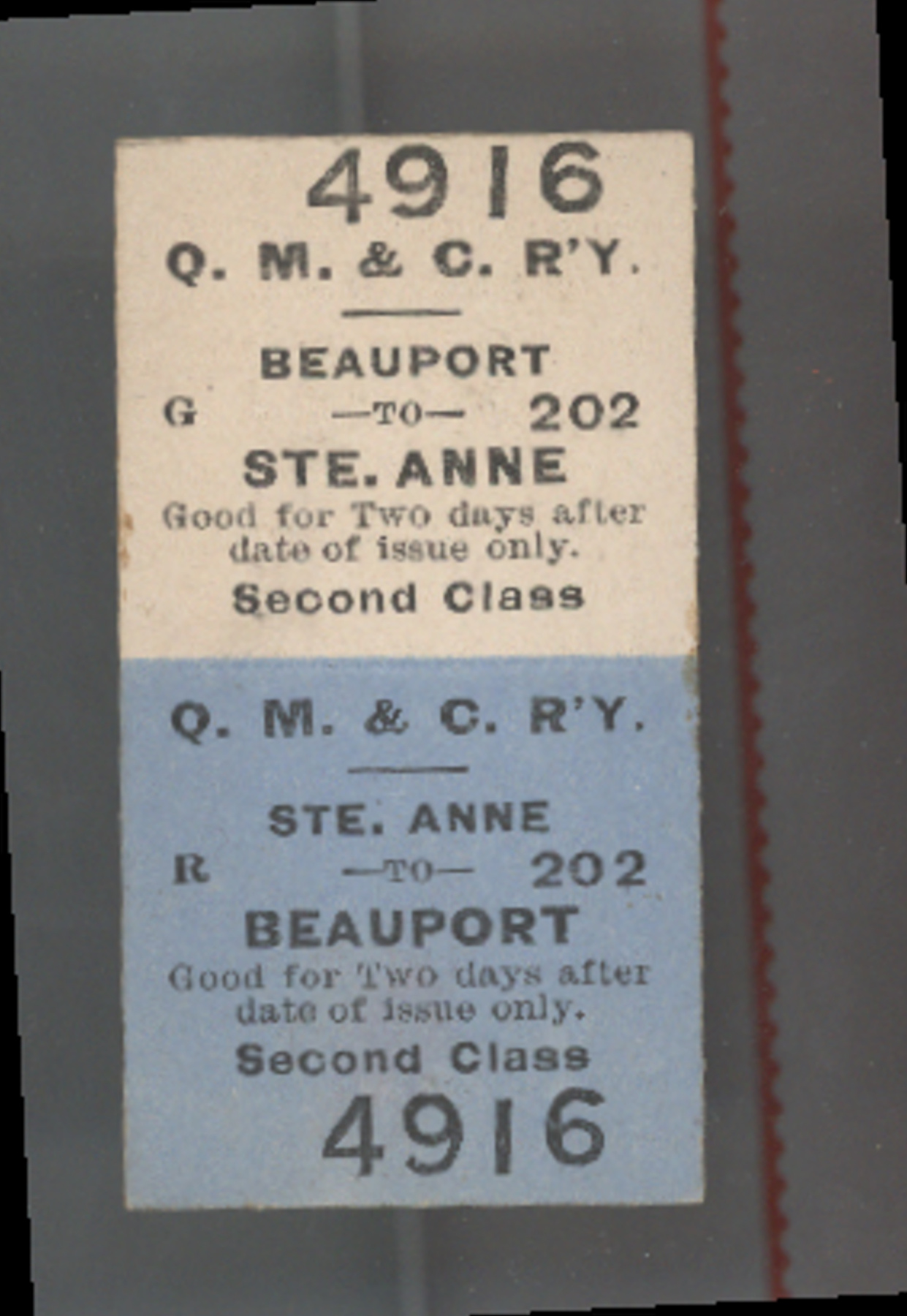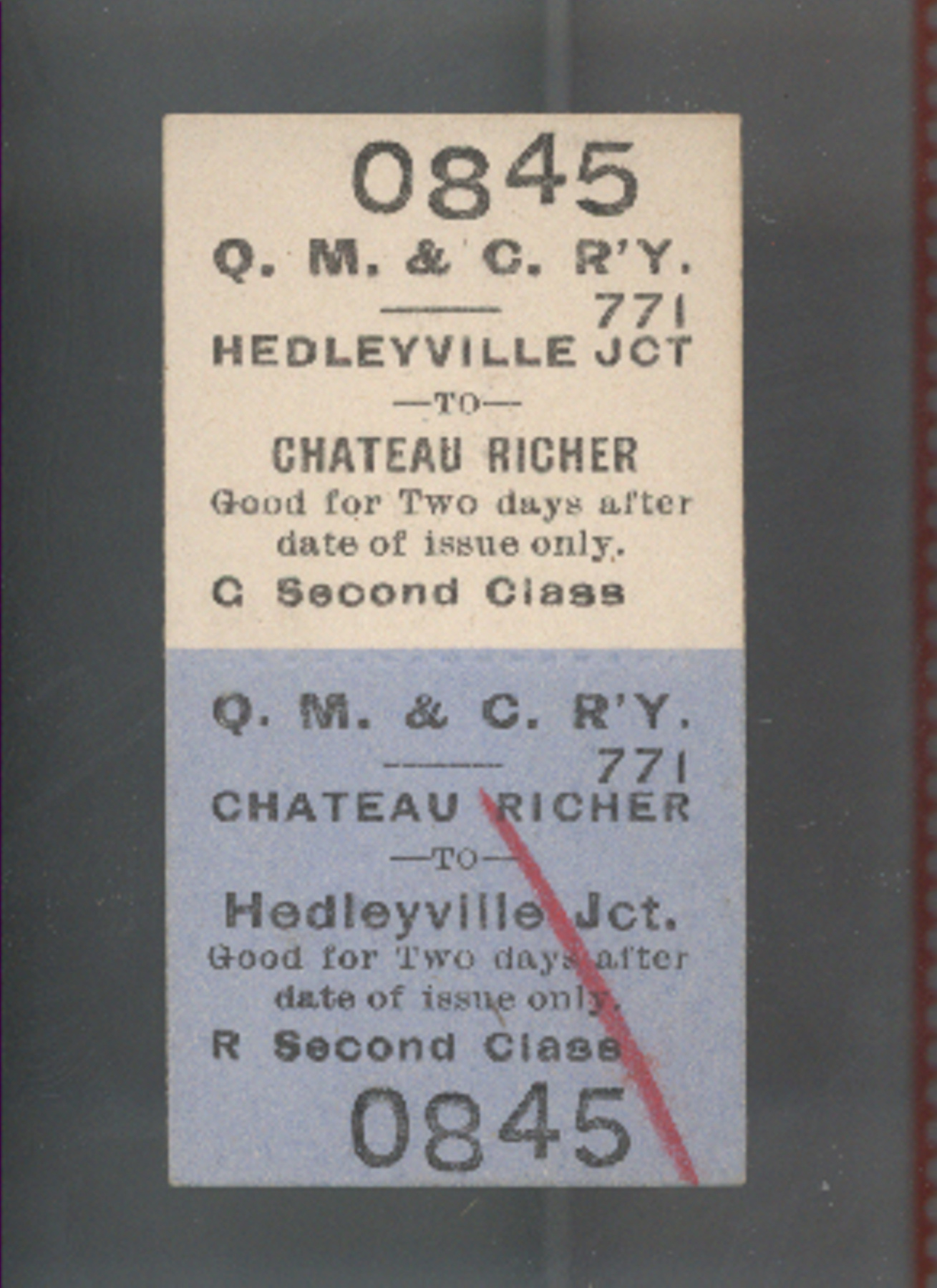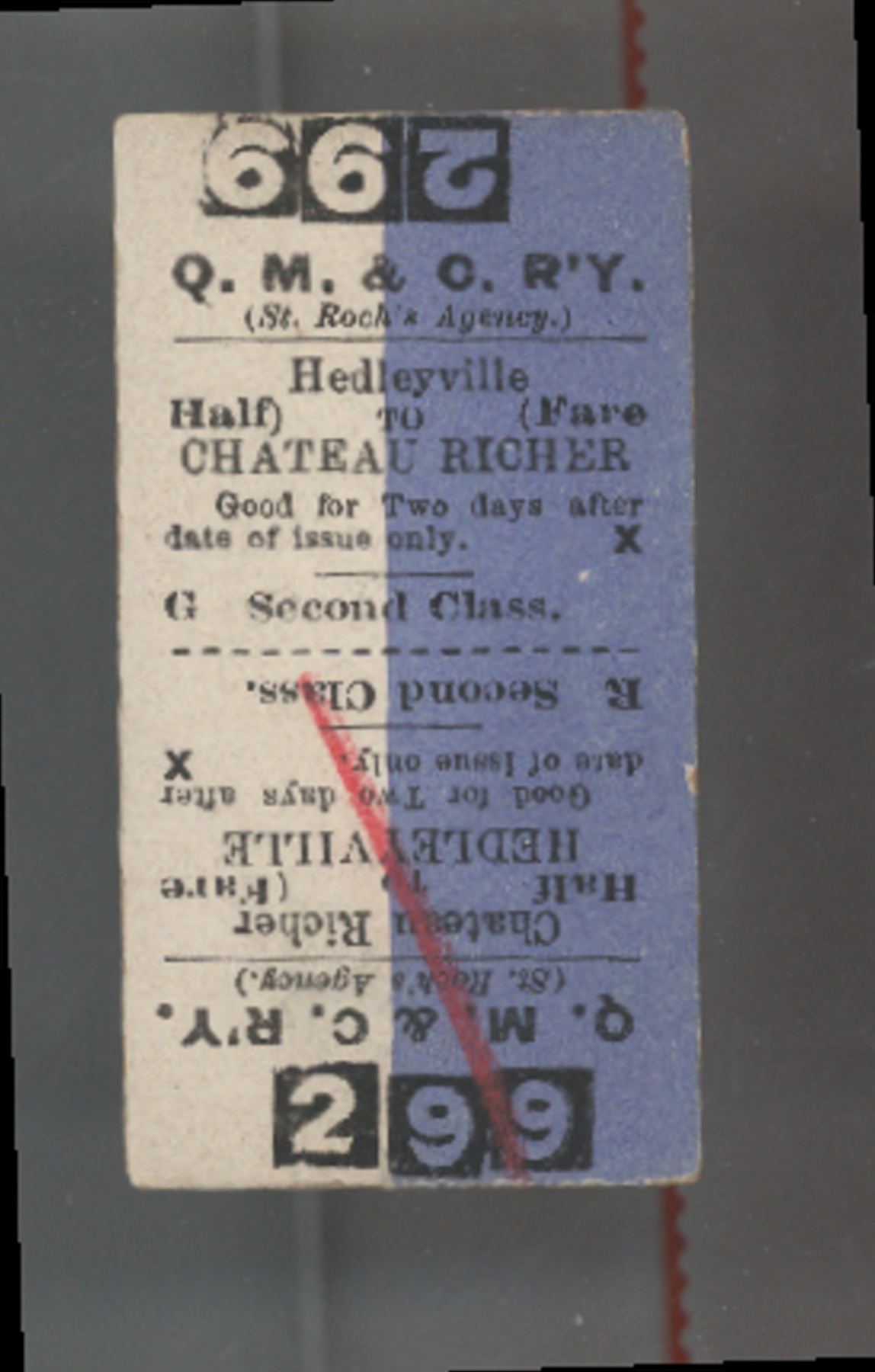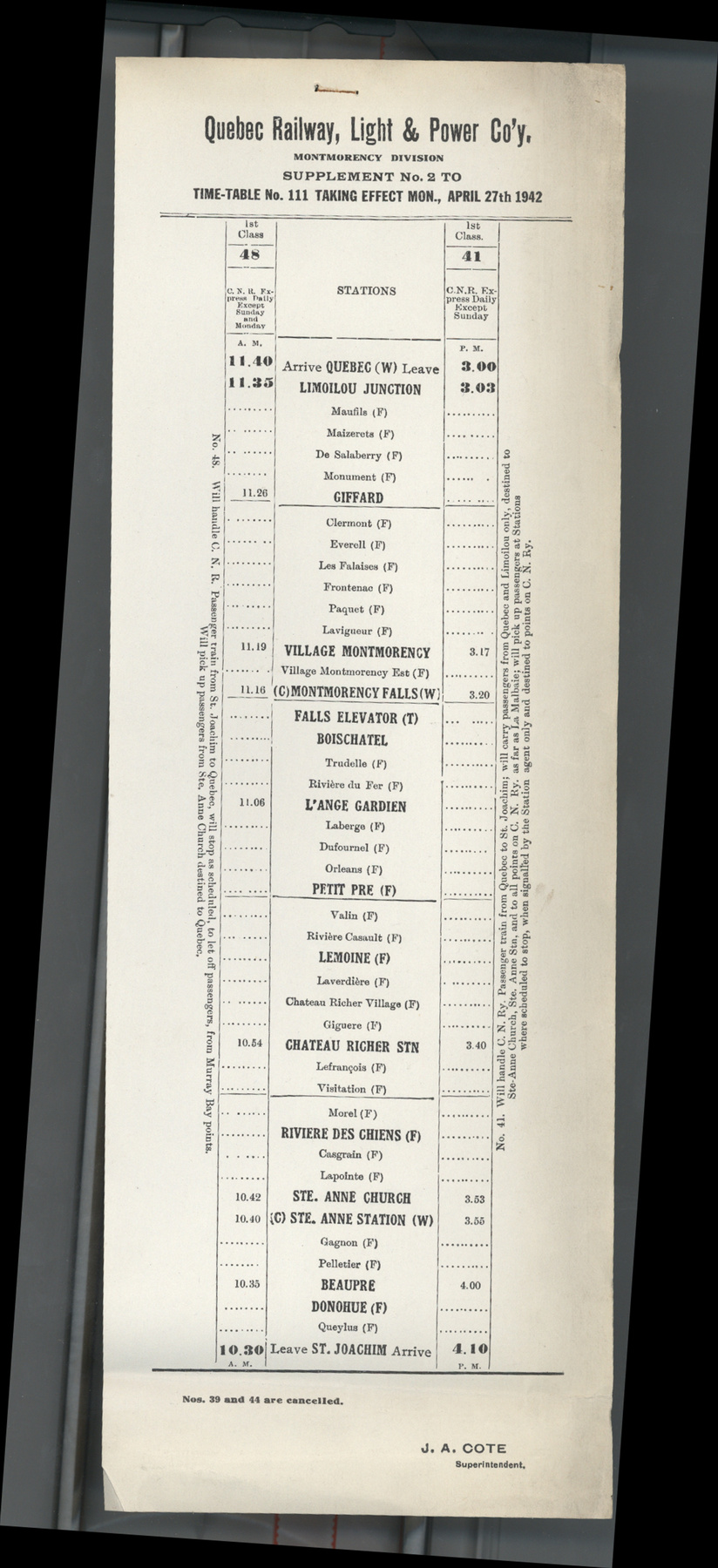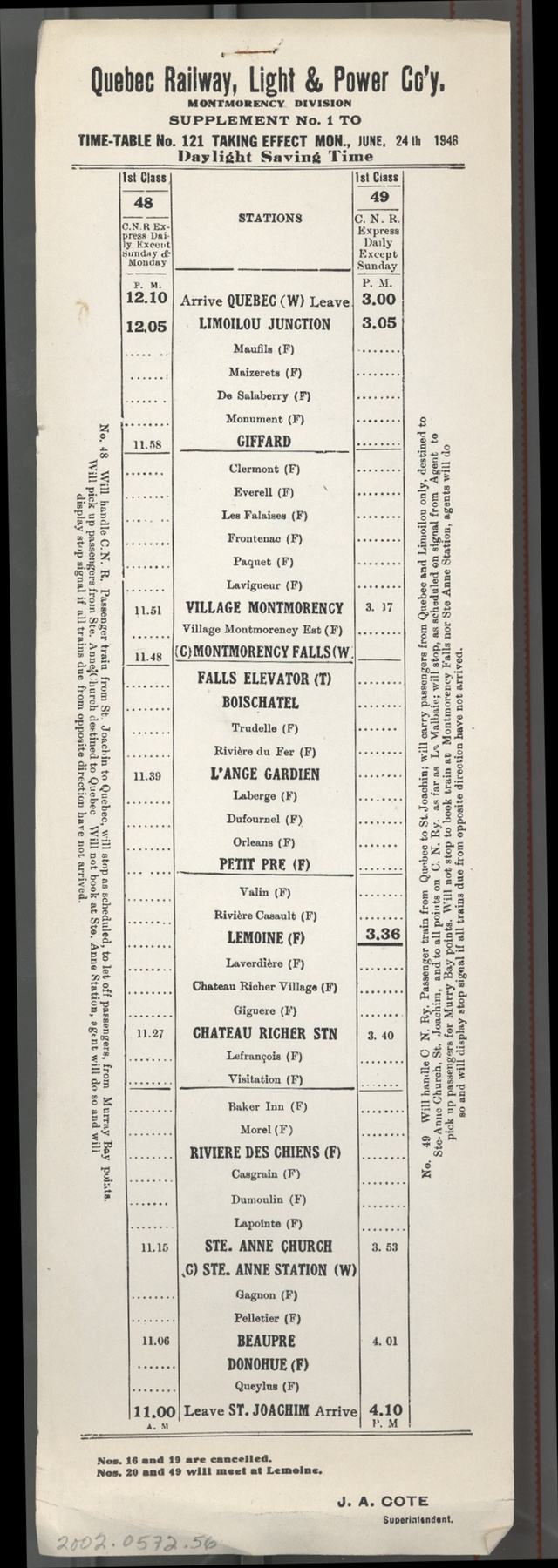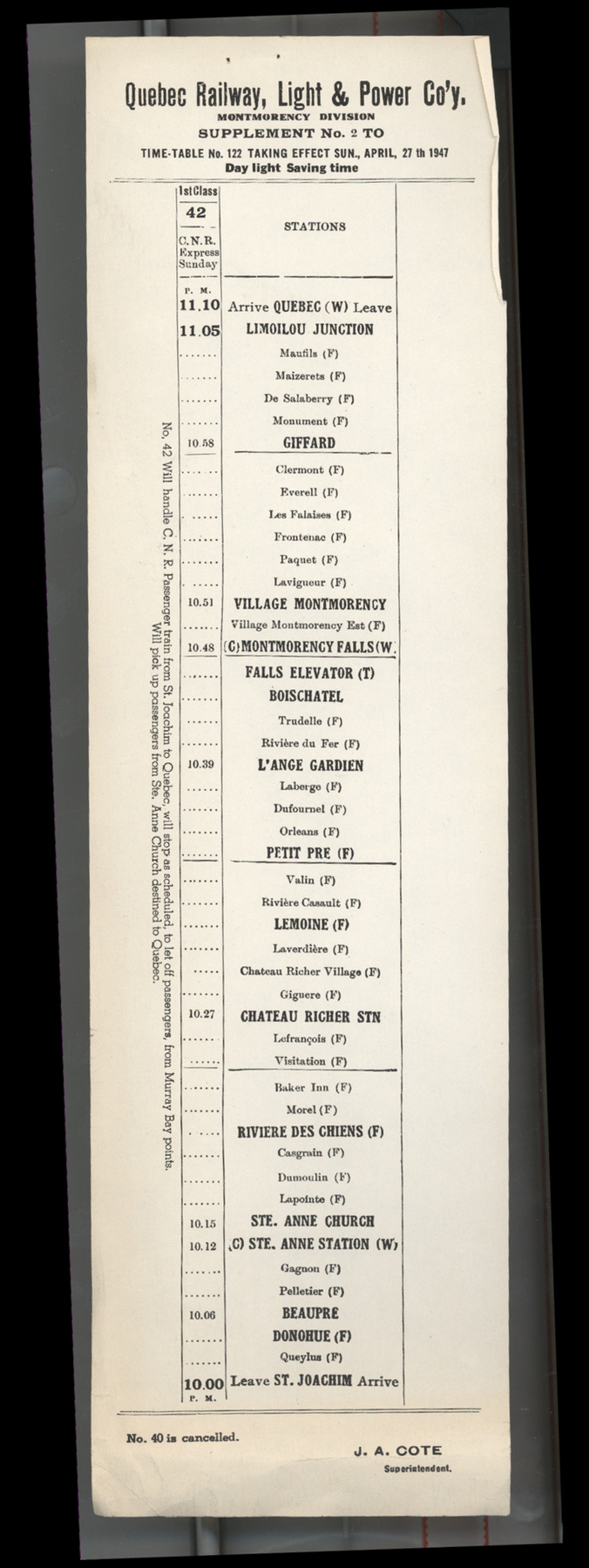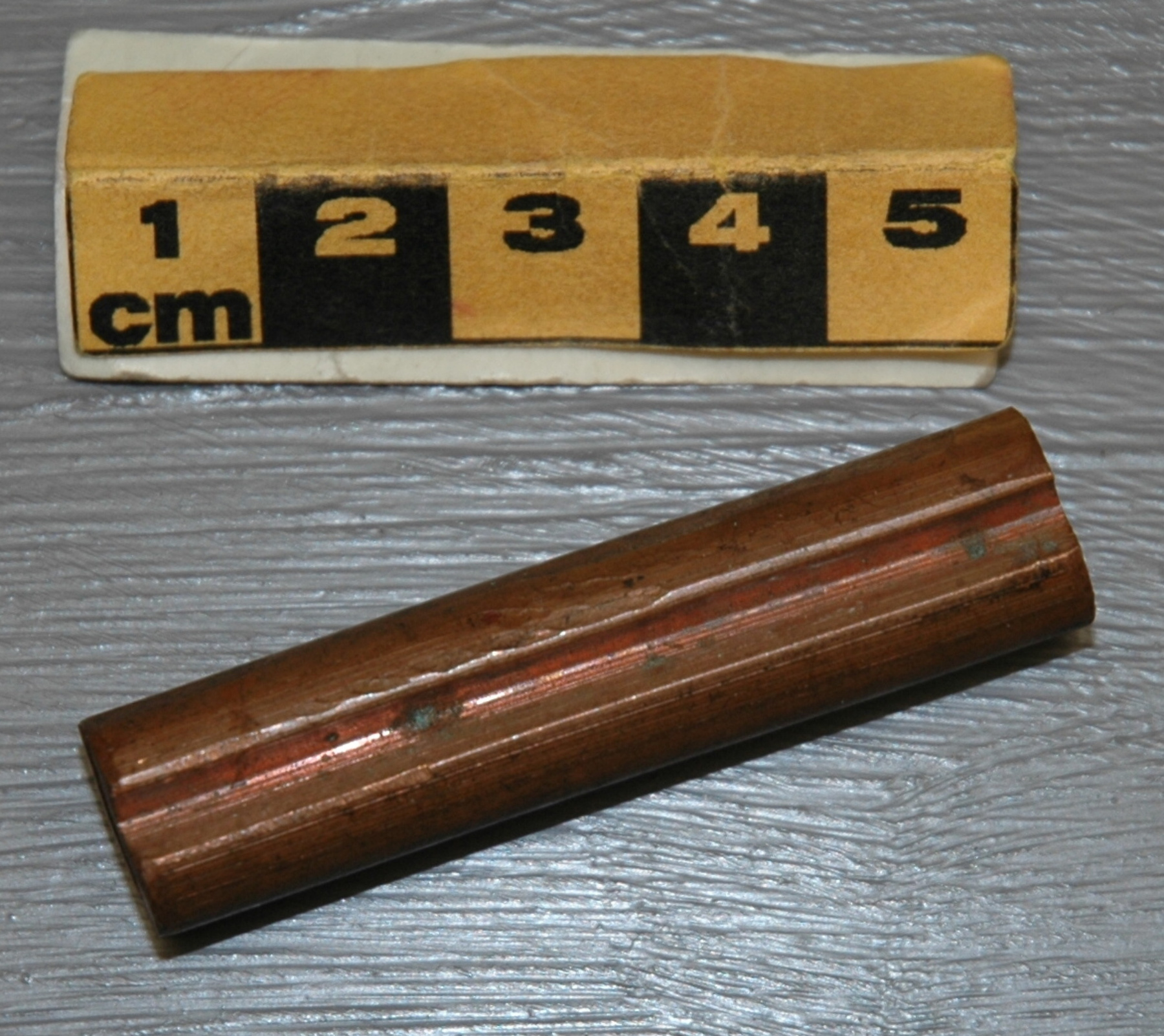Échantillon de fil
Utiliser cette image
Puis-je réutiliser cette image sans autorisation? Oui
Les images sur le portail de la collection d’Ingenium ont la licence Creative Commons suivante :
Copyright Ingenium / CC BY-NC-ND (Attribution-NonCommercial 4.0 International (CC BY-NC 4.0)
ATTRIBUER CETTE IMAGE
Ingenium,
2002.0568.001
Permalien:
Ingenium diffuse cette image sous le cadre de licence Creative Commons et encourage son téléchargement et sa réutilisation à des fins non commerciales. Veuillez mentionner Ingenium et citer le numéro de l’artefact.
TÉLÉCHARGER L’IMAGEACHETER CETTE IMAGE
Cette image peut être utilisée gratuitement pour des fins non commerciales.
Pour un usage commercial, veuillez consulter nos frais de reproduction et communiquer avec nous pour acheter l’image.
- TYPE D’OBJET
- electric power/train/overhead/contact
- DATE
- Inconnu
- NUMÉRO DE L’ARTEFACT
- 2002.0568.001
- FABRICANT
- Inconnu
- MODÈLE
- Inconnu
- EMPLACEMENT
- Inconnu
Plus d’information
Renseignements généraux
- Nº de série
- S/O
- Nº de partie
- 1
- Nombre total de parties
- 2
- Ou
- trolley wire
- Brevets
- S/O
- Description générale
- copper [or copper-based alloy]
Dimensions
Remarque : Cette information reflète la taille générale pour l’entreposage et ne représente pas nécessairement les véritables dimensions de l’objet.
- Longueur
- 5,1 cm
- Largeur
- S/O
- Hauteur
- S/O
- Épaisseur
- S/O
- Poids
- S/O
- Diamètre
- 1,2 cm
- Volume
- S/O
Lexique
- Groupe
- Transports ferroviaires
- Catégorie
- Activités
- Sous-catégorie
- S/O
Fabricant
- Ou
- Inconnu
- Pays
- Inconnu
- État/province
- Inconnu
- Ville
- Inconnu
Contexte
- Pays
- Canada
- État/province
- Québec
- Période
- Possibly between 1881- late 1950s.
- Canada
-
Quebec Railway Light & Power Railway (QRL&P) was a small interurban railway line incorporated in 1881. Between late 1890s- late 1950s, the QRL&P was one of the longer interurban lines in the country. A railway line ran from rue St-Paul in Quebec City to Cap Tourmente, via Ste-Anne de Beaupre. (Ref. 1) - Fonction
-
To deliver electric power to the pantograph of electric train cars. - Technique
-
Sample of typical trolley wire in the form it has been used for over a century. The rail vehicle (streetcar, locomotive, interurban, whatever) has a trolley pole with a roller on the end, or a pantograph framework with a sliding contact block, which continuously contact the bottom of the trolley wire to feed electric current to the vehicle. Each mounting clip has two halves which reach into the grooves on the sides of the trolley wire; the two halves are bolted or riveted together (also around a hanger wire loop from above) to grip the wire vertically and horizontally but without fouling the bottom half where the trolley pole or pantograph shoe must pass. Trolley wires have been made from pure hard drawn copper; phosphor bronze, silver bearing alloys, and many others. Streetcar voltages have been 600 volts dc since the late 19th century; catenary wire systems are now used to at least 50,000 volts ac and/or dc. But electrical safety dictates lower voltages in urban areas. (Ref. 3) - Notes sur la région
-
Inconnu
Détails
- Marques
- None evident.
- Manque
- None.
- Fini
- Copper [alloy ?]
- Décoration
- S/O
FAIRE RÉFÉRENCE À CET OBJET
Si vous souhaitez publier de l’information sur cet objet de collection, veuillez indiquer ce qui suit :
Fabricant inconnu, Échantillon de fil, Date inconnue, Numéro de l'artefact 2002.0568, Ingenium - Musées des sciences et de l'innovation du Canada, http://collections.ingeniumcanada.org/fr/id/2002.0568.001/
RÉTROACTION
Envoyer une question ou un commentaire sur cet artefact.
Plus comme ceci
